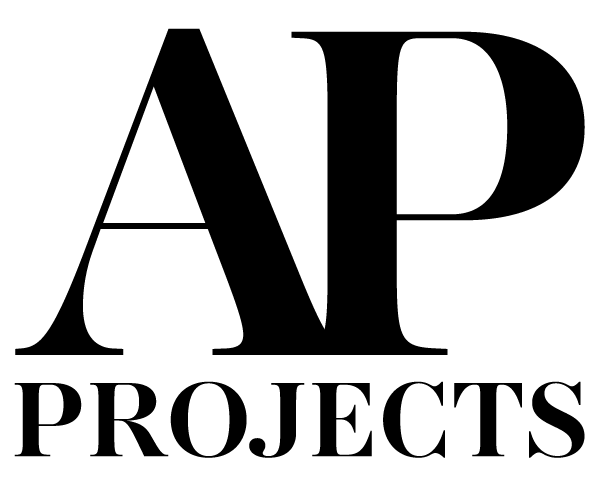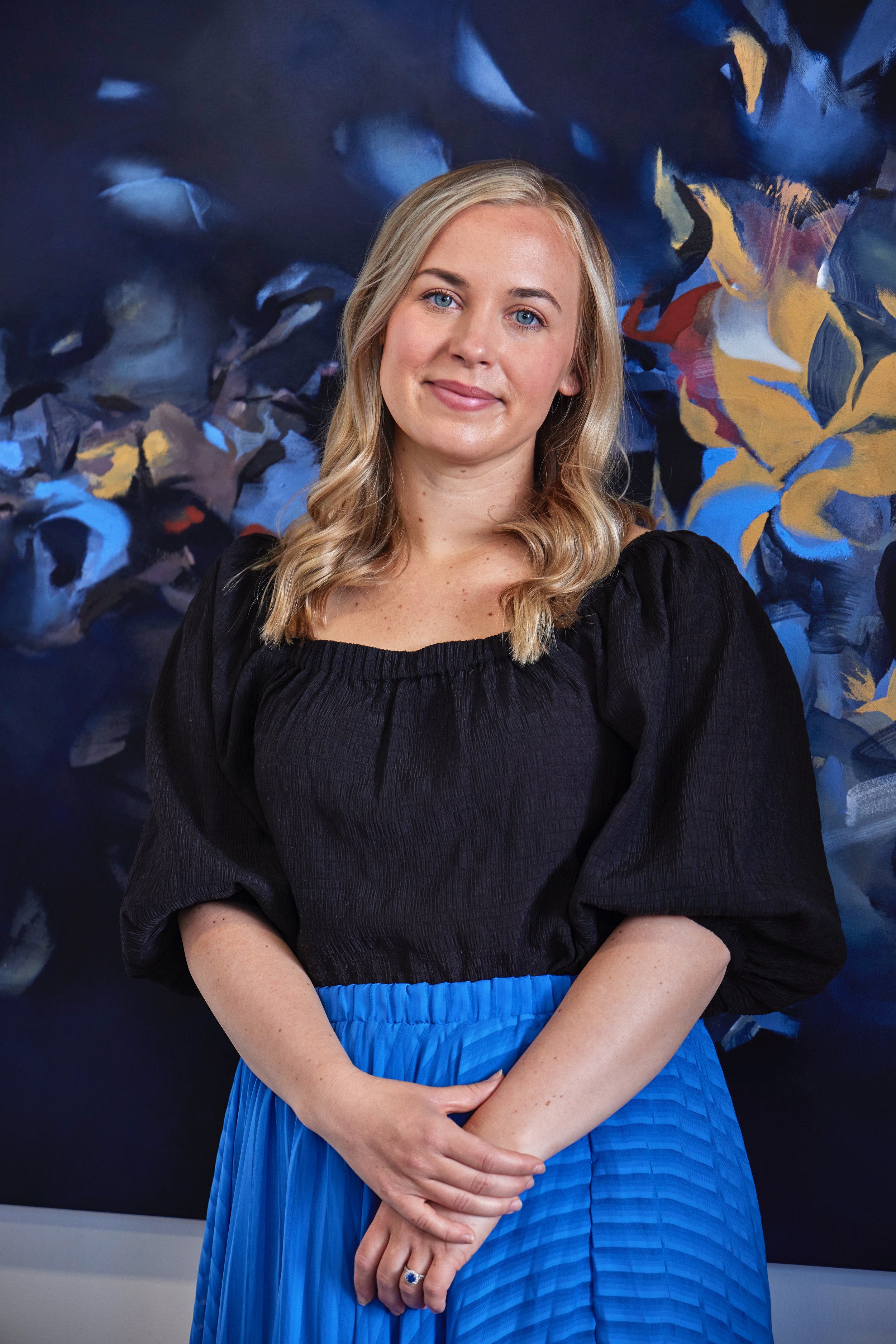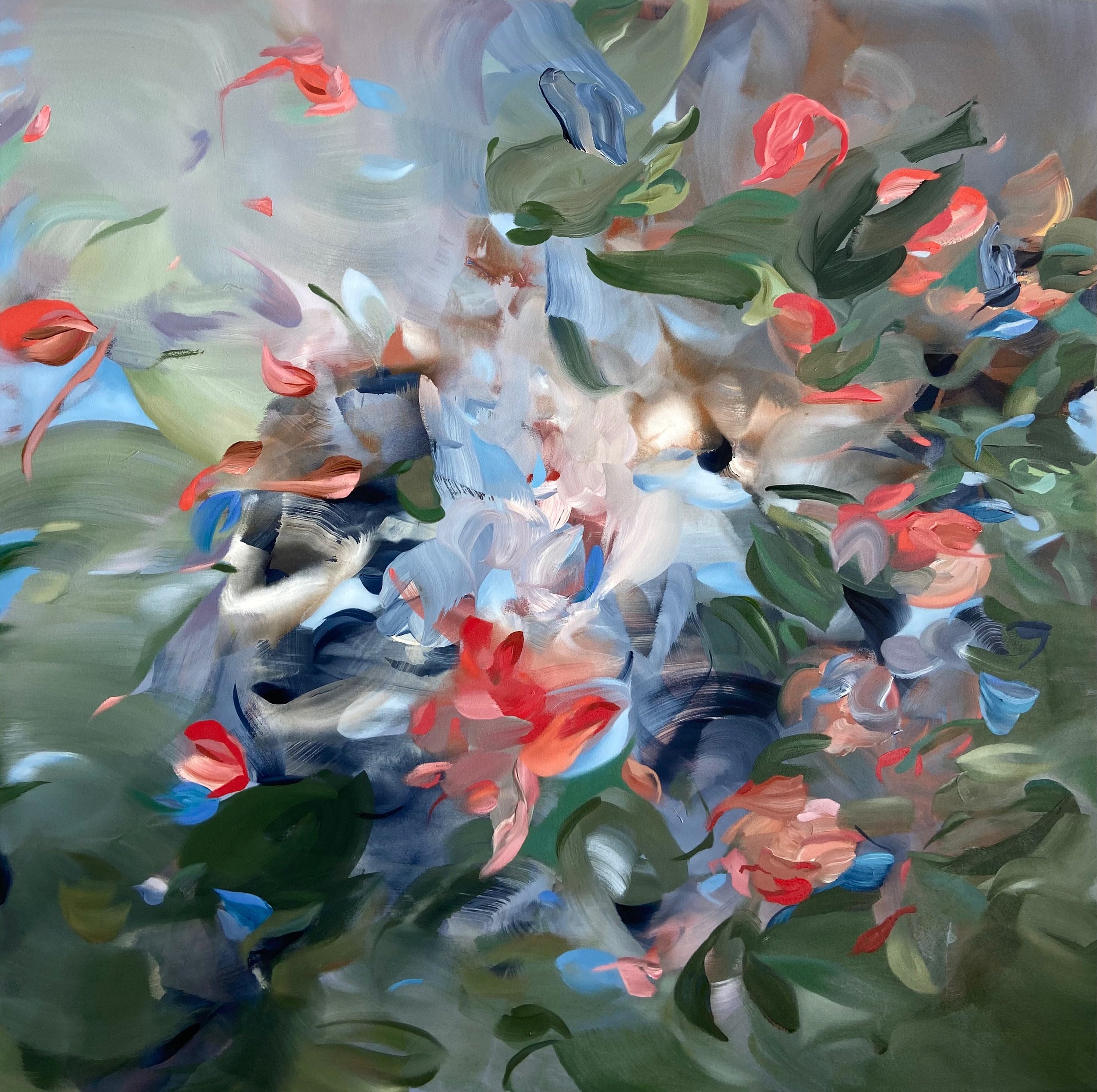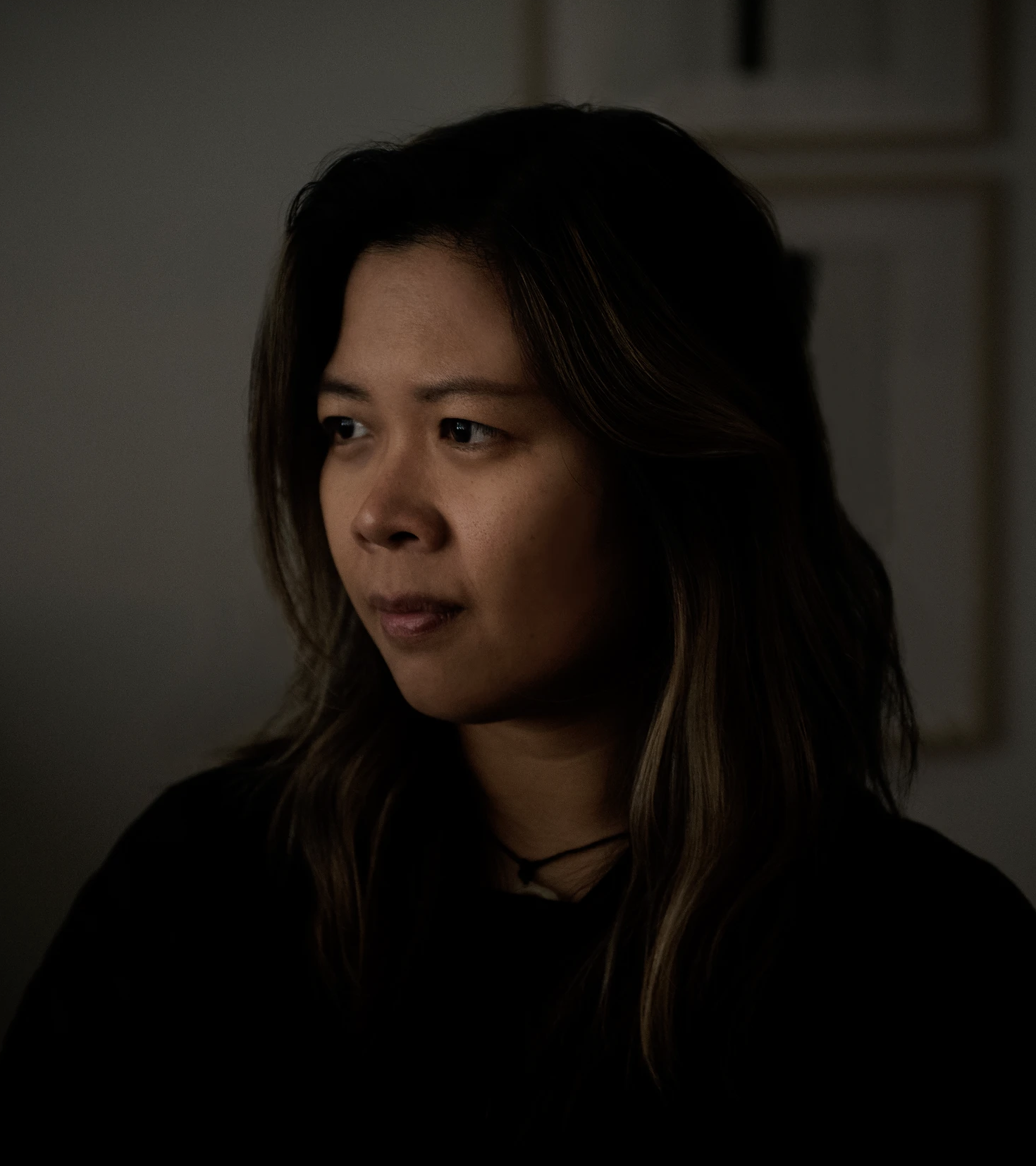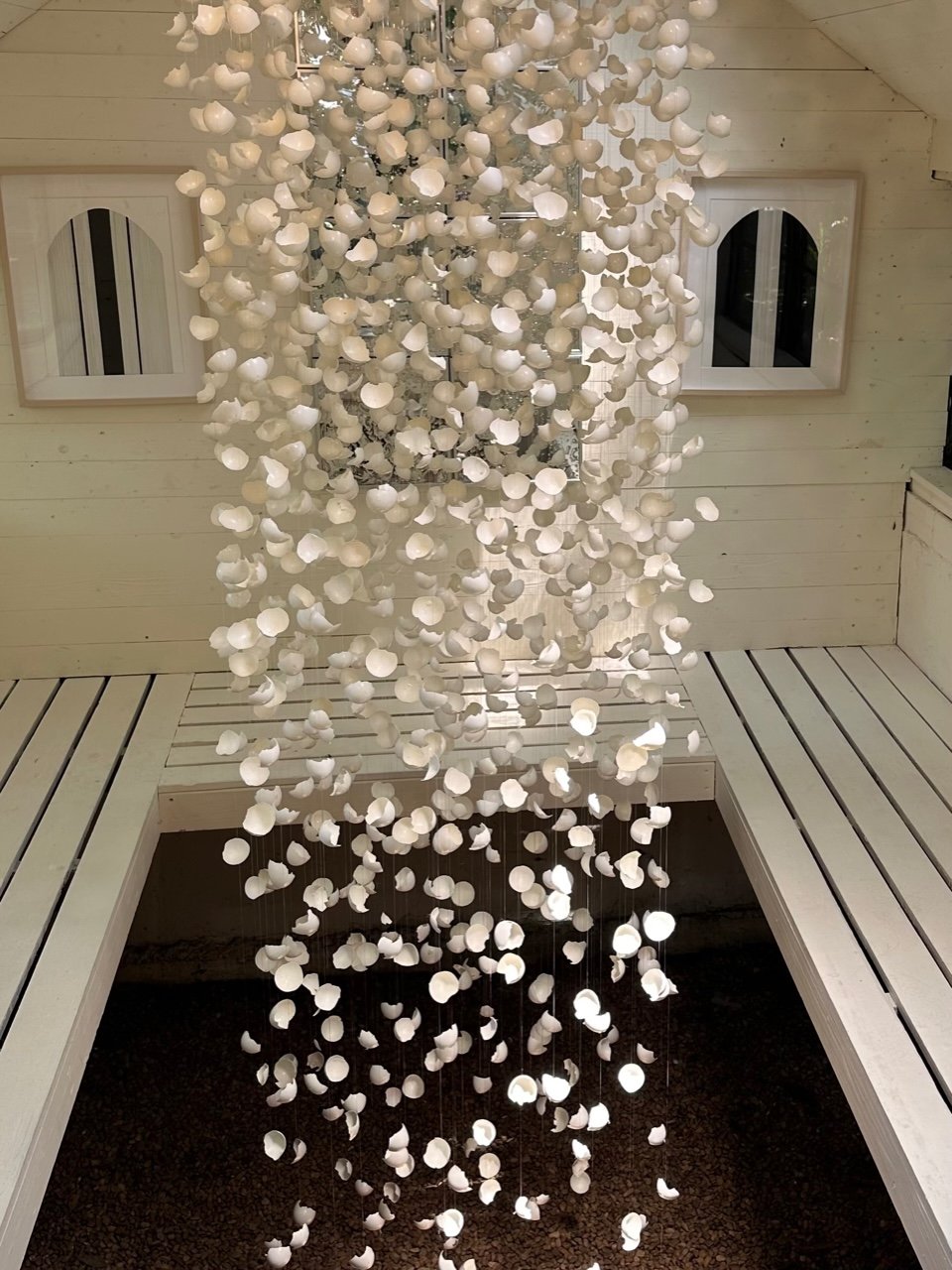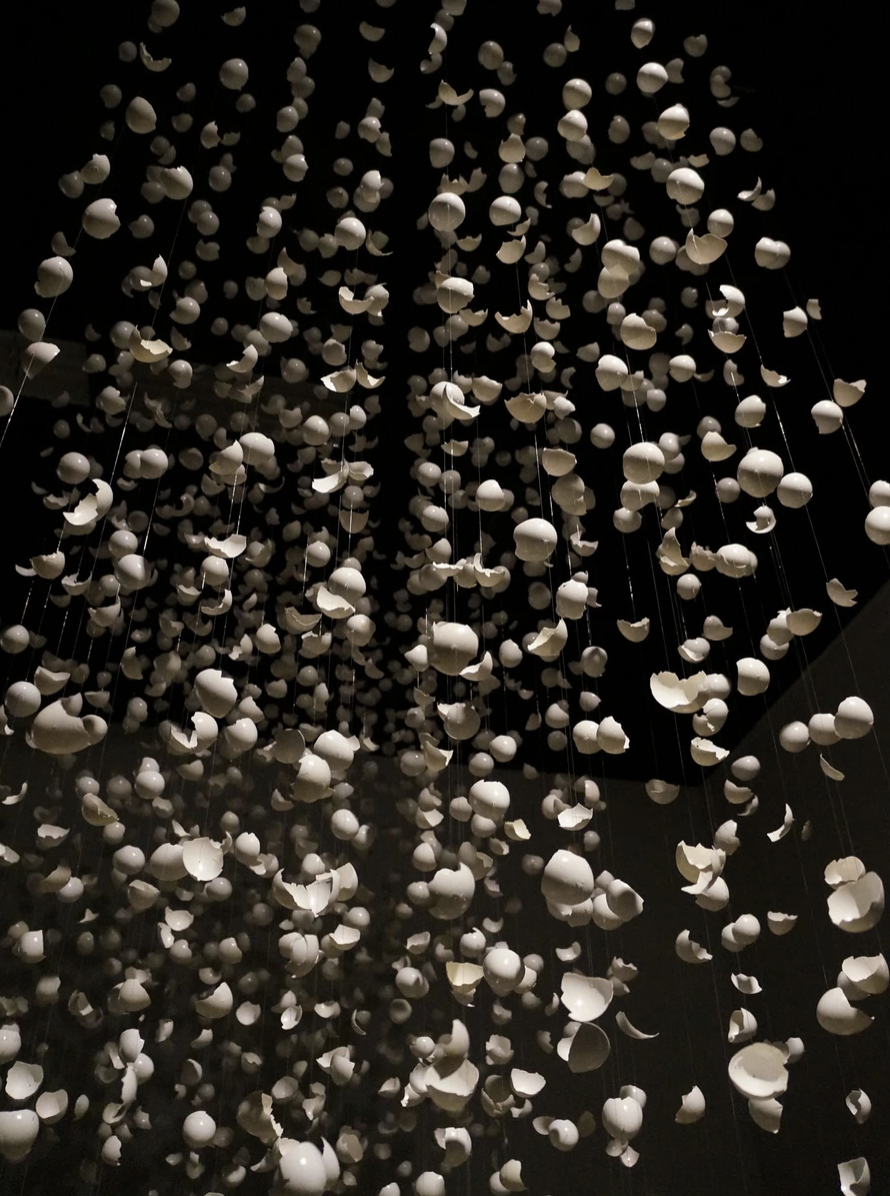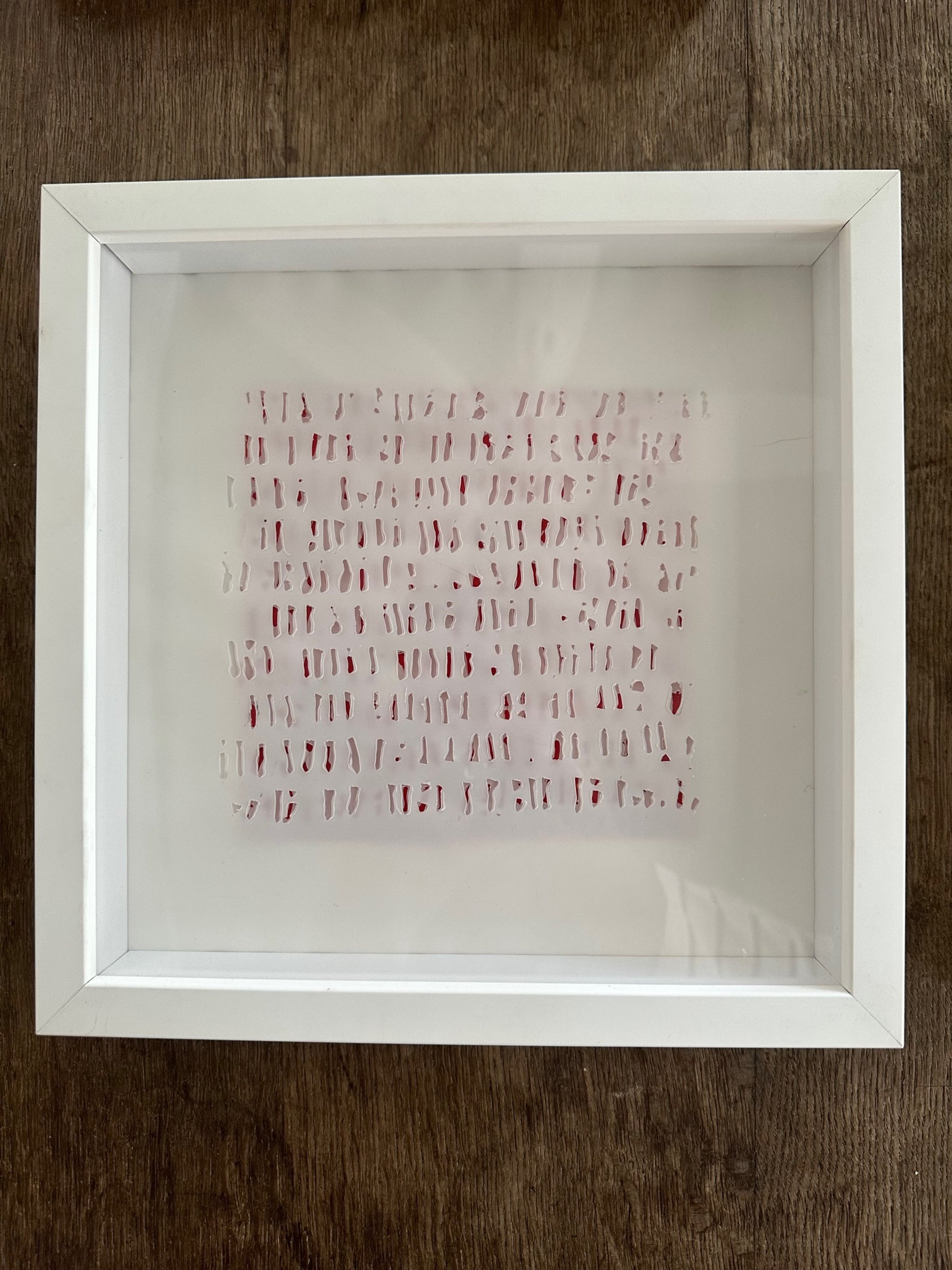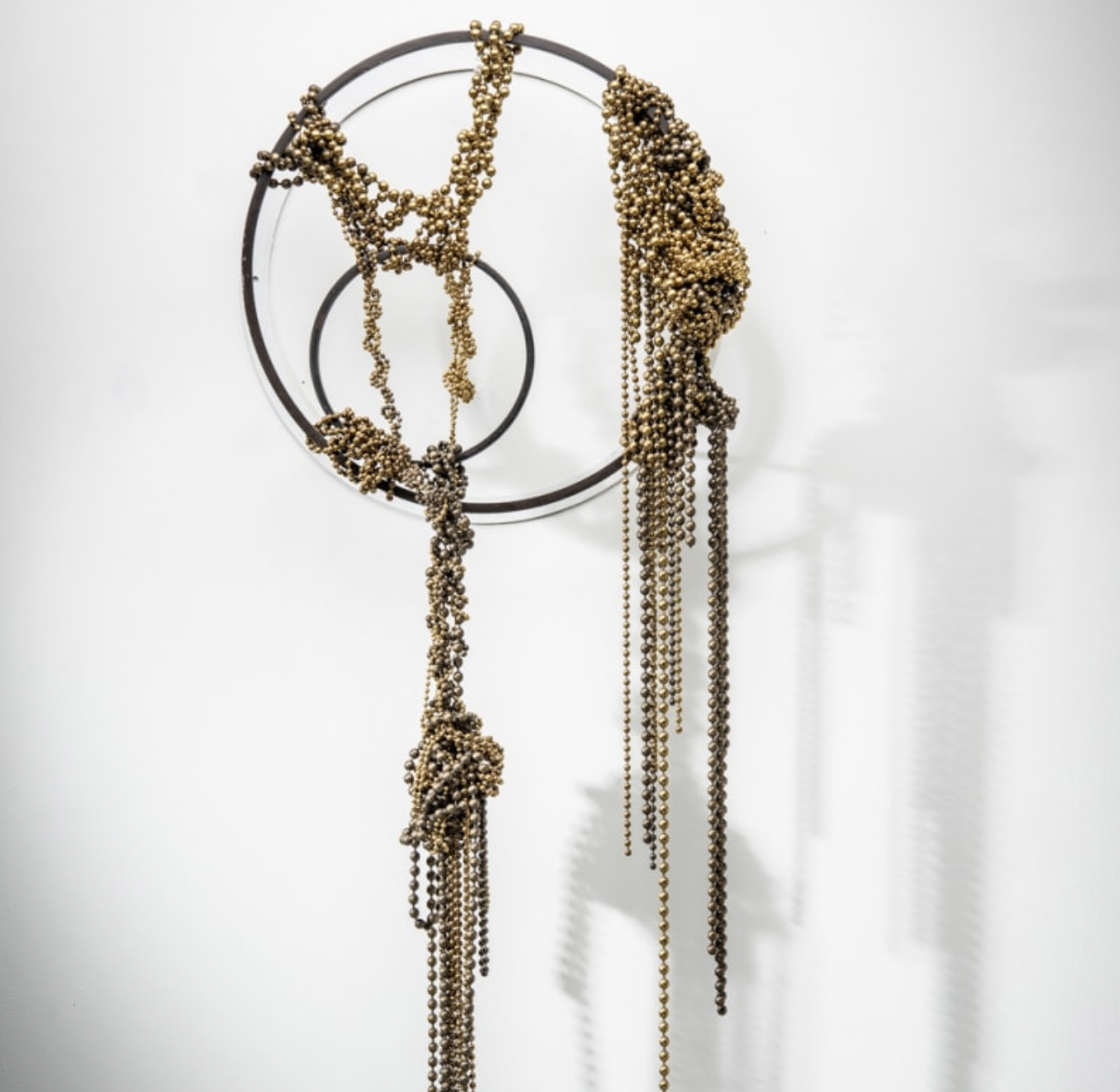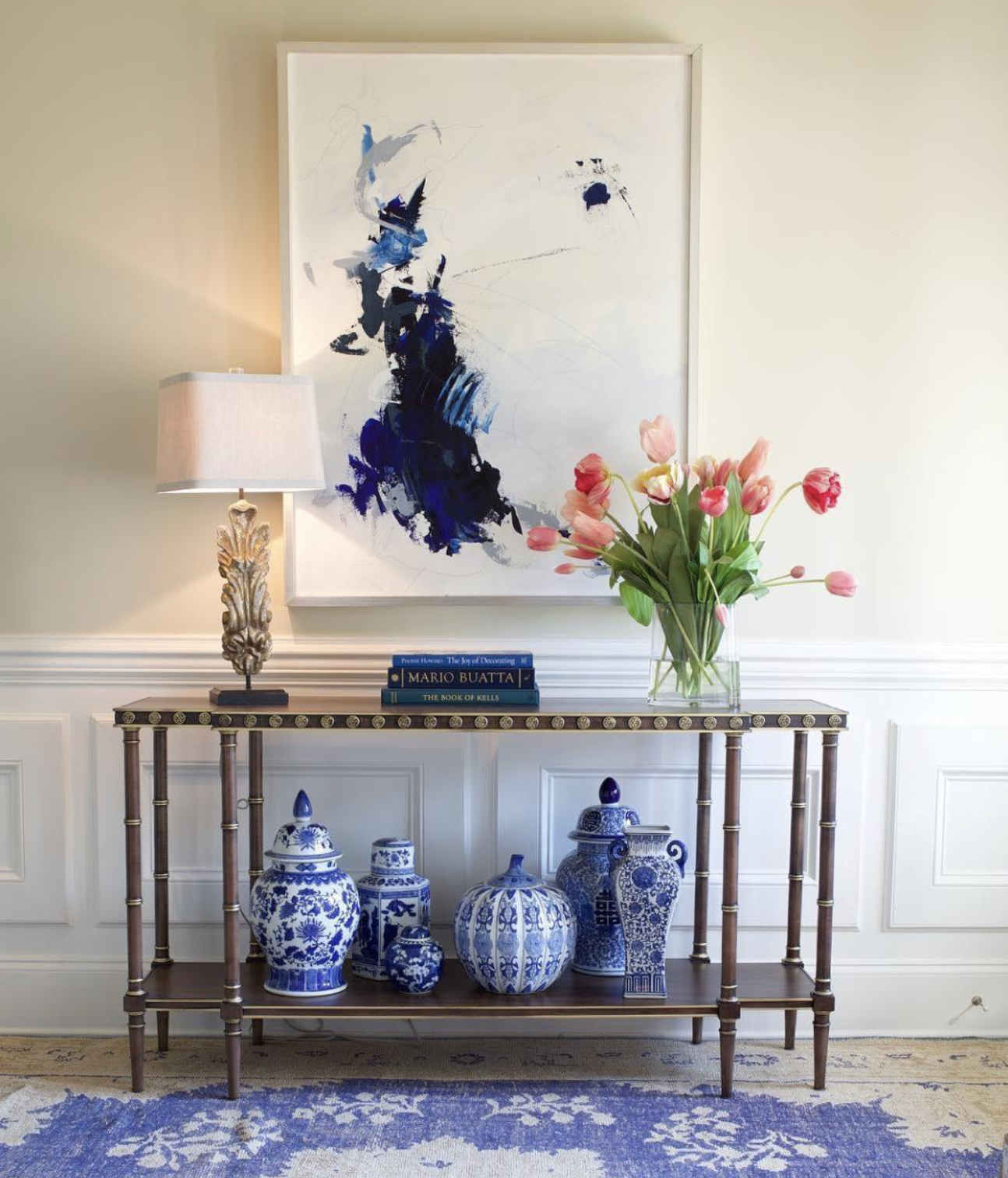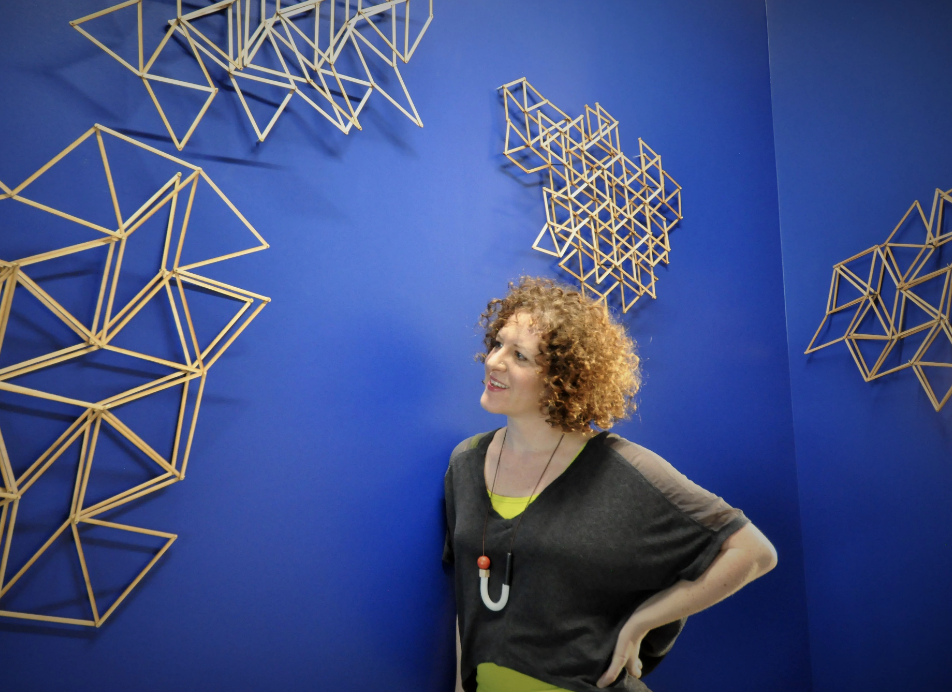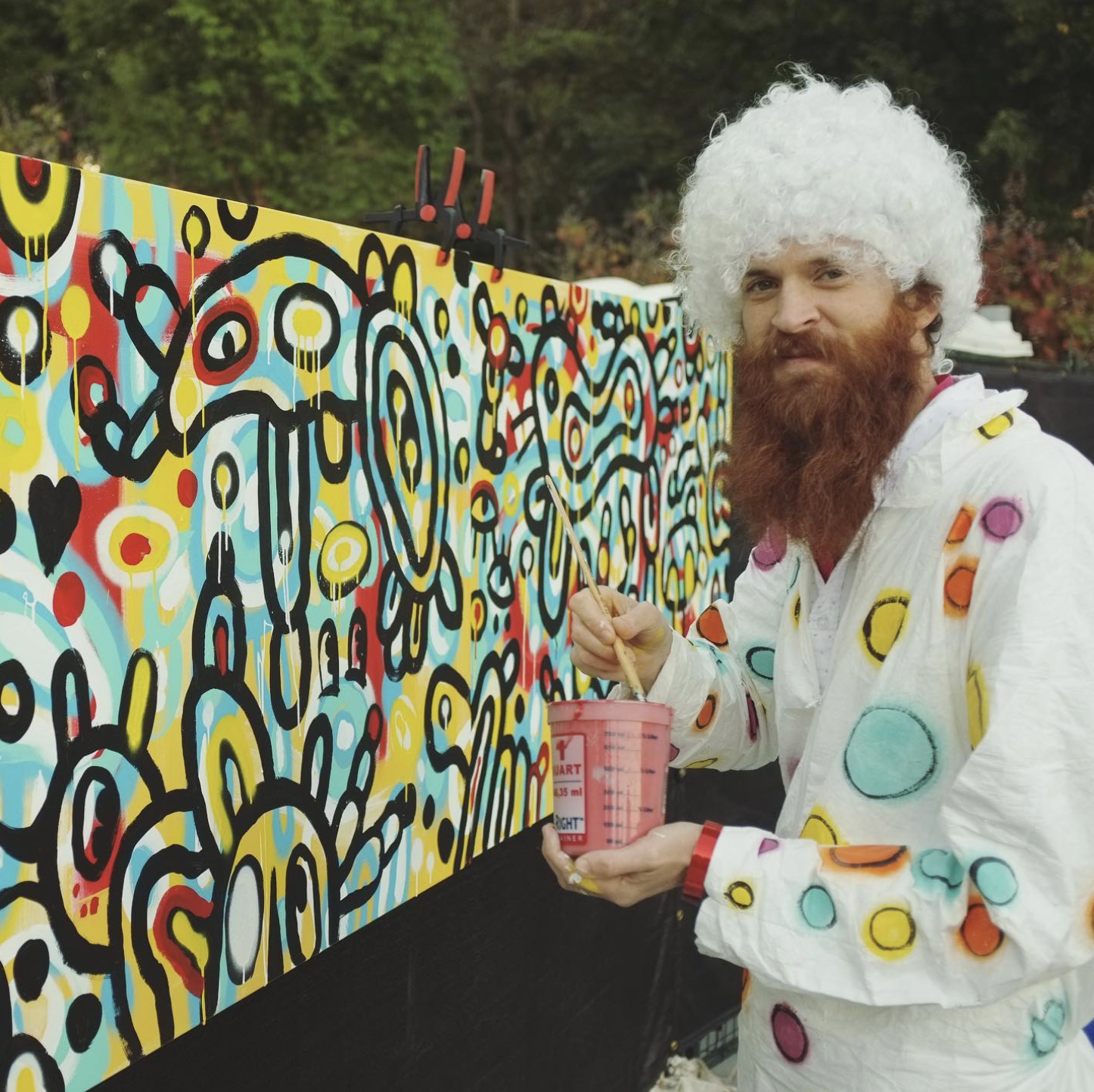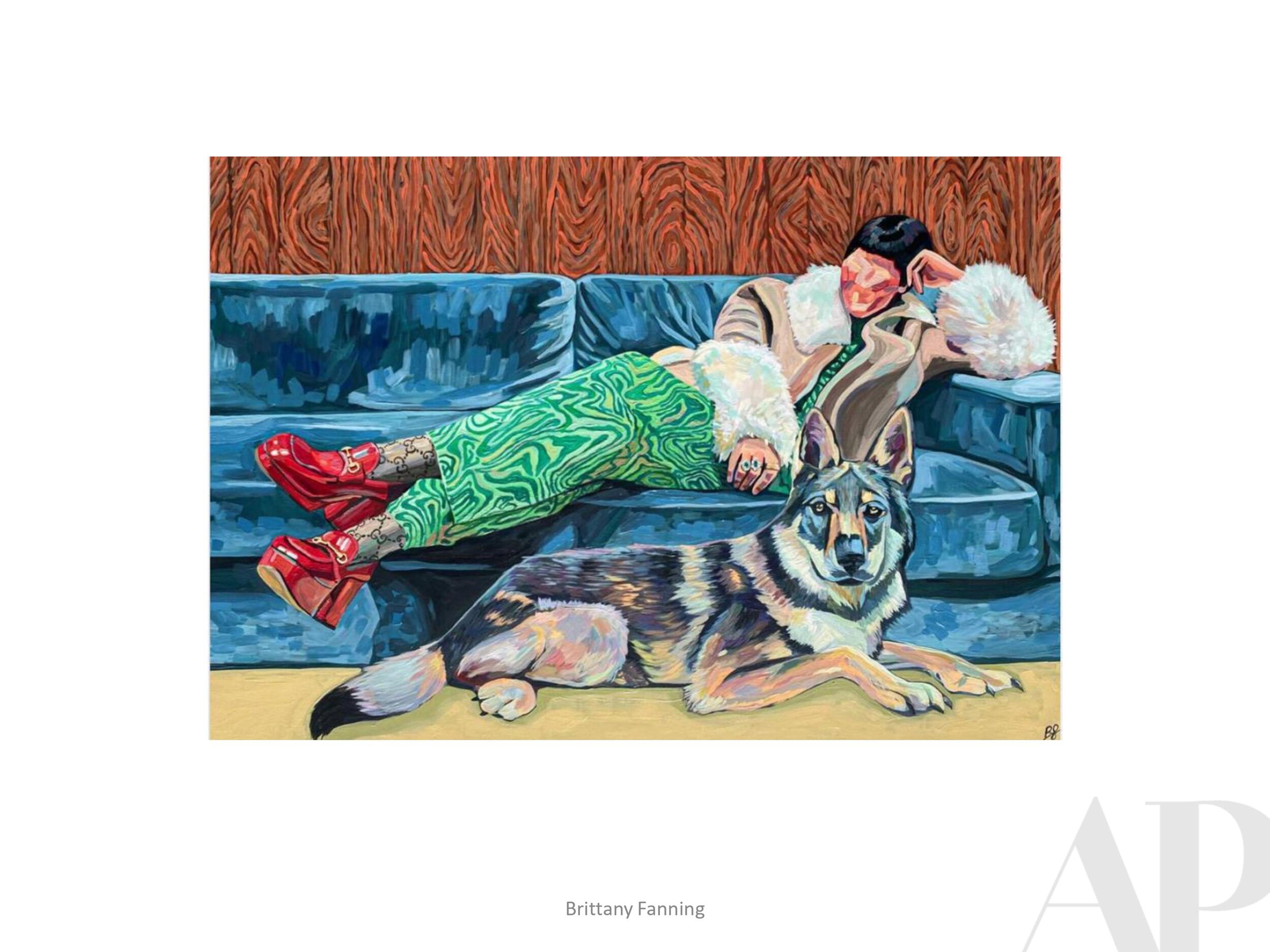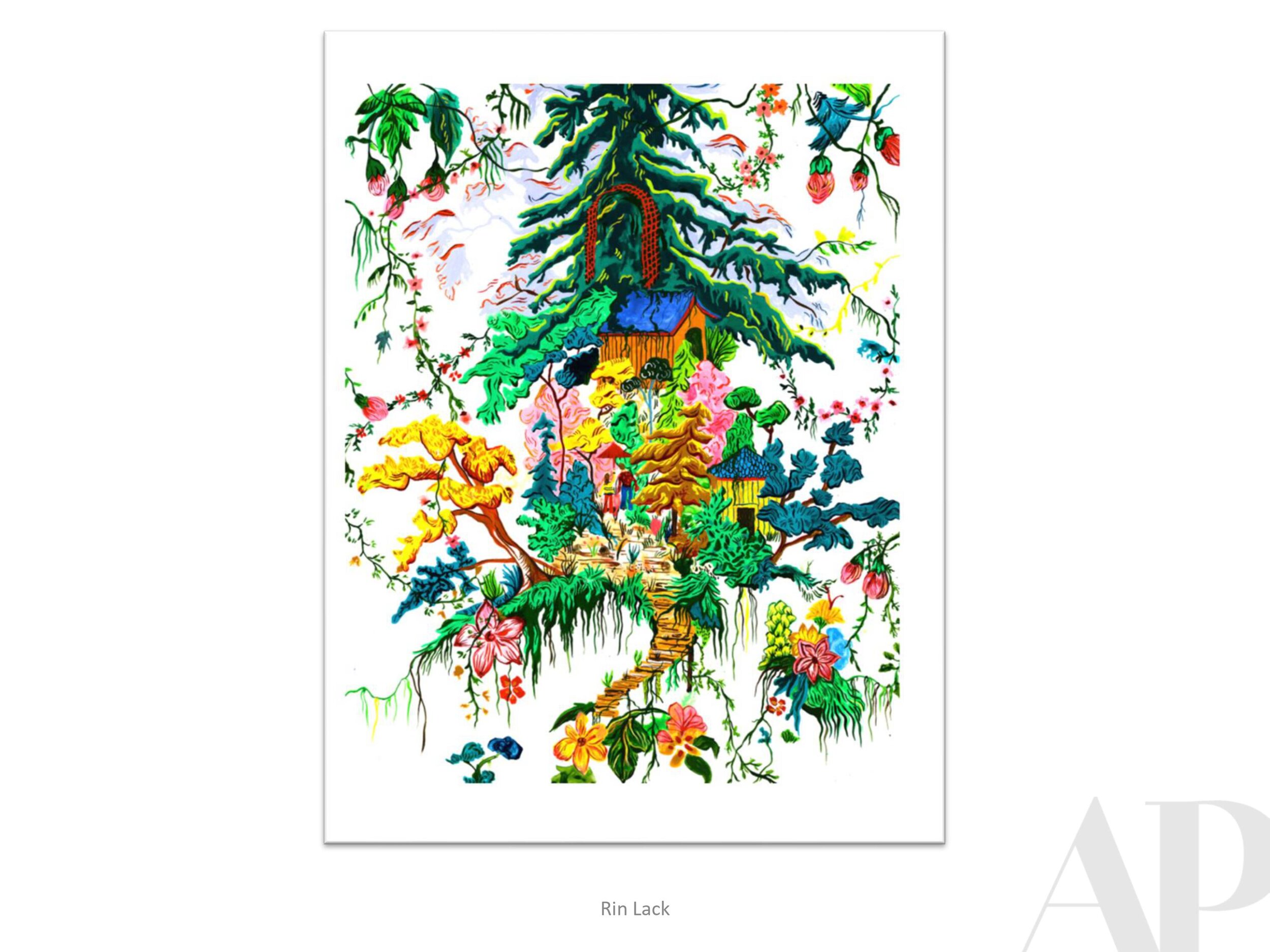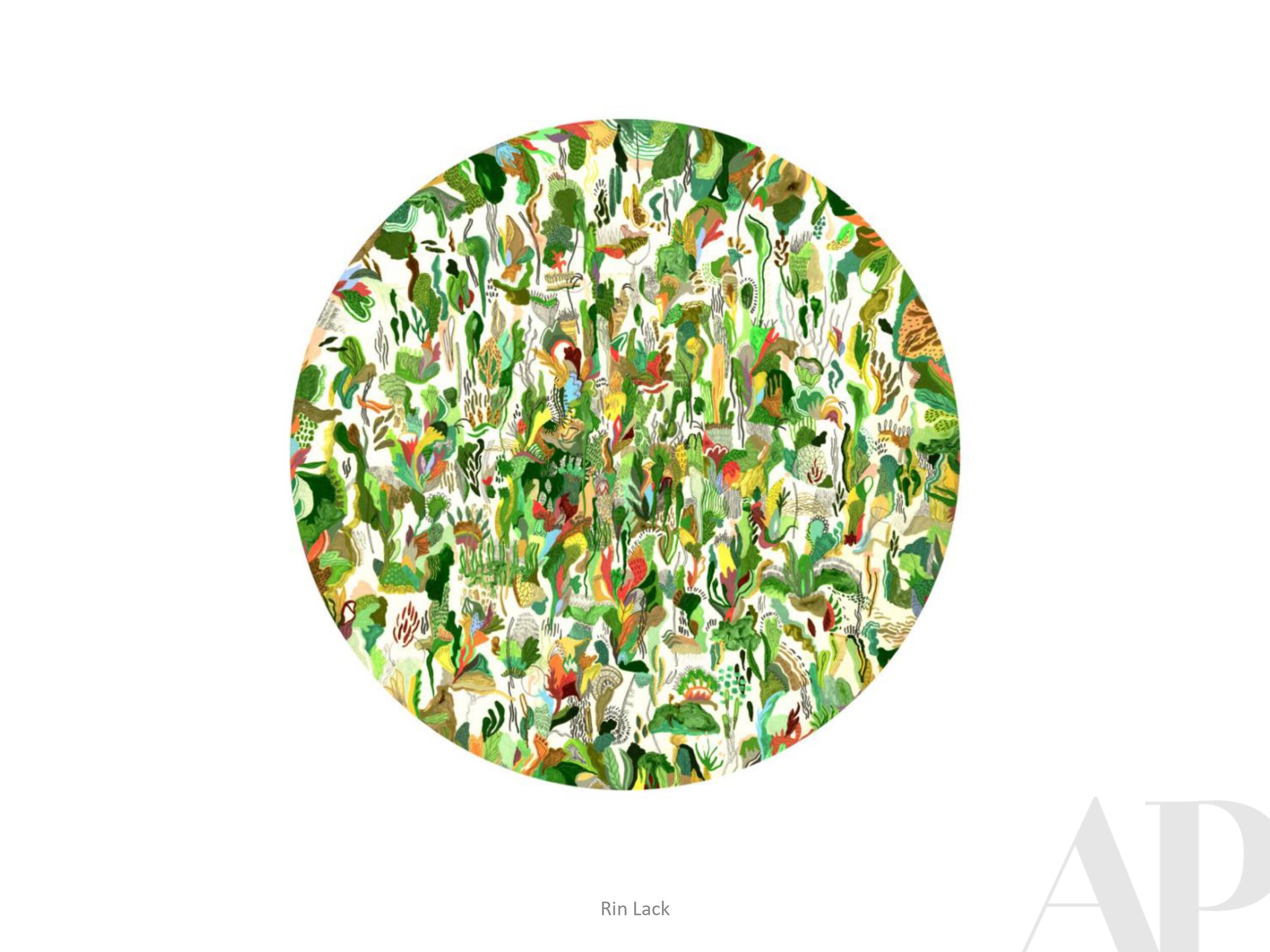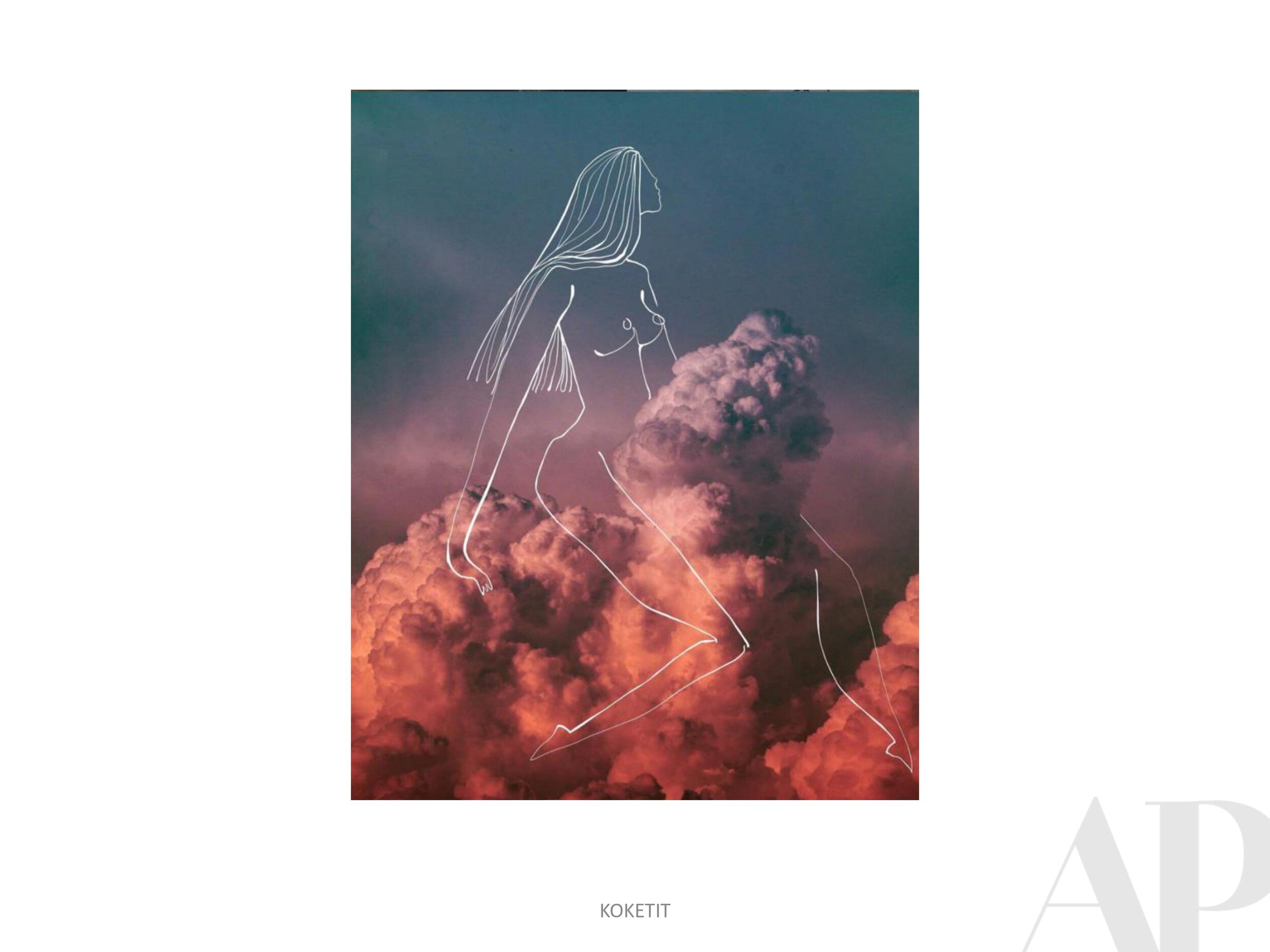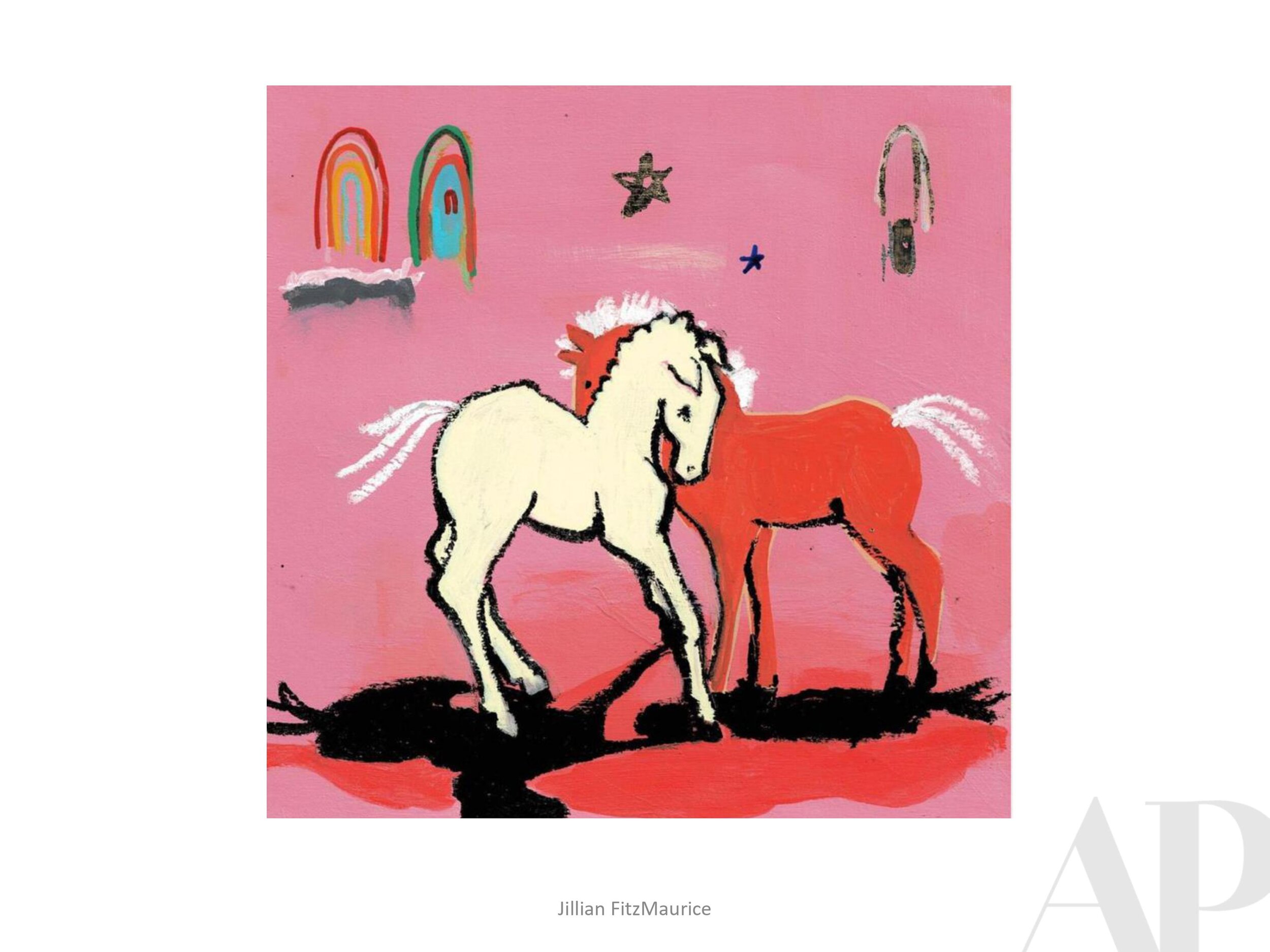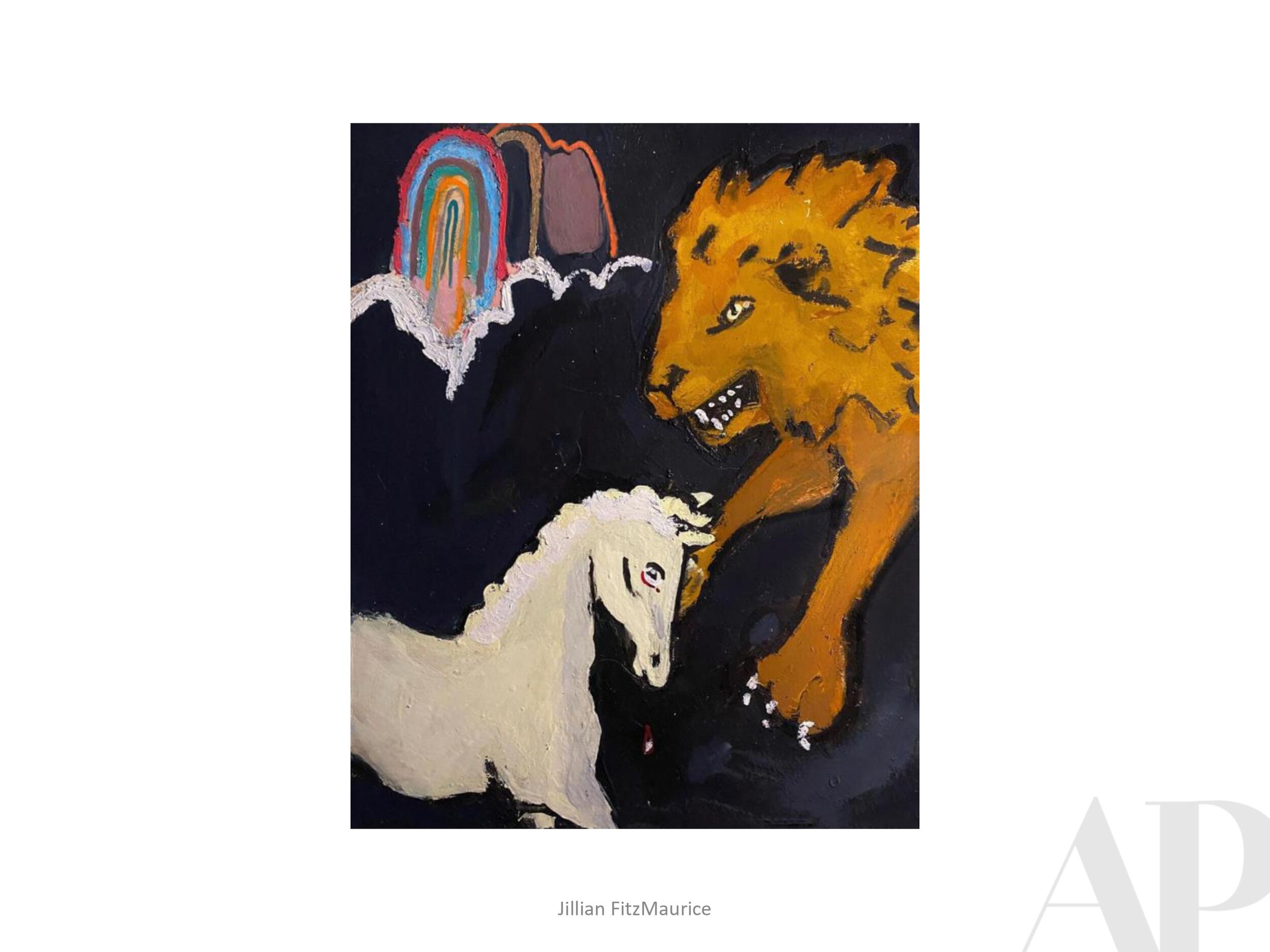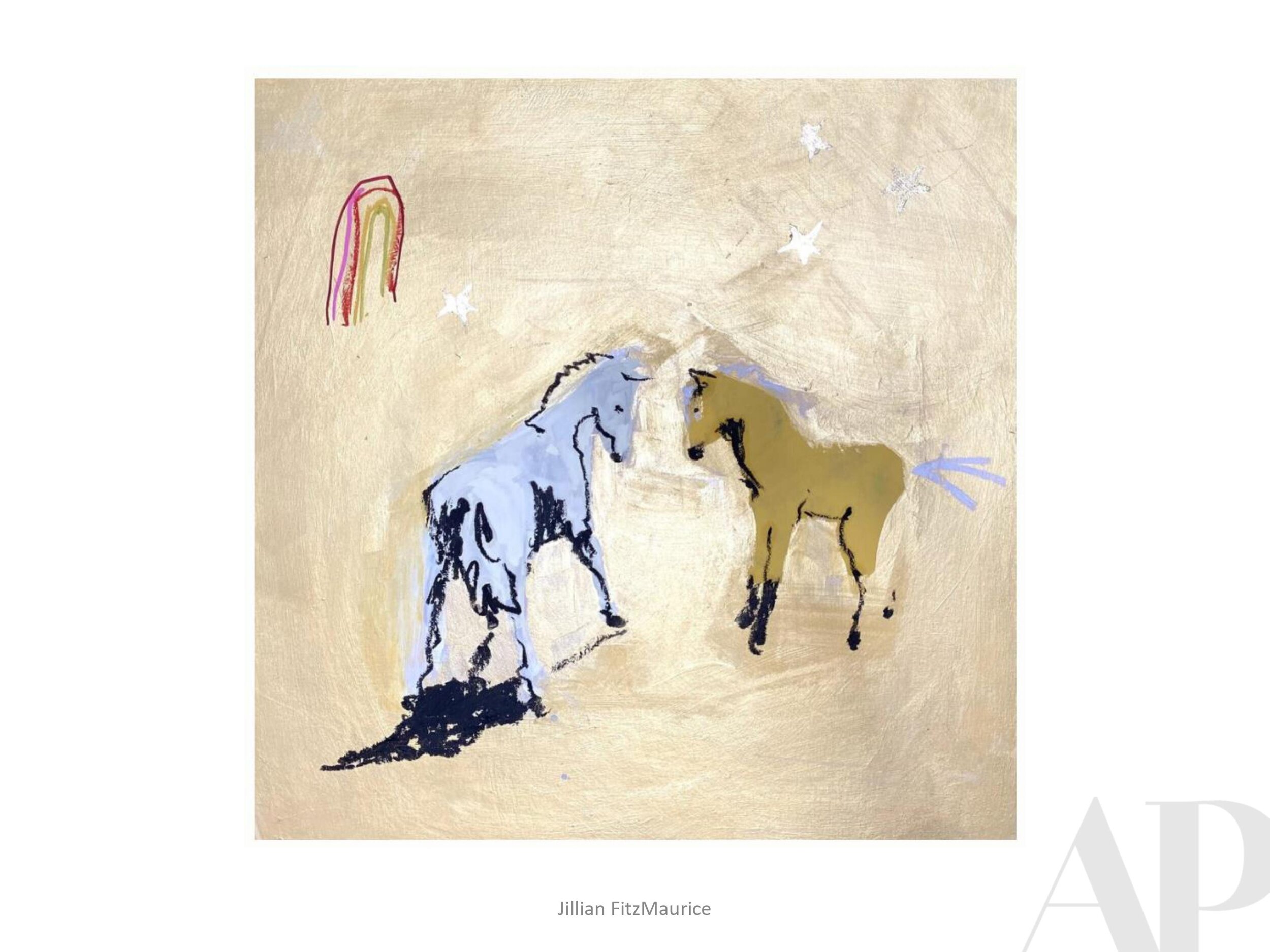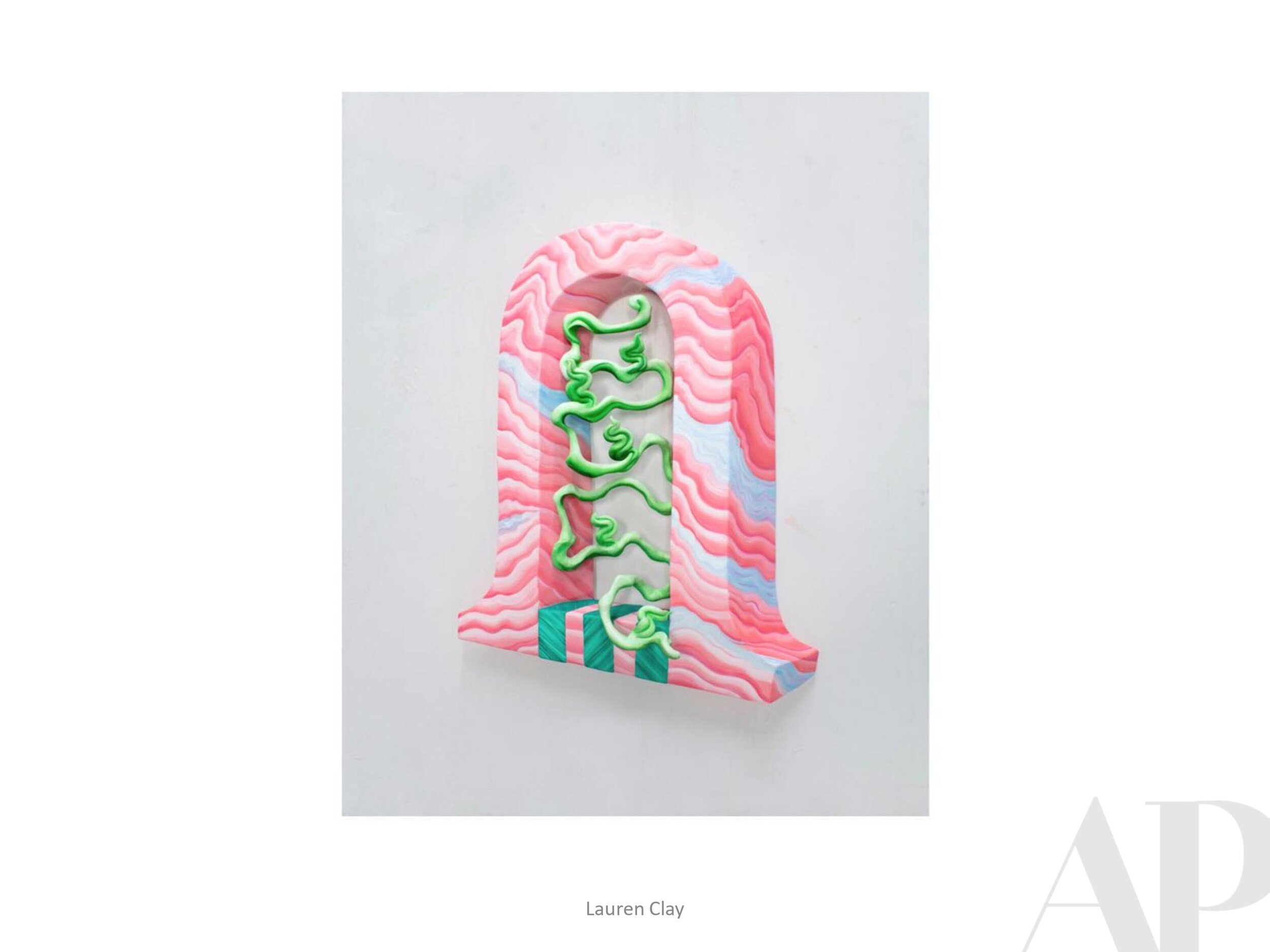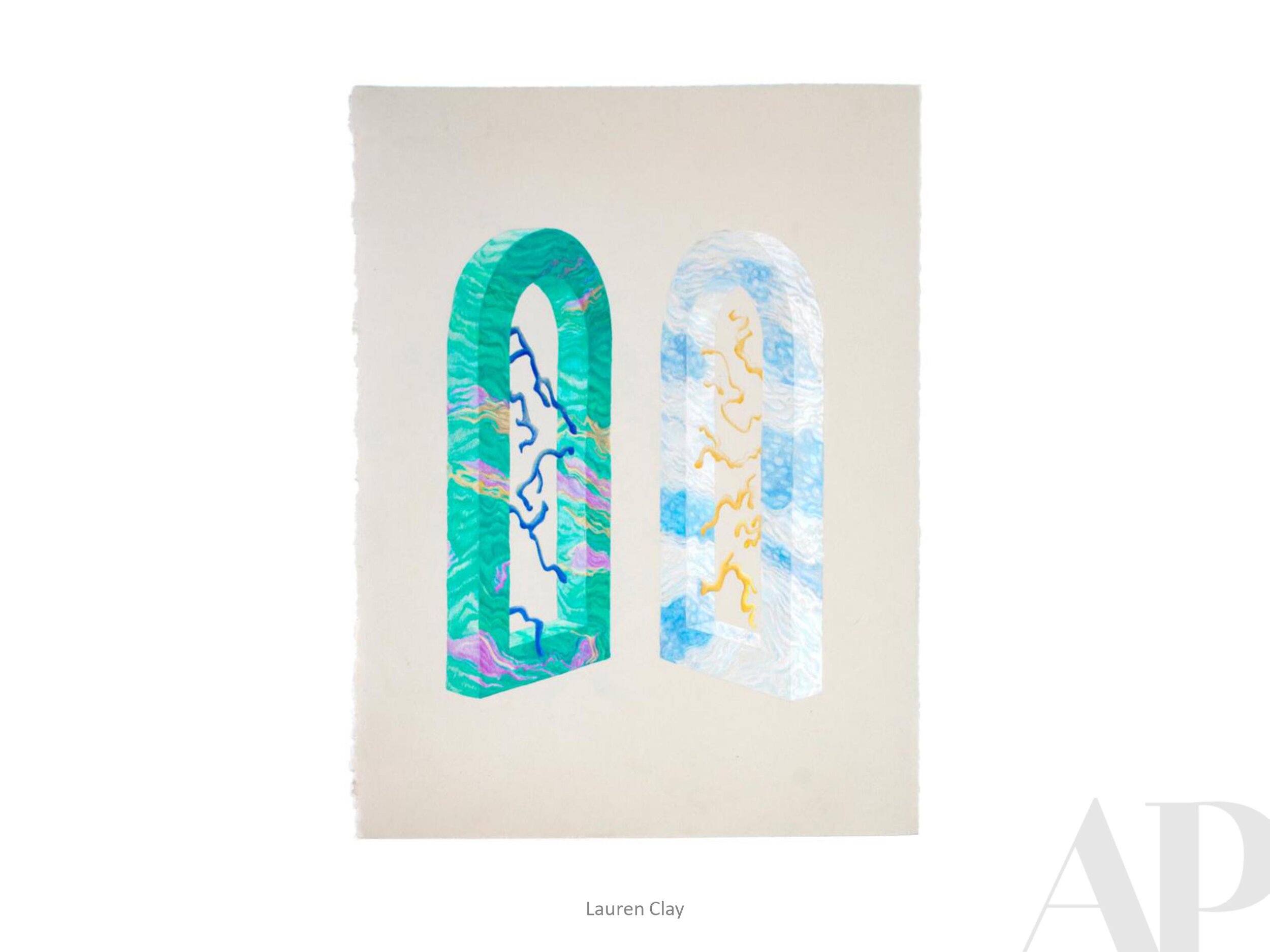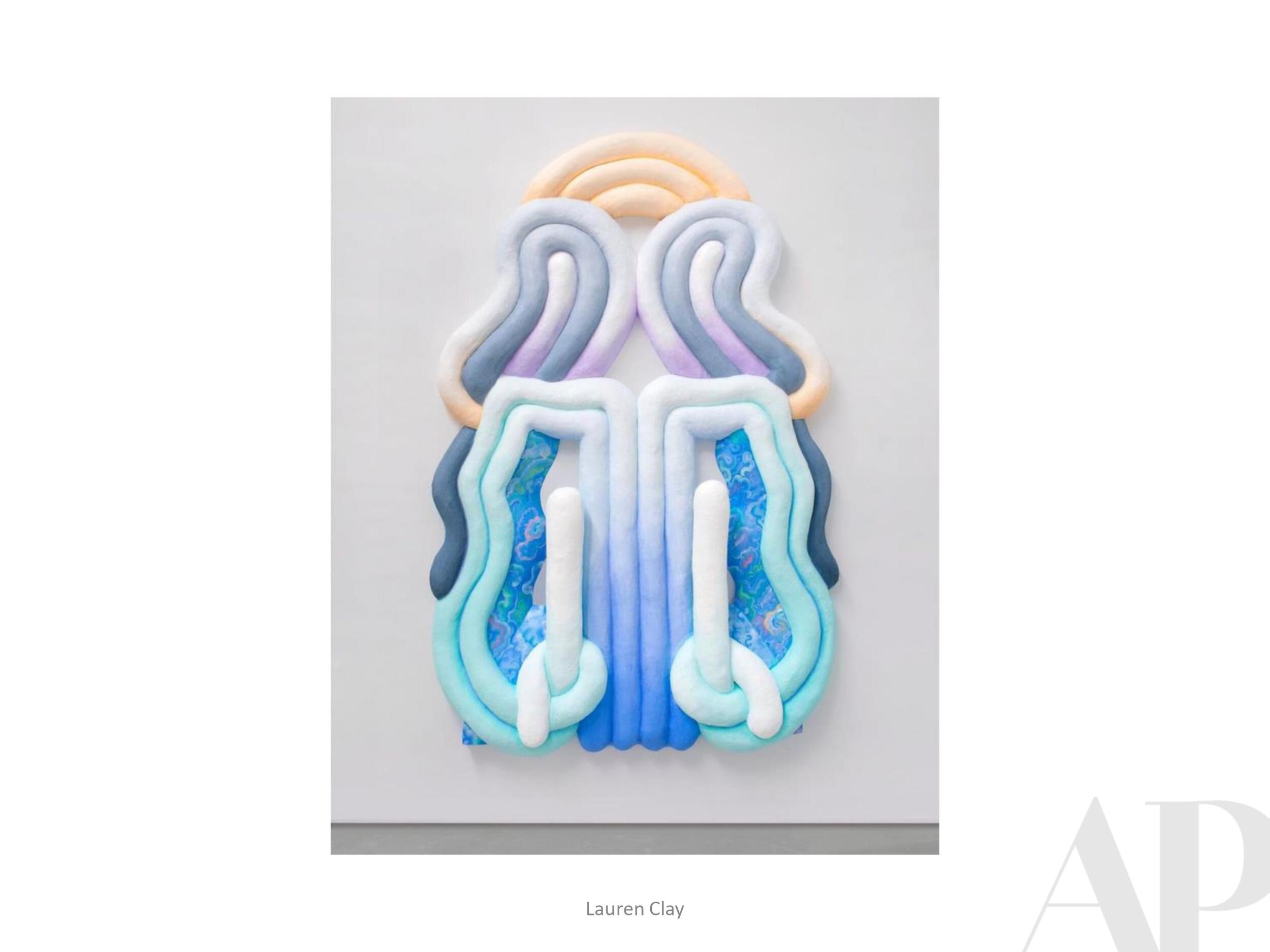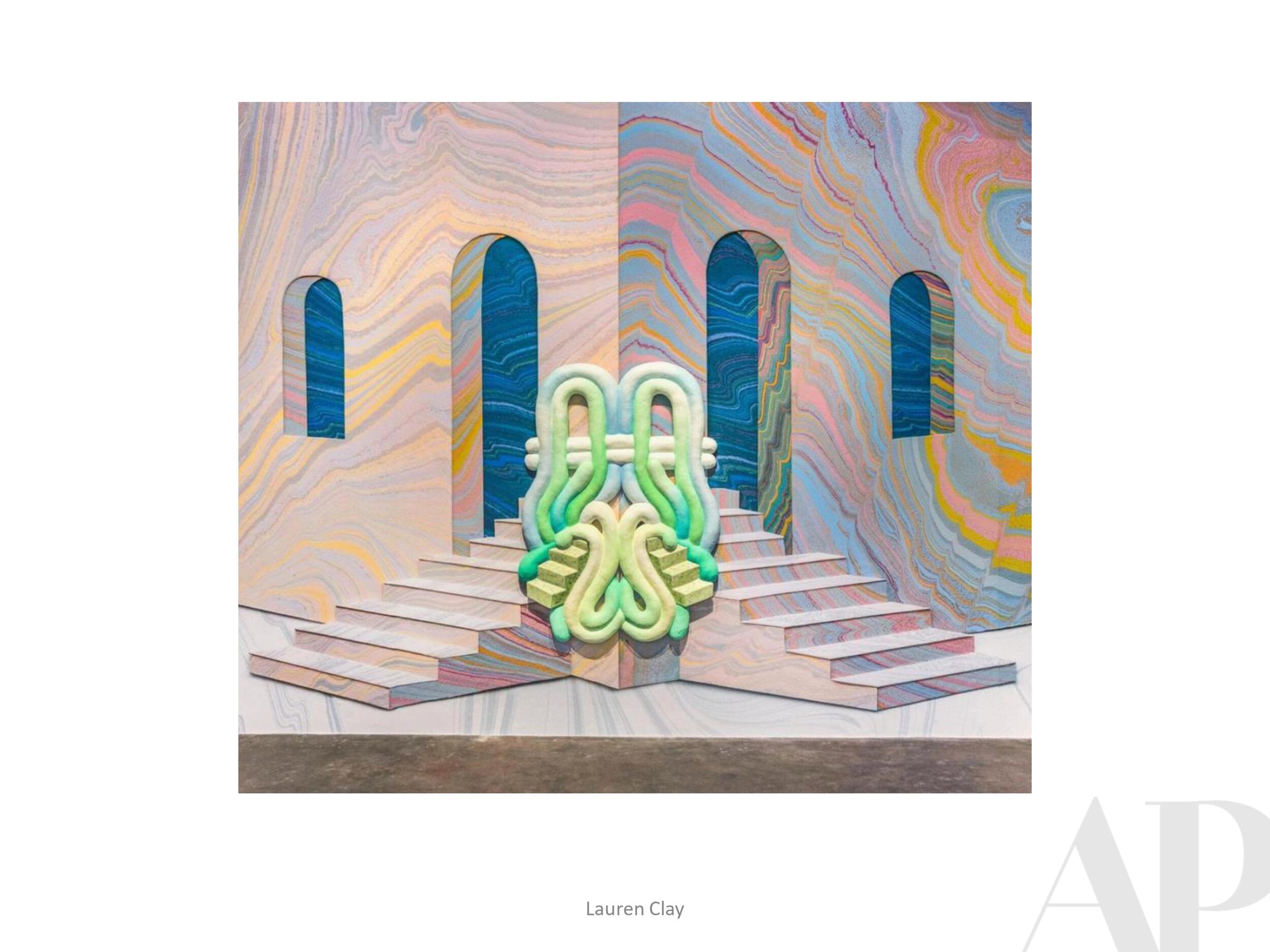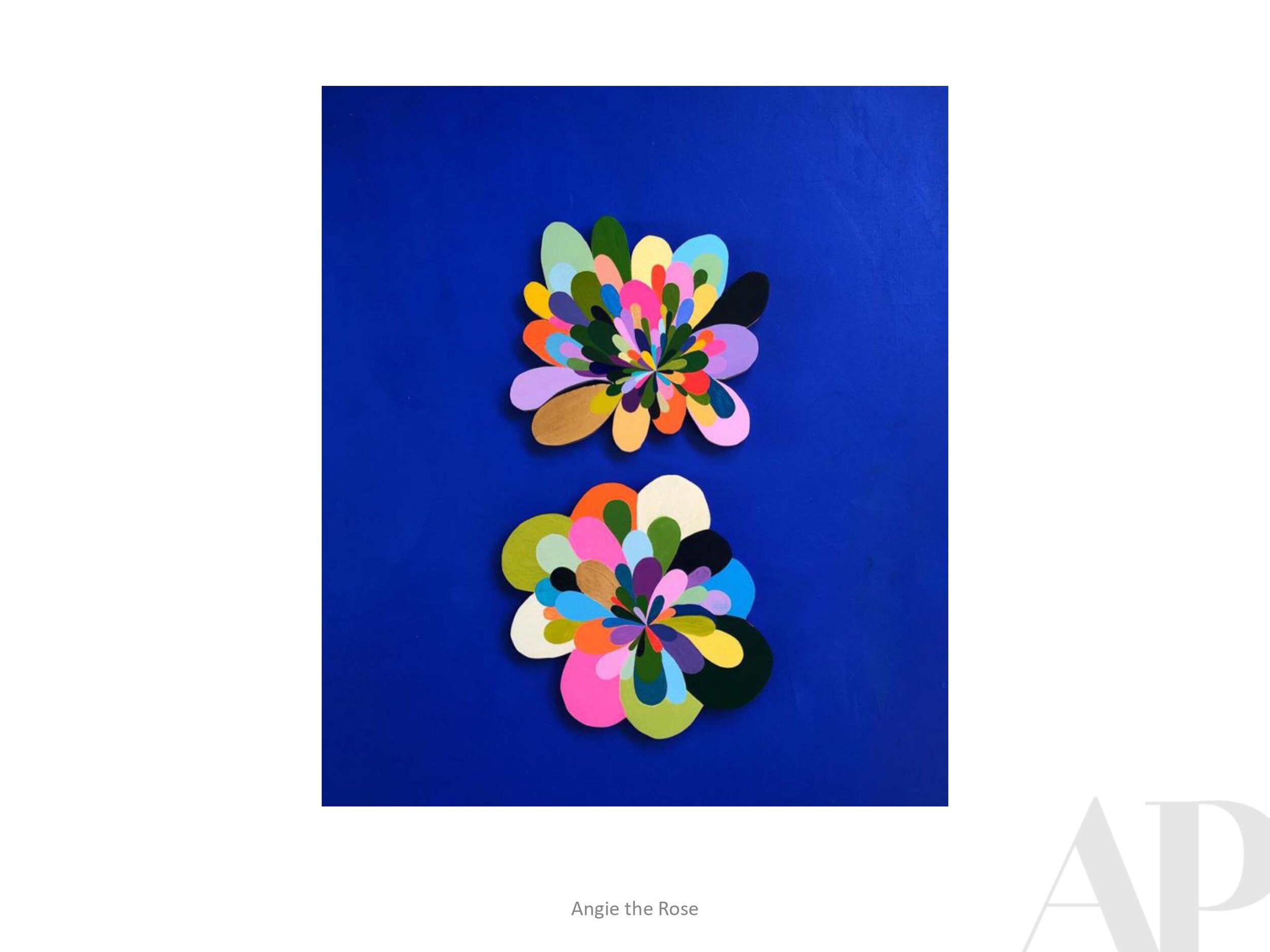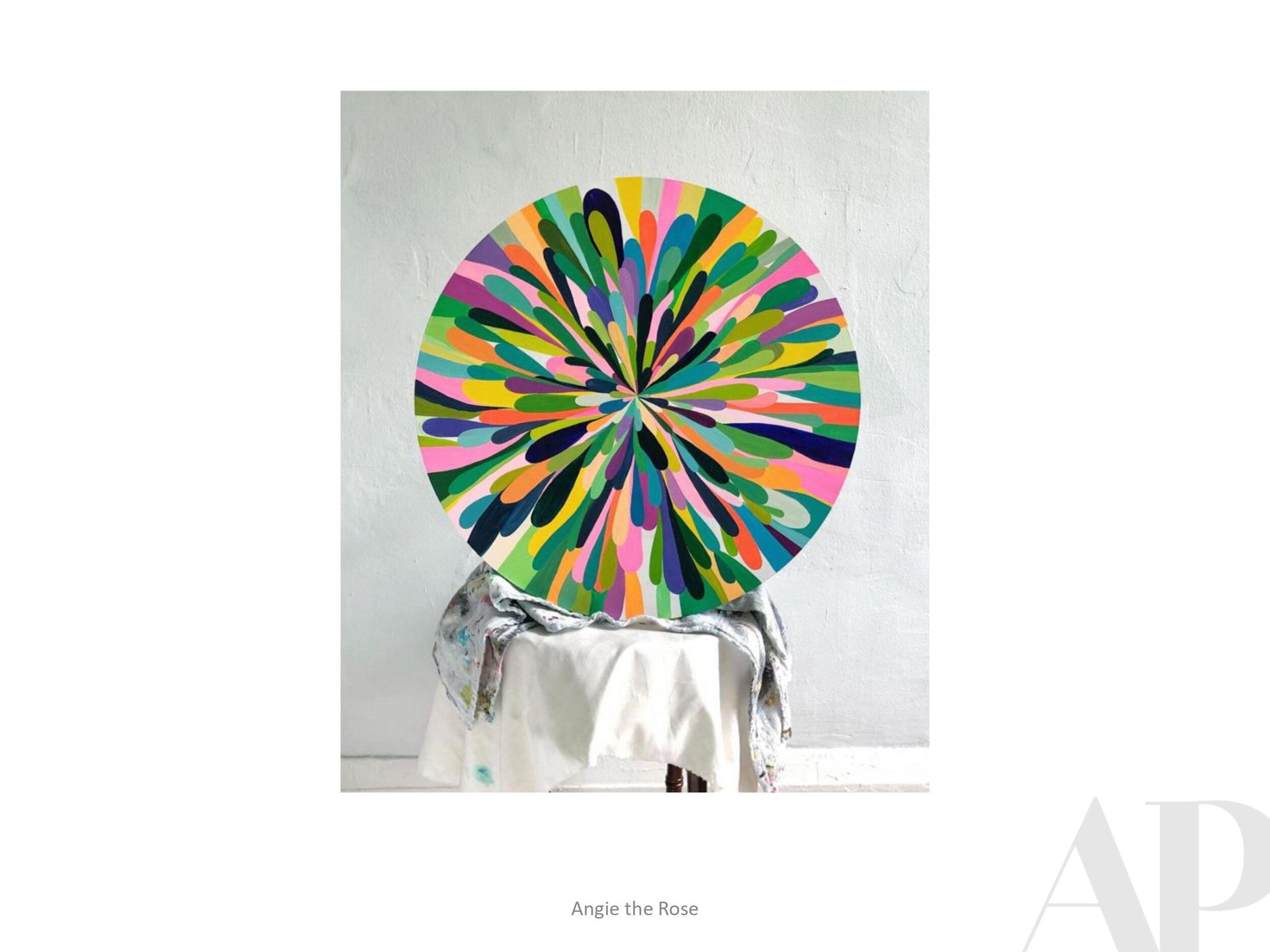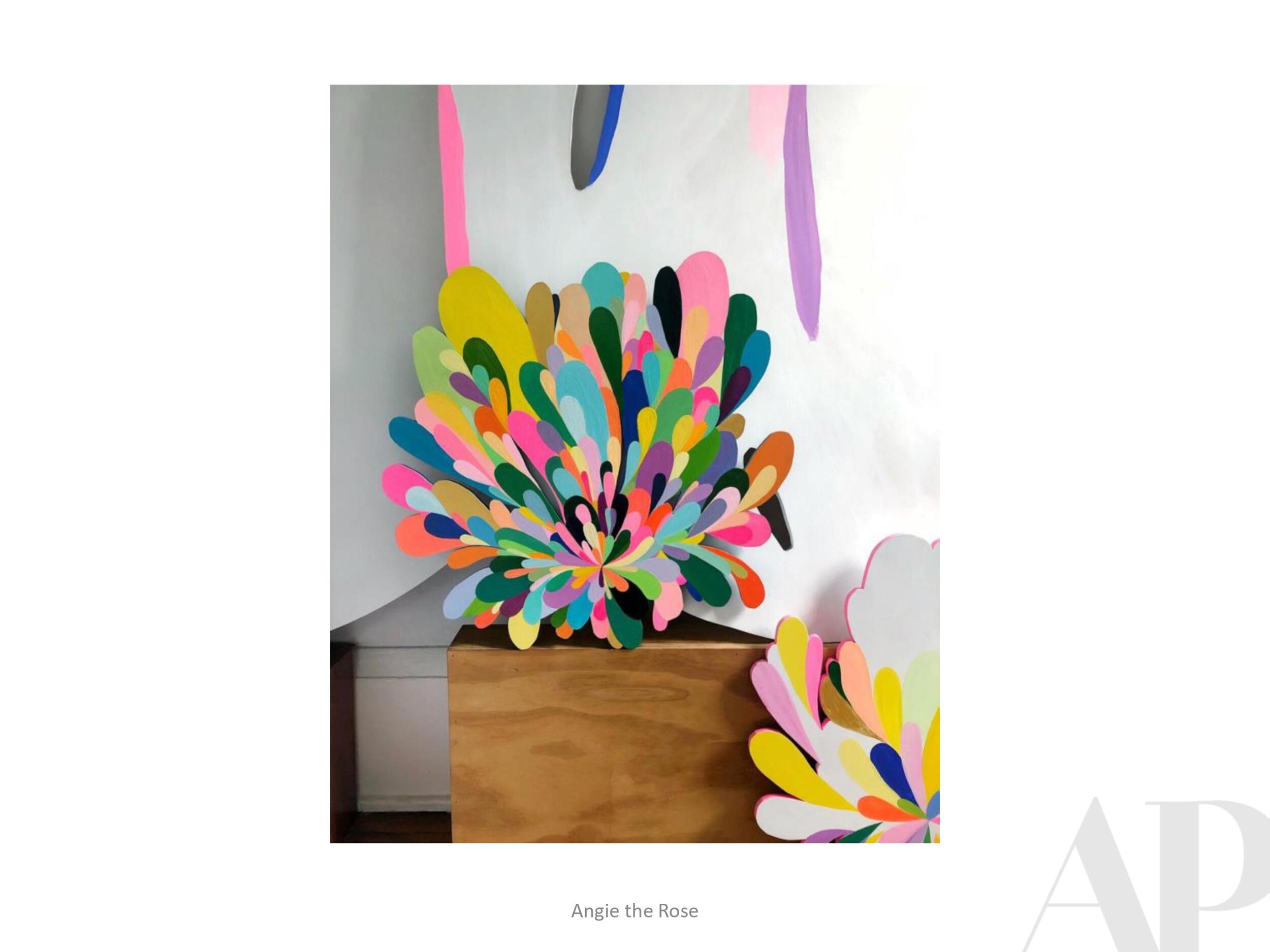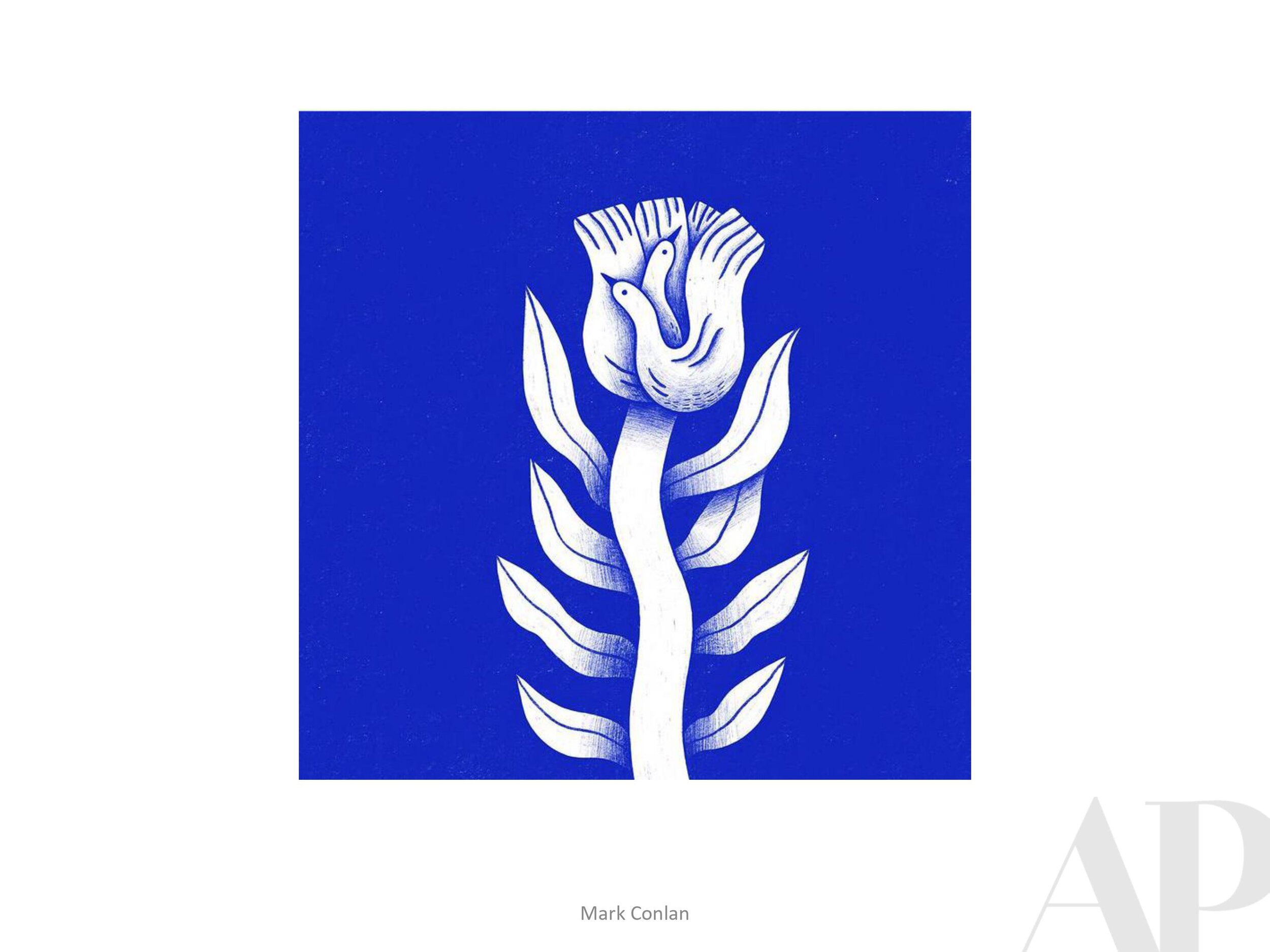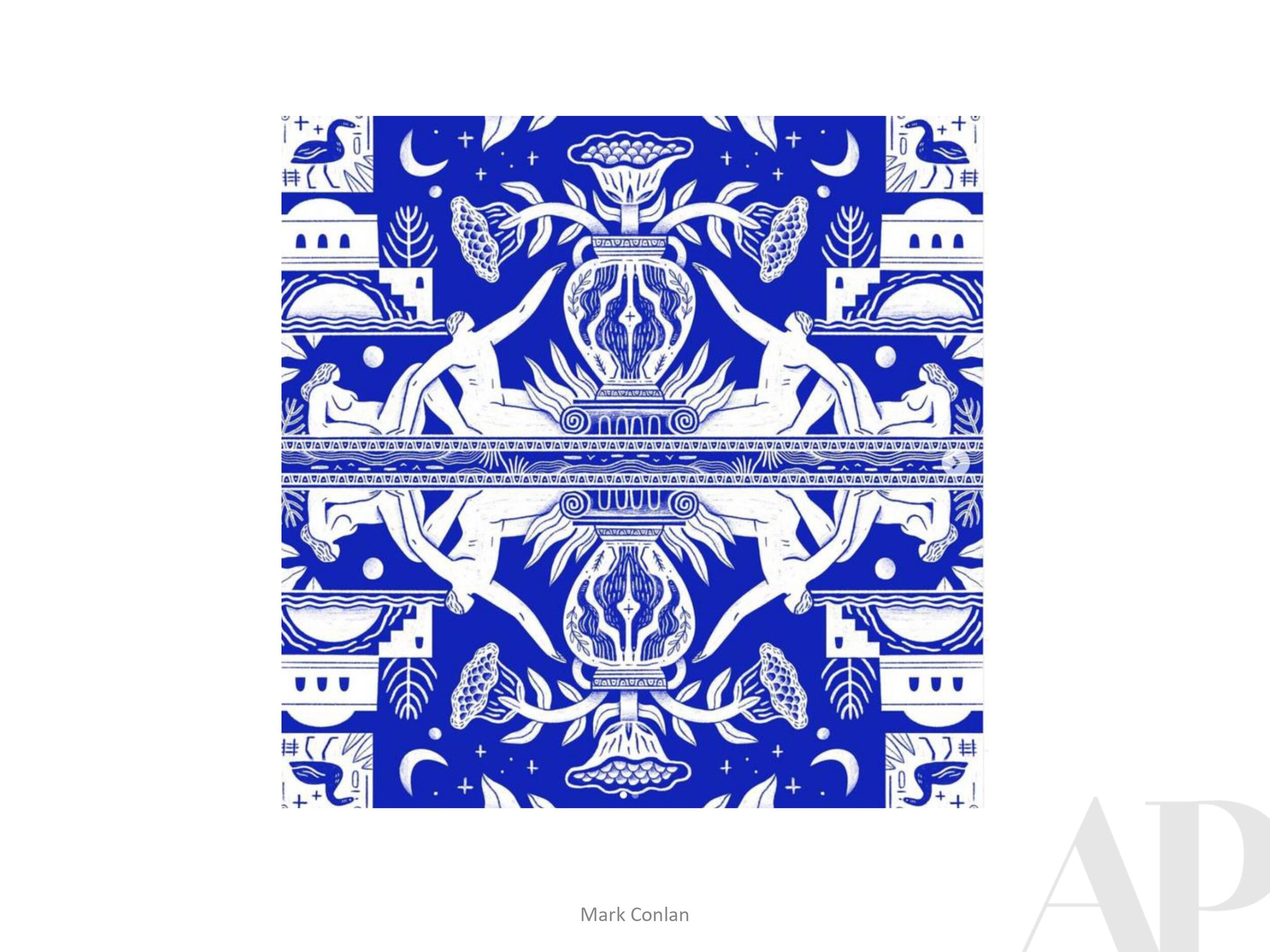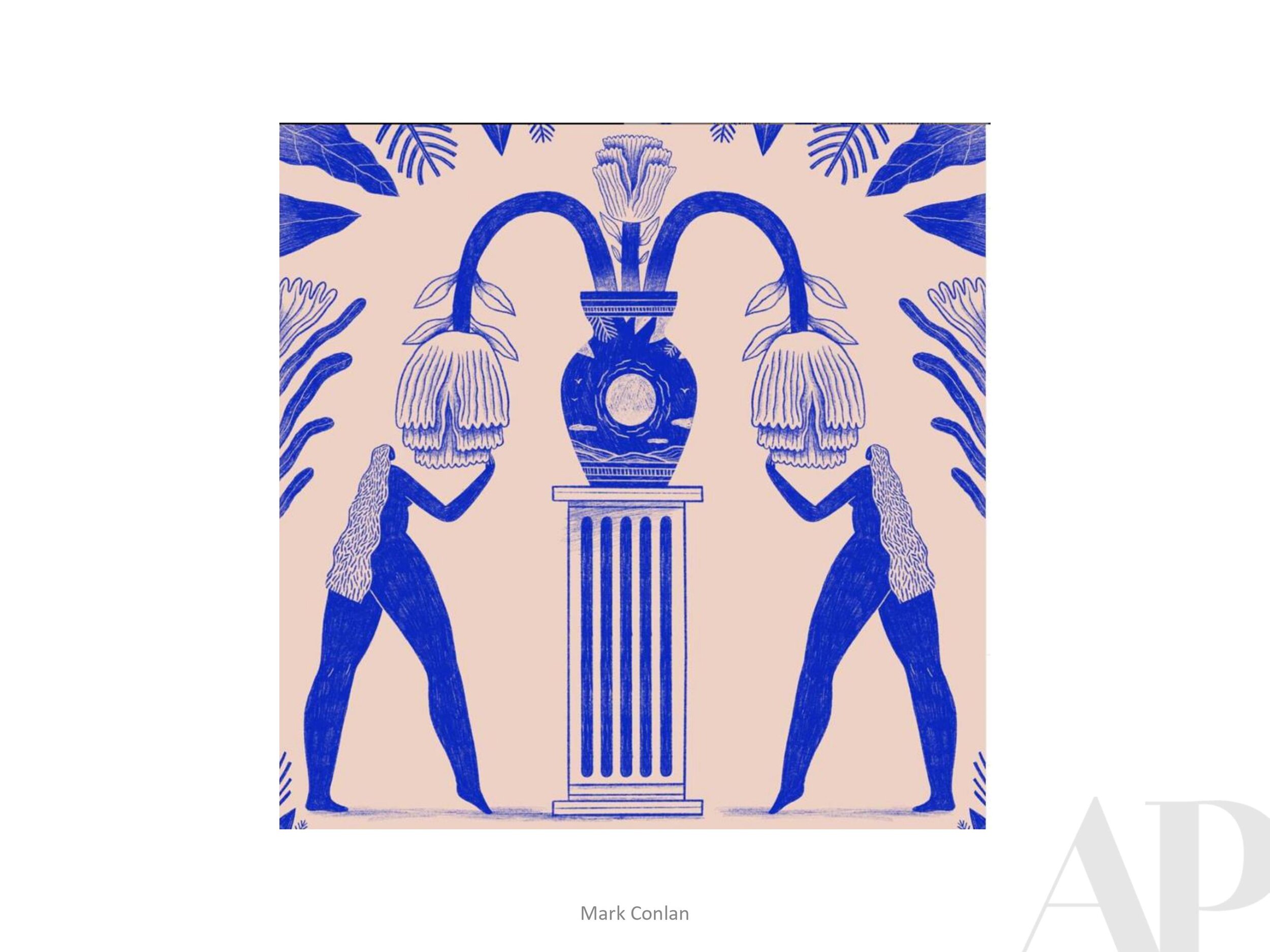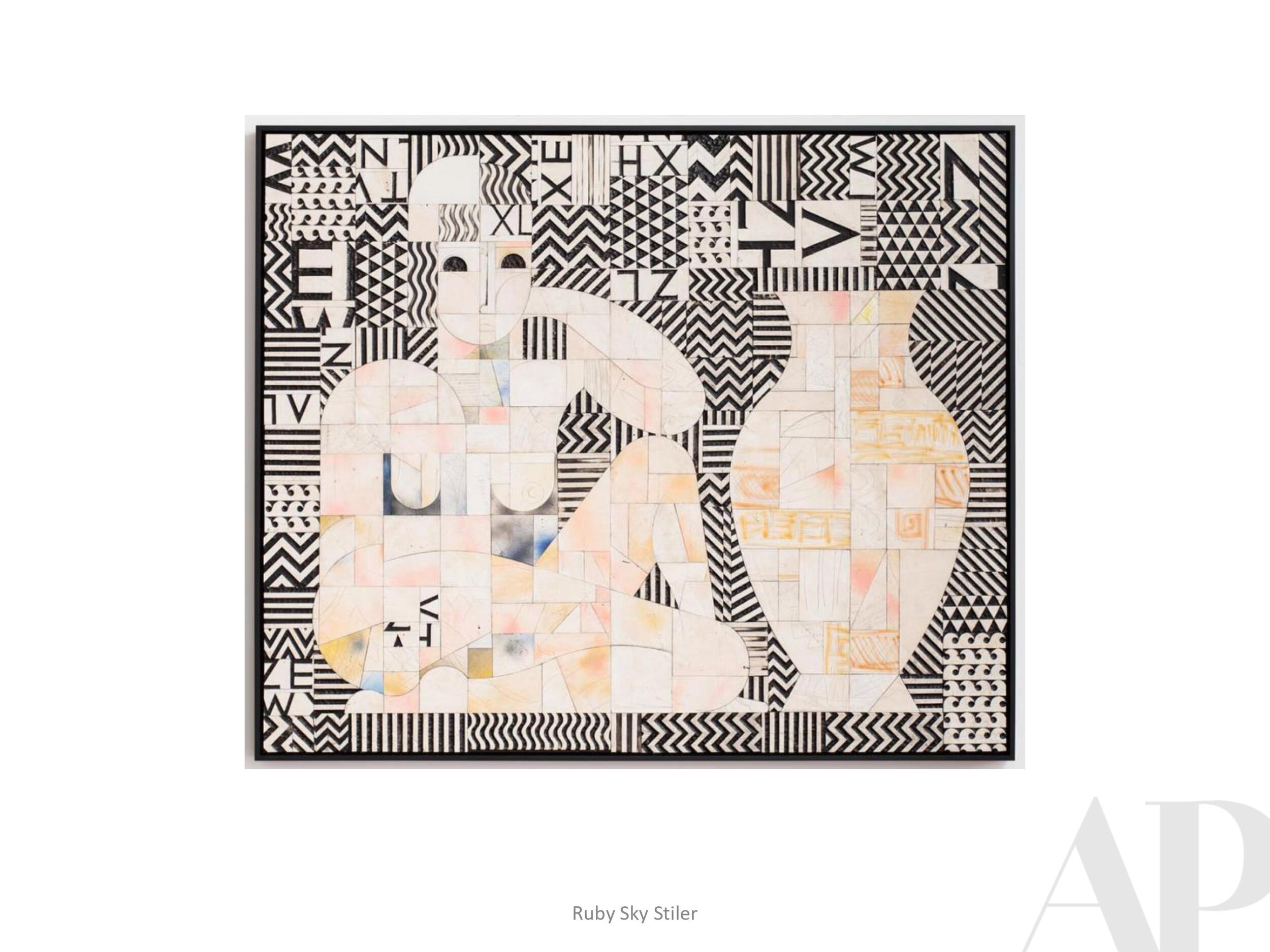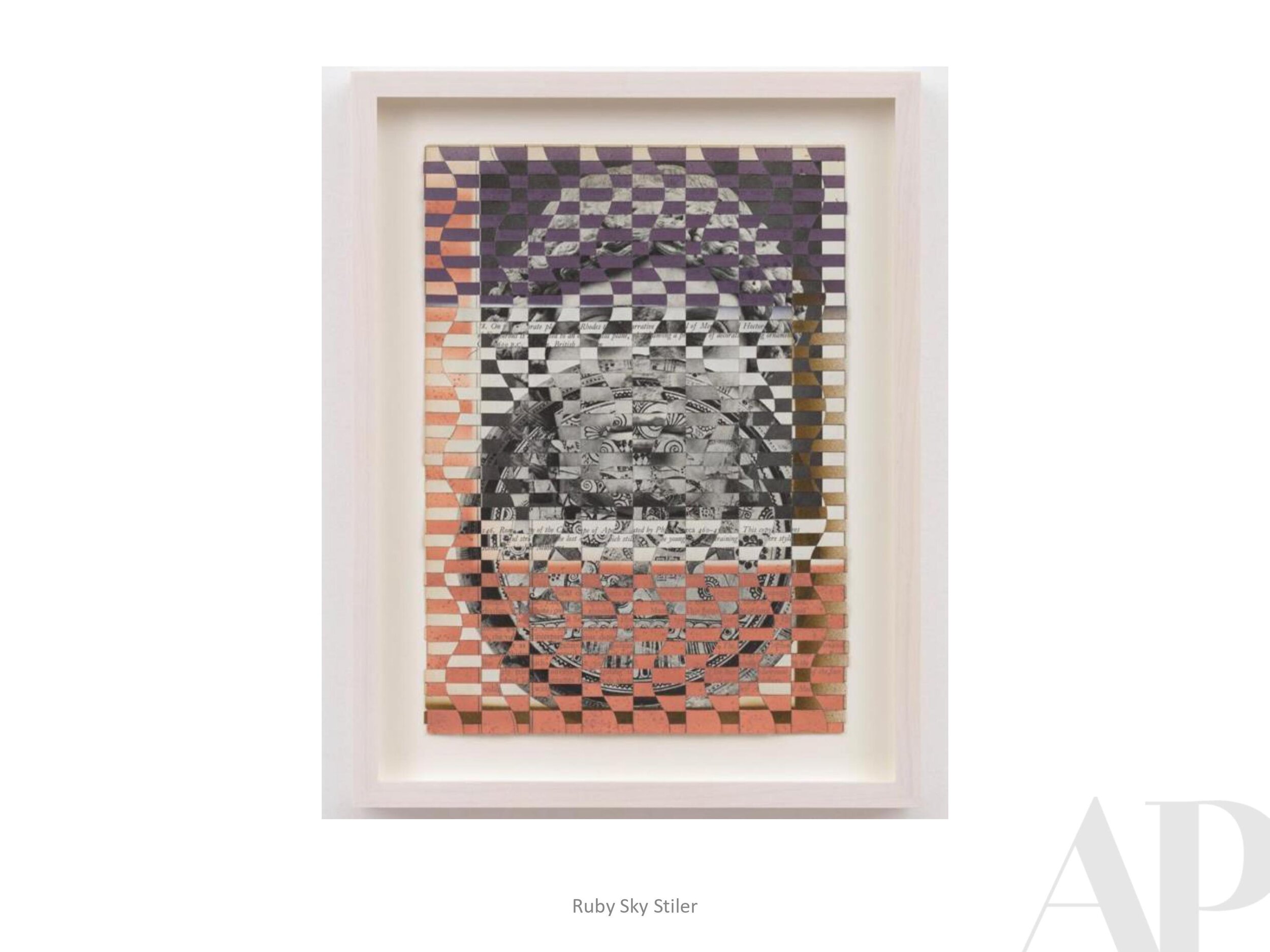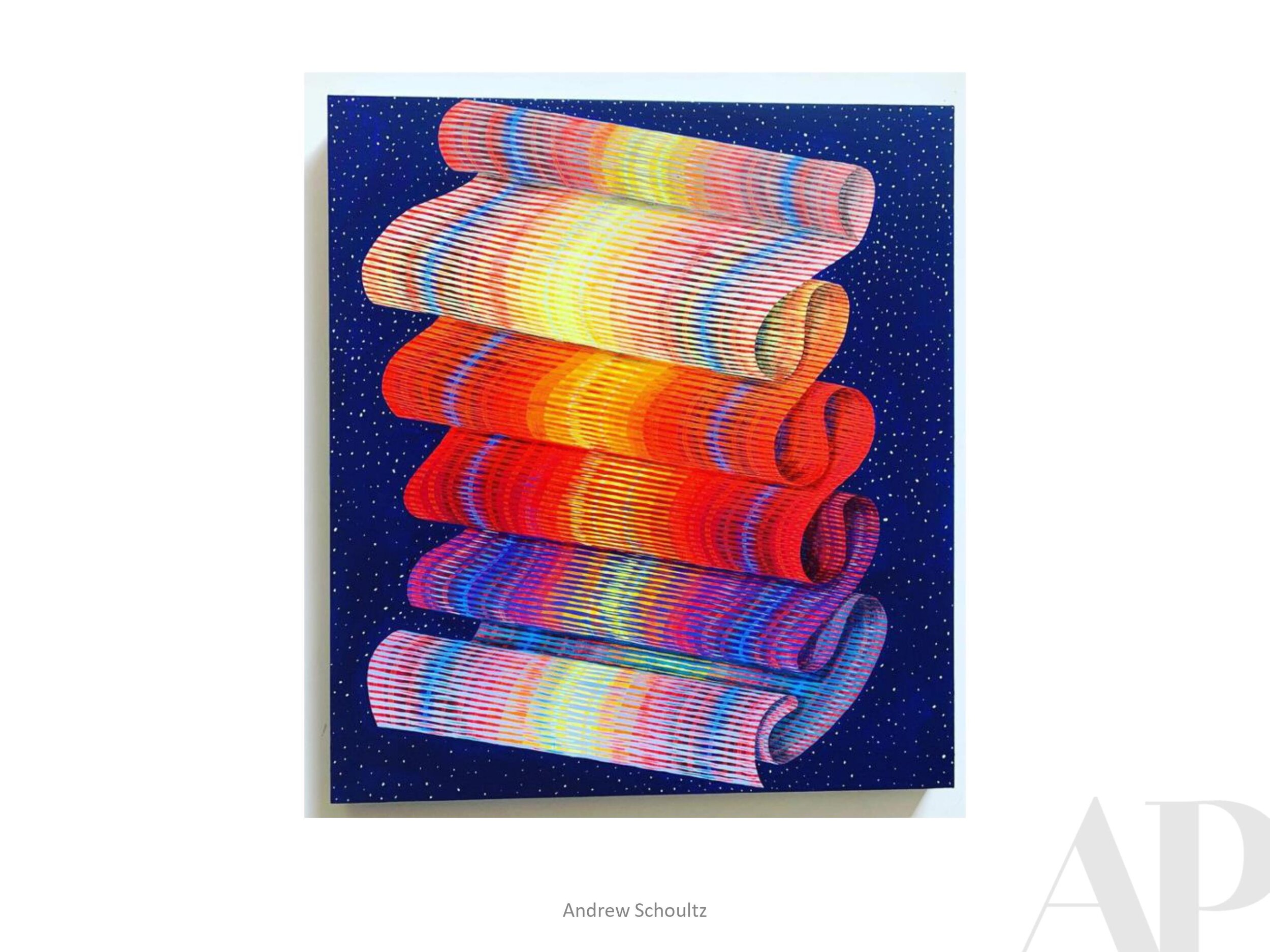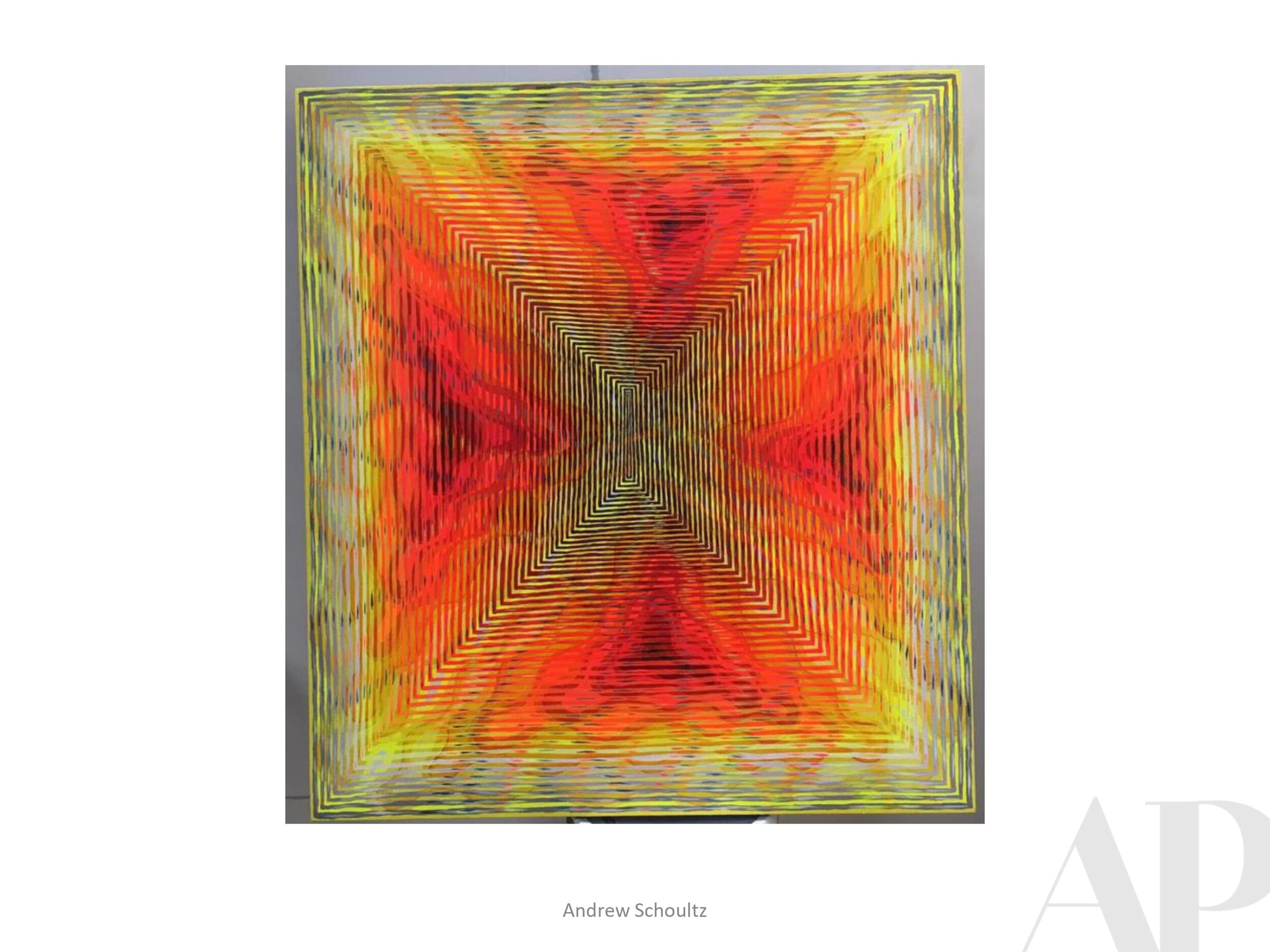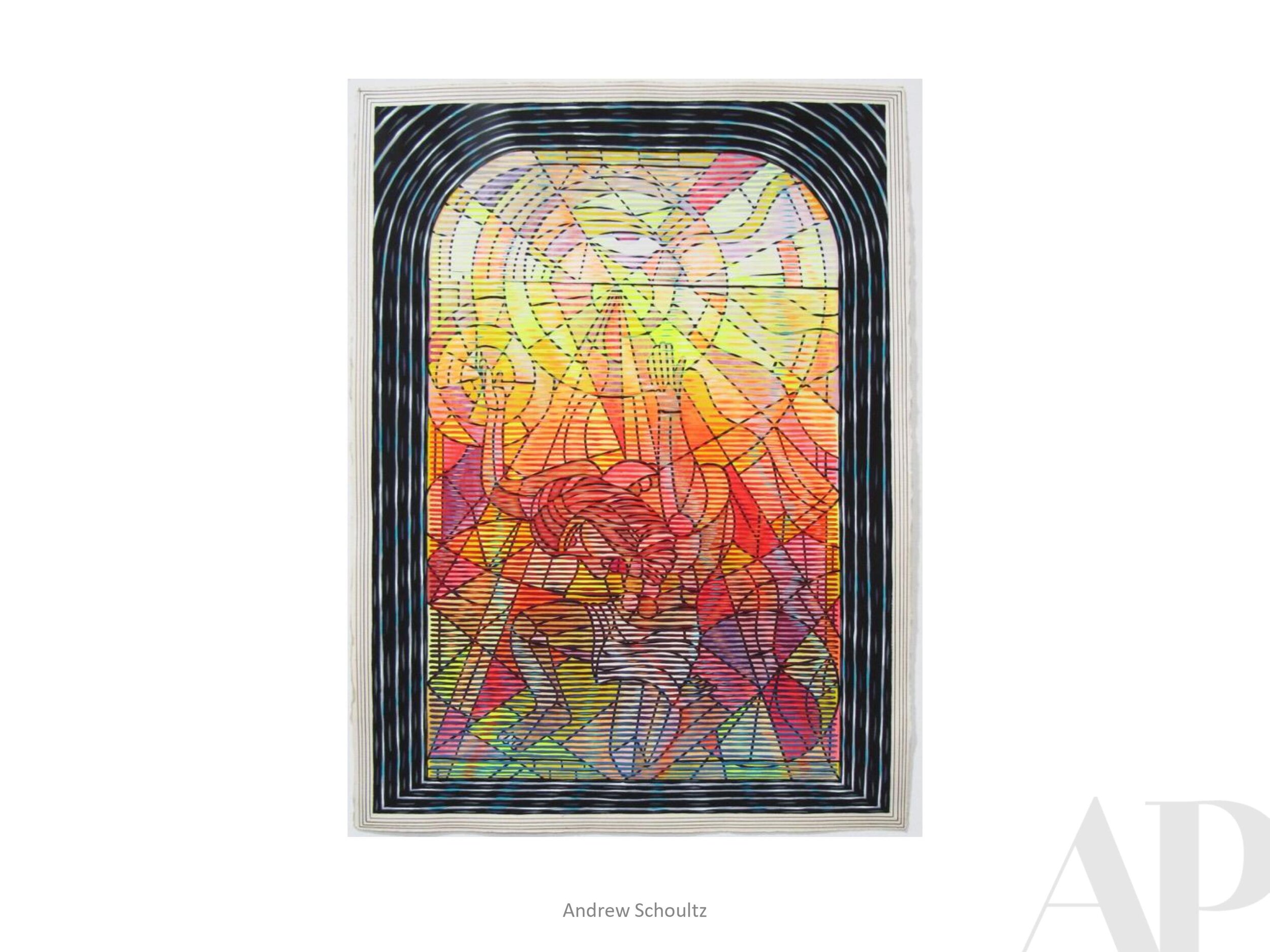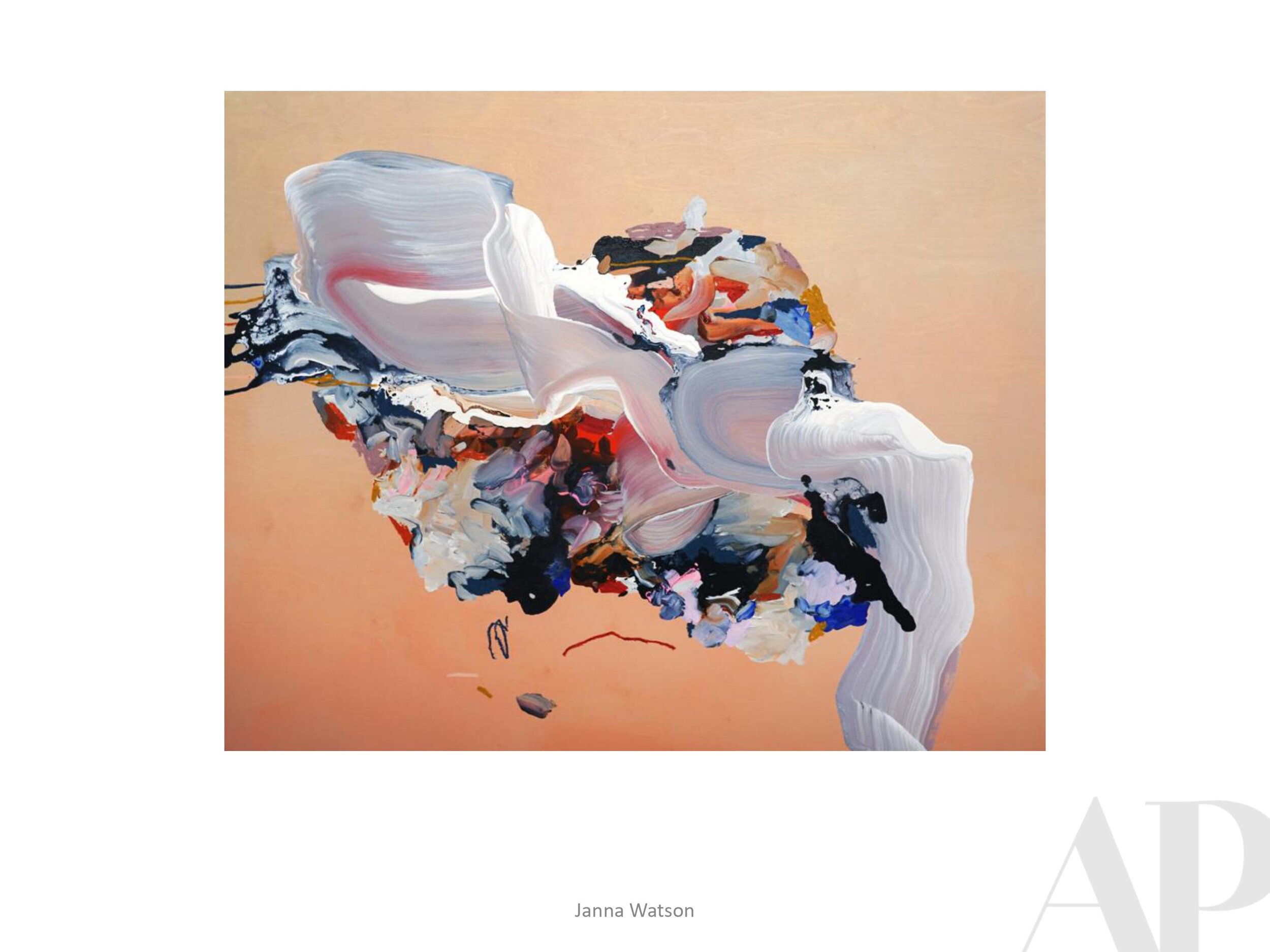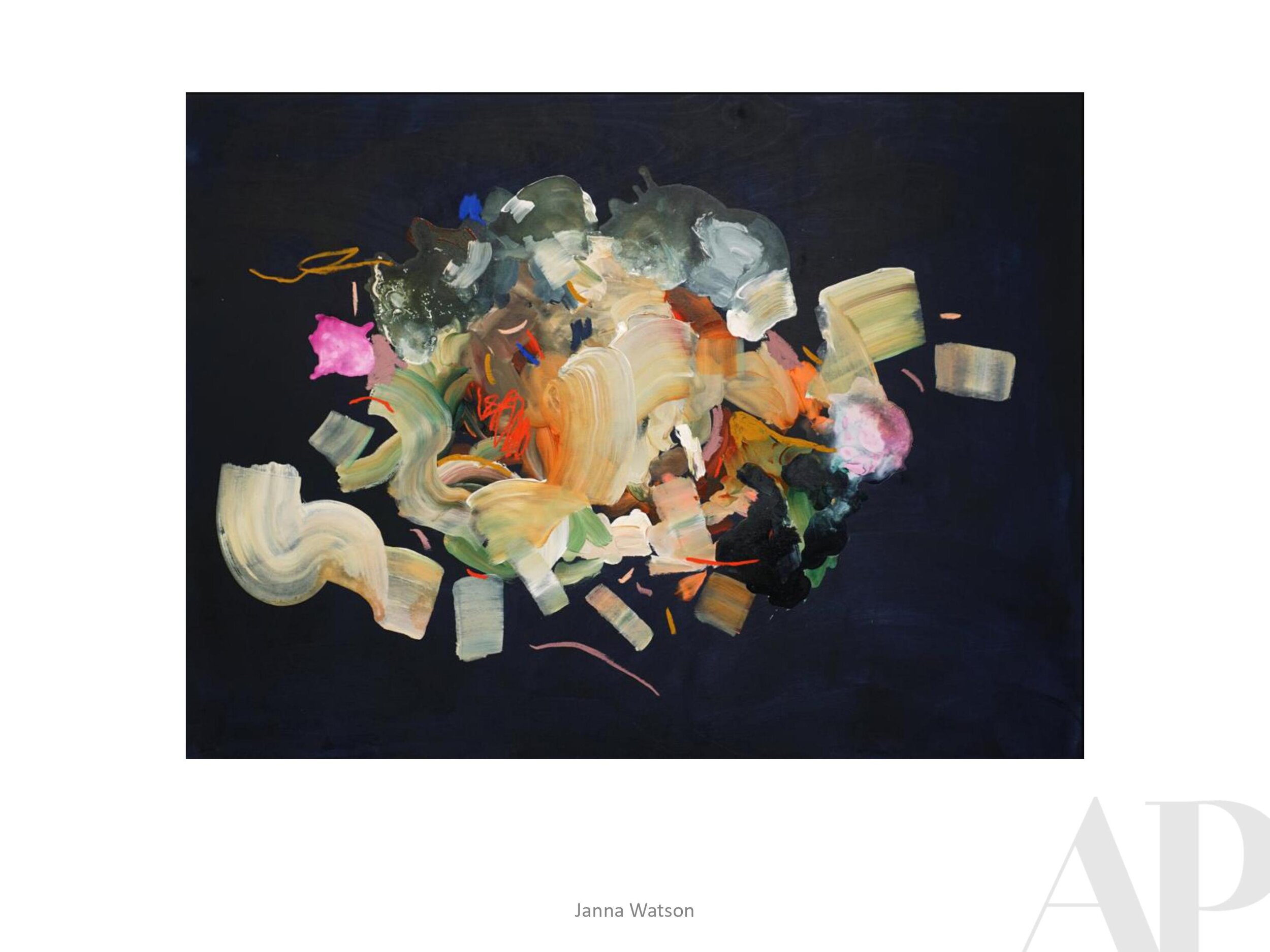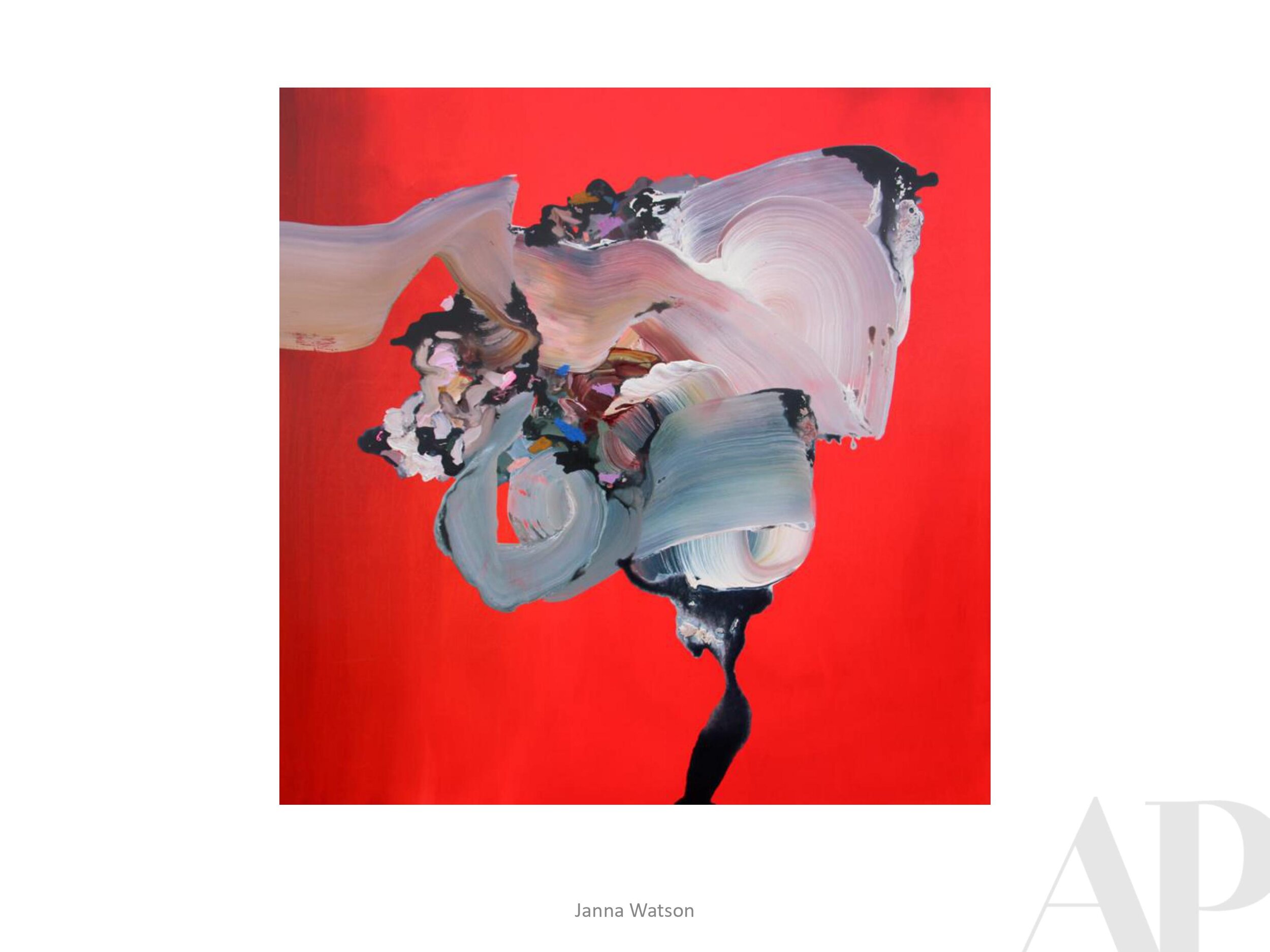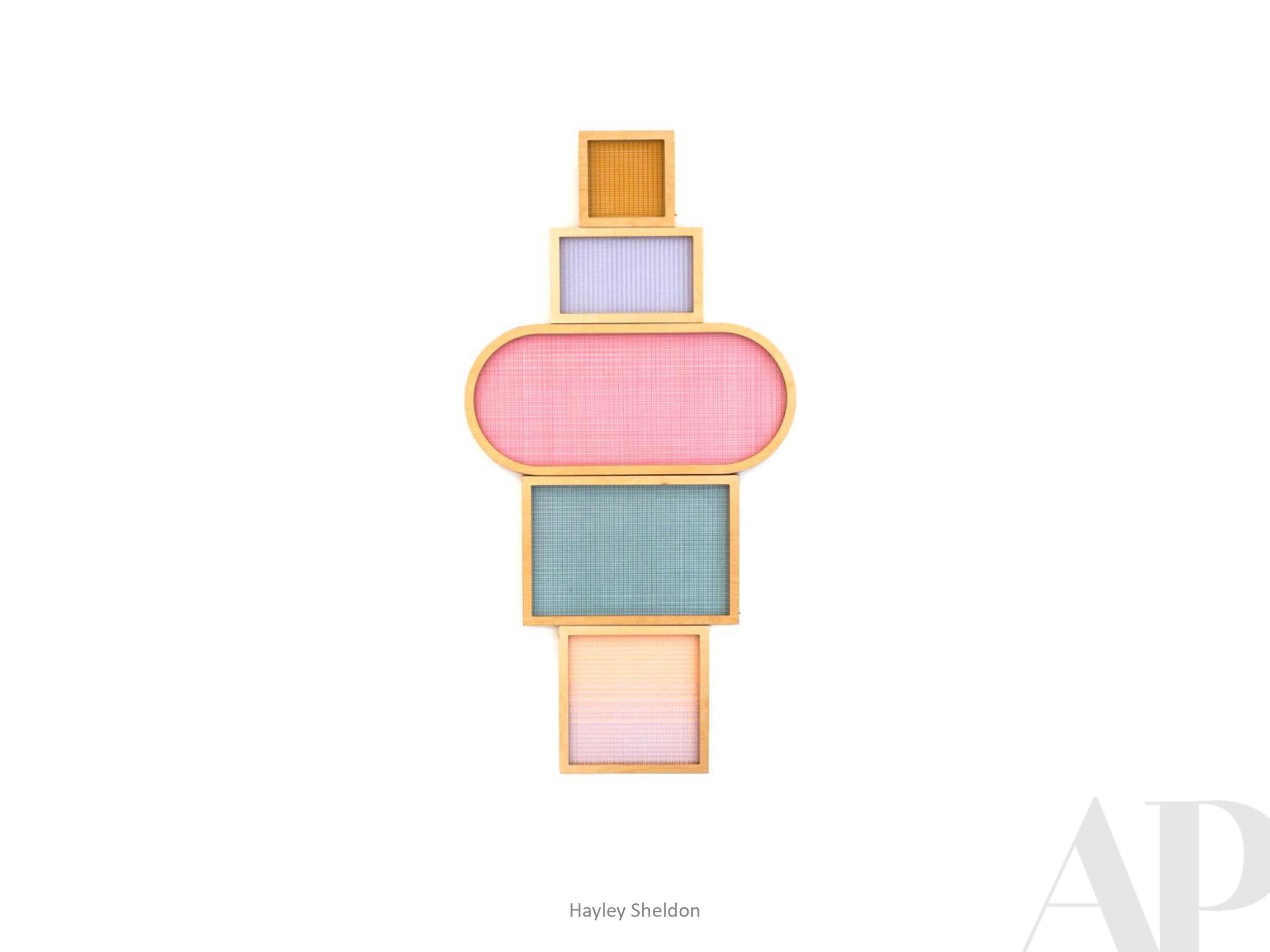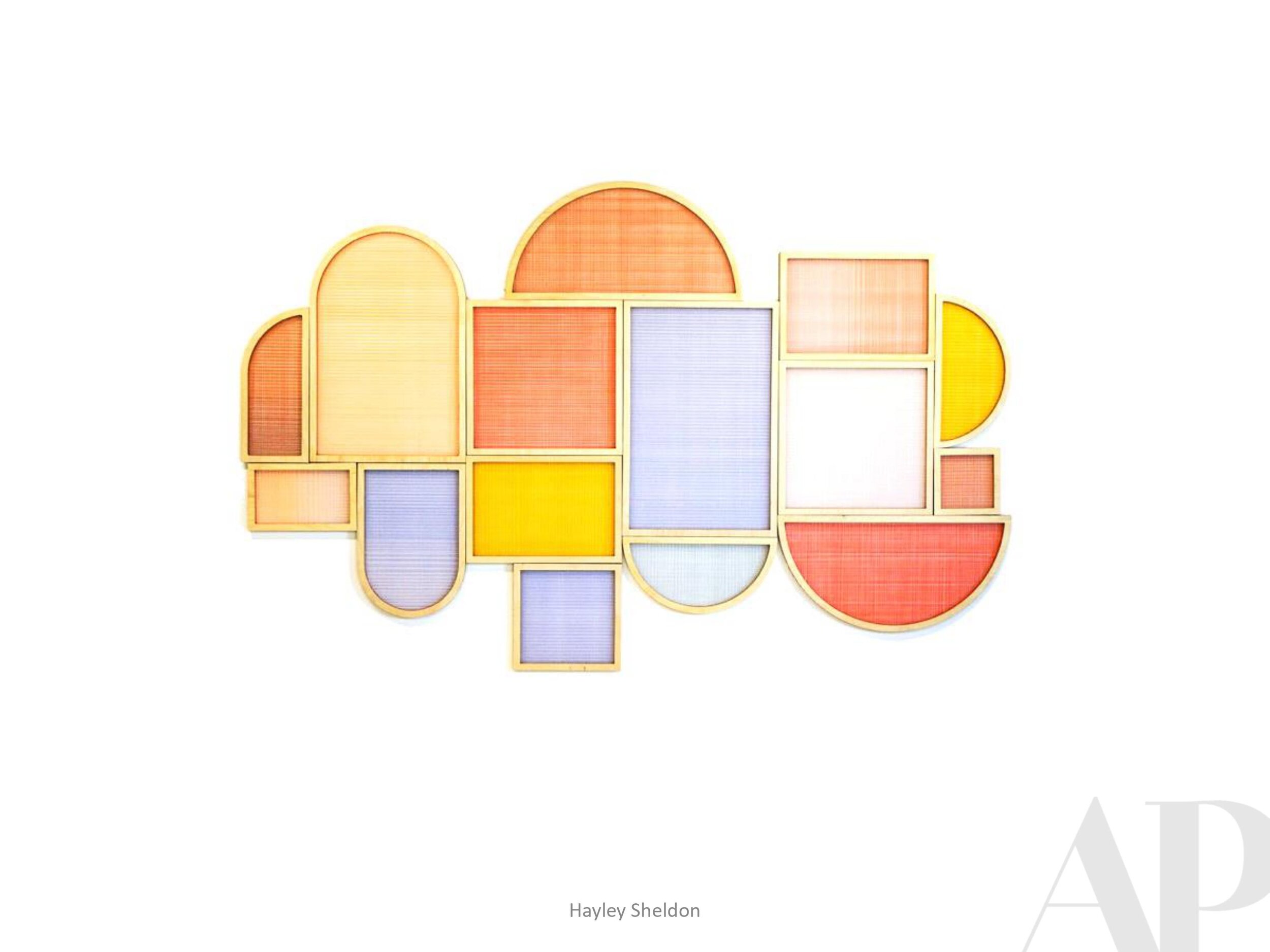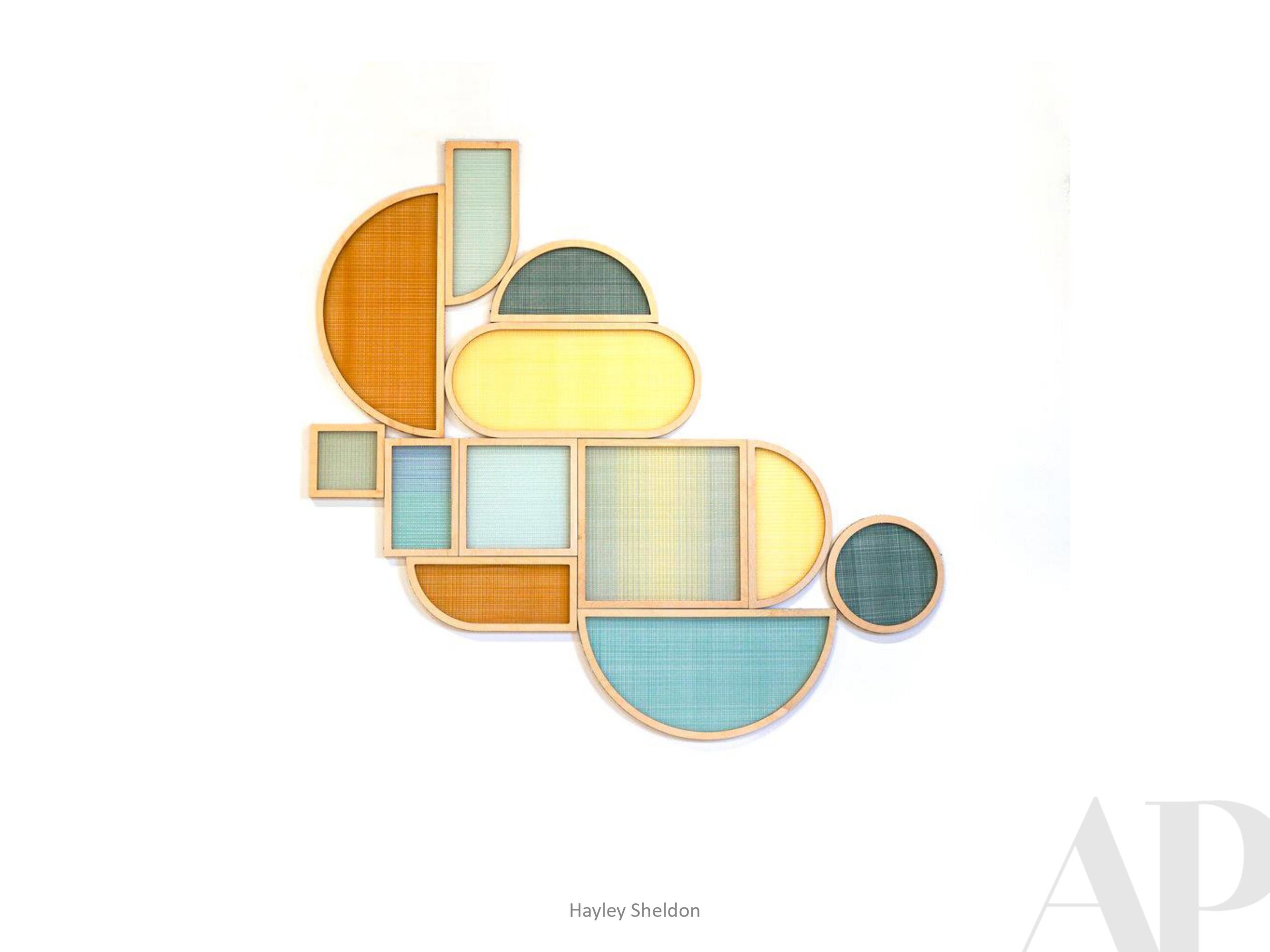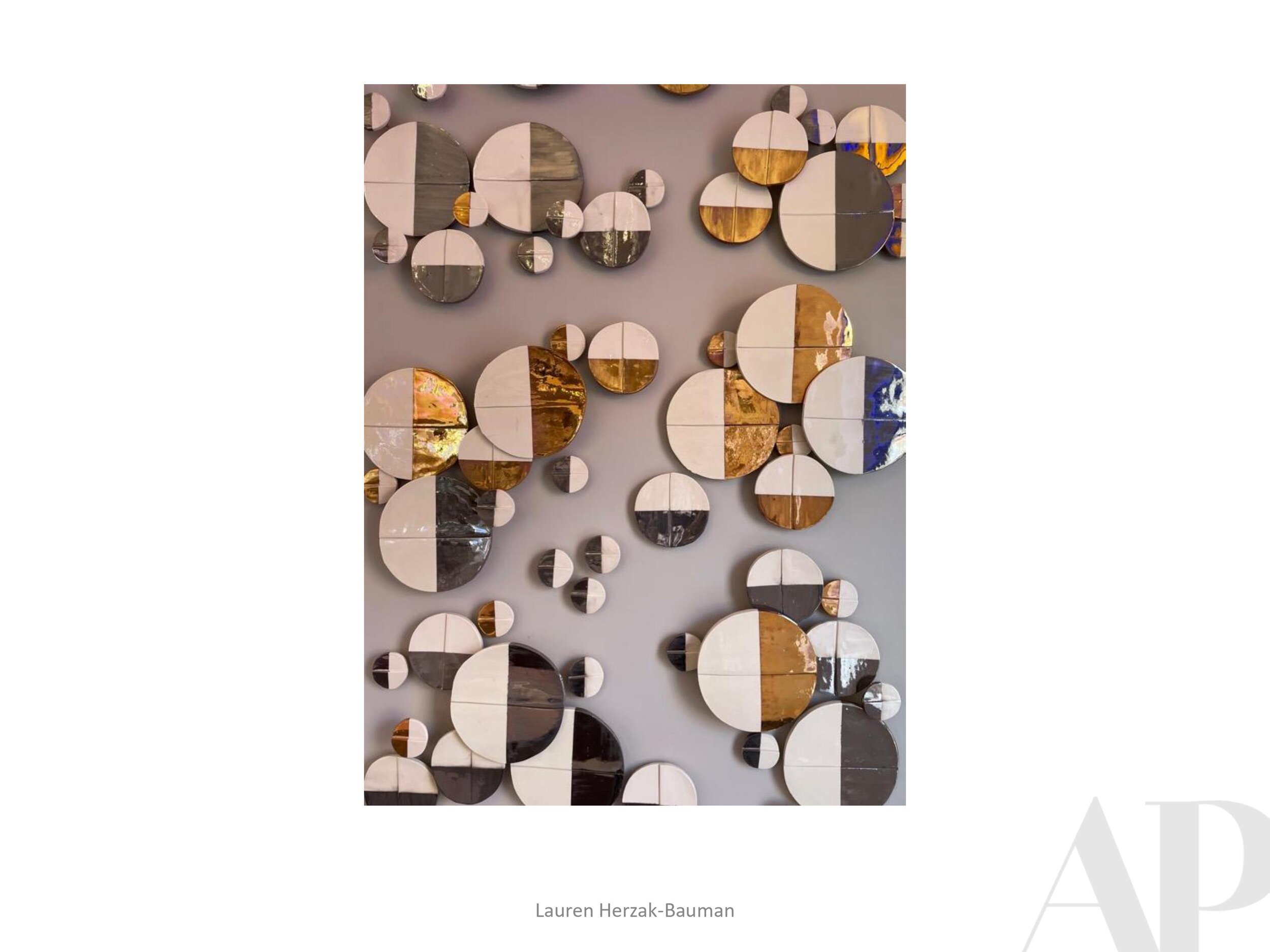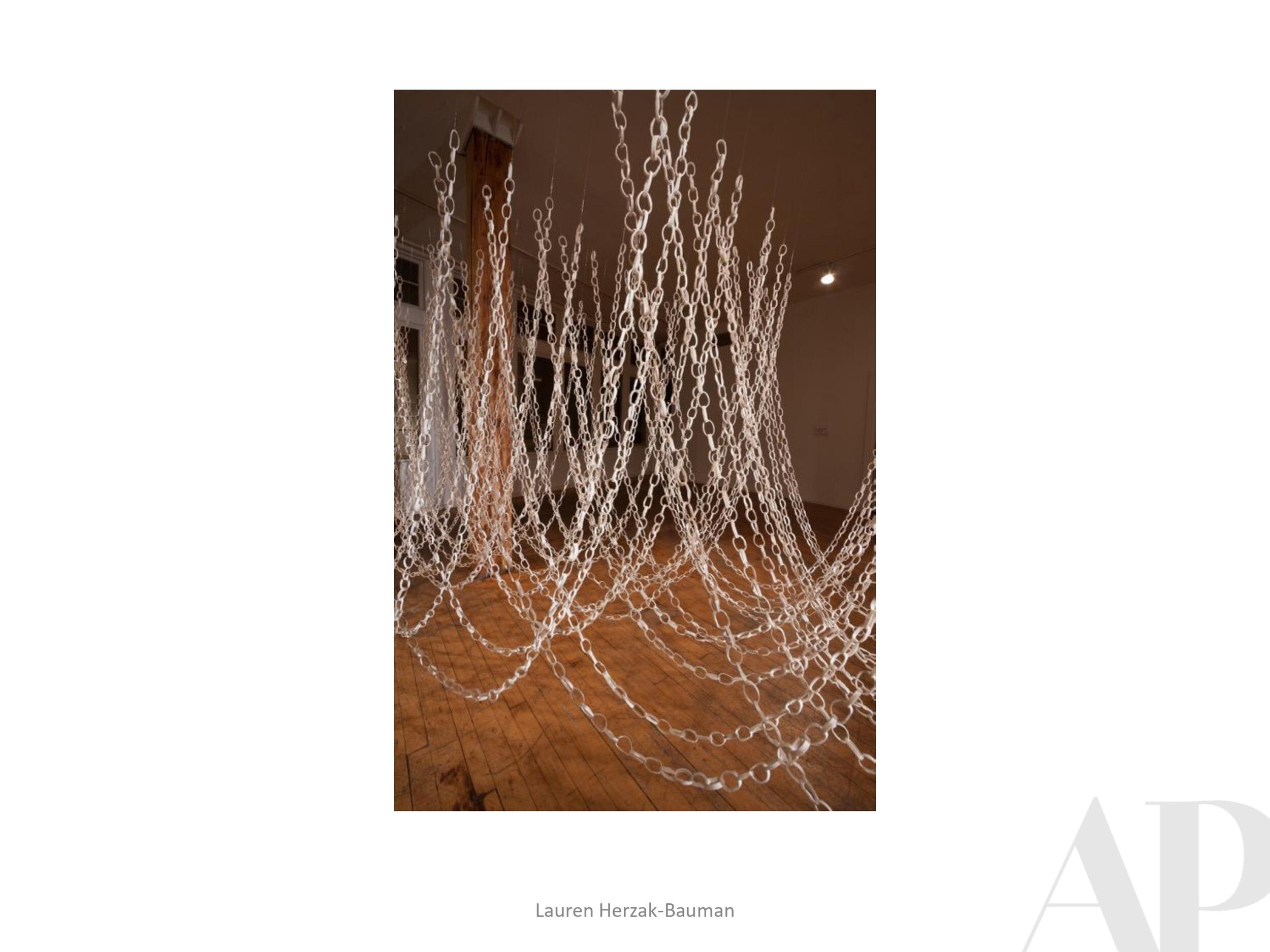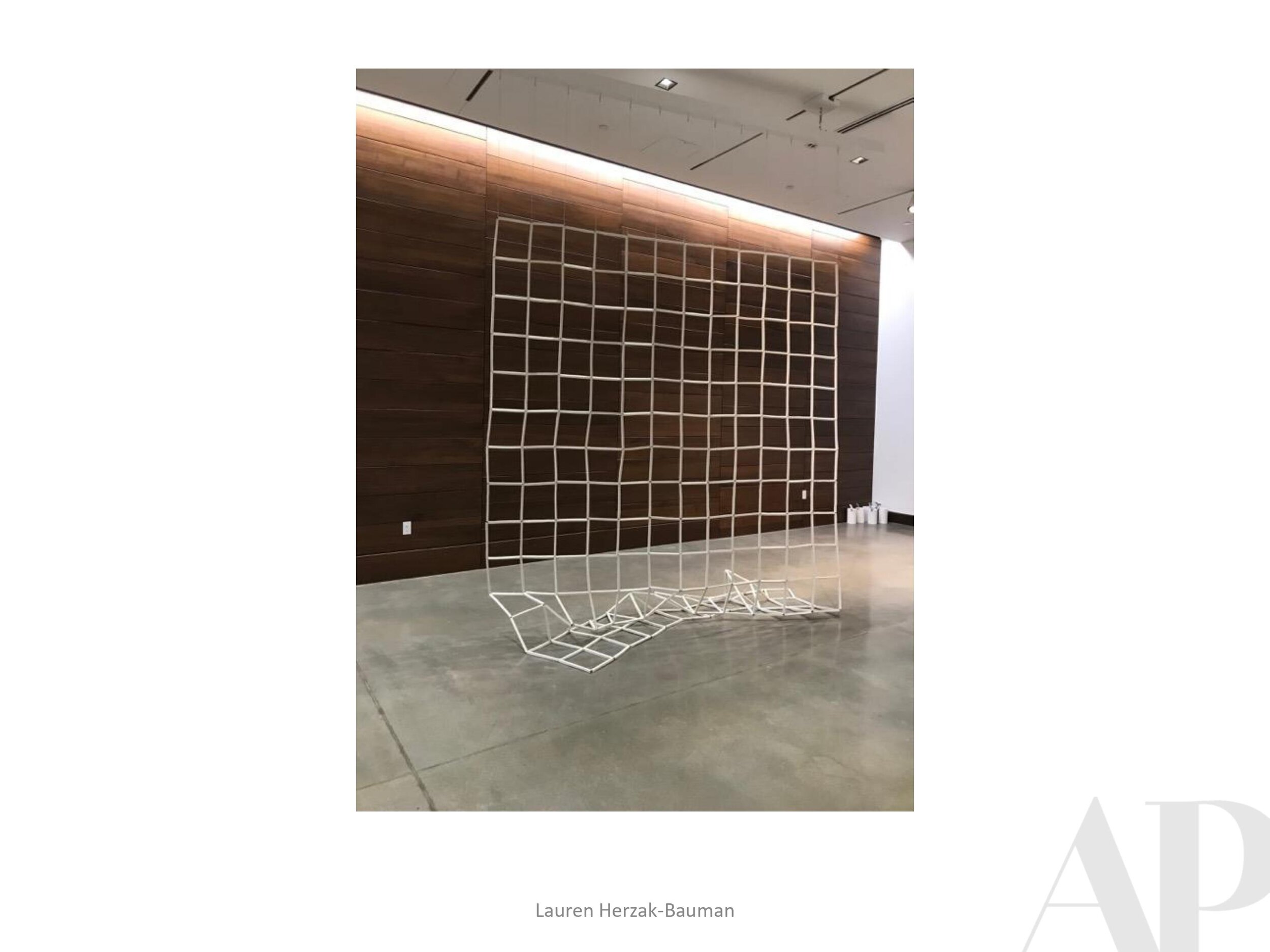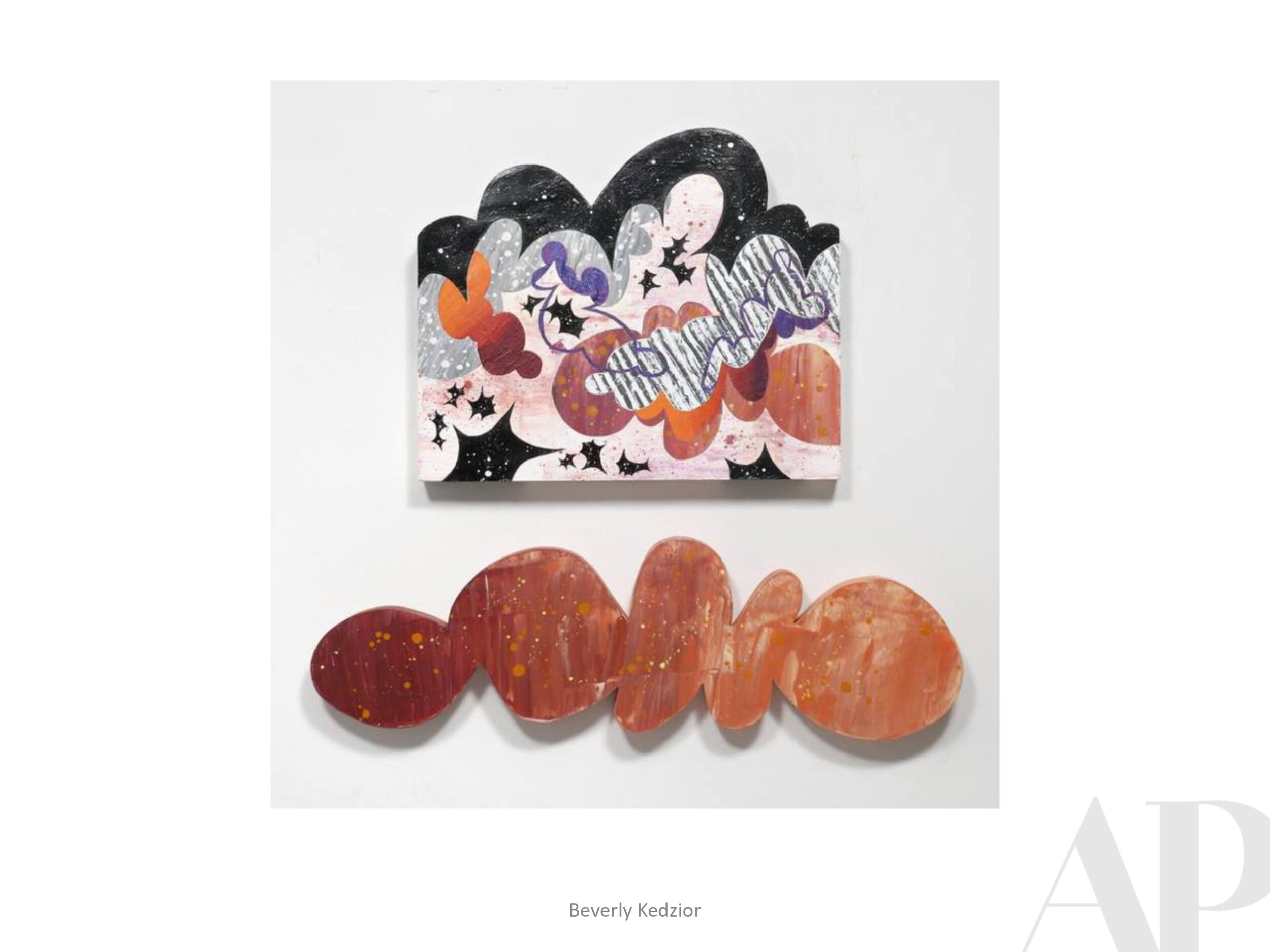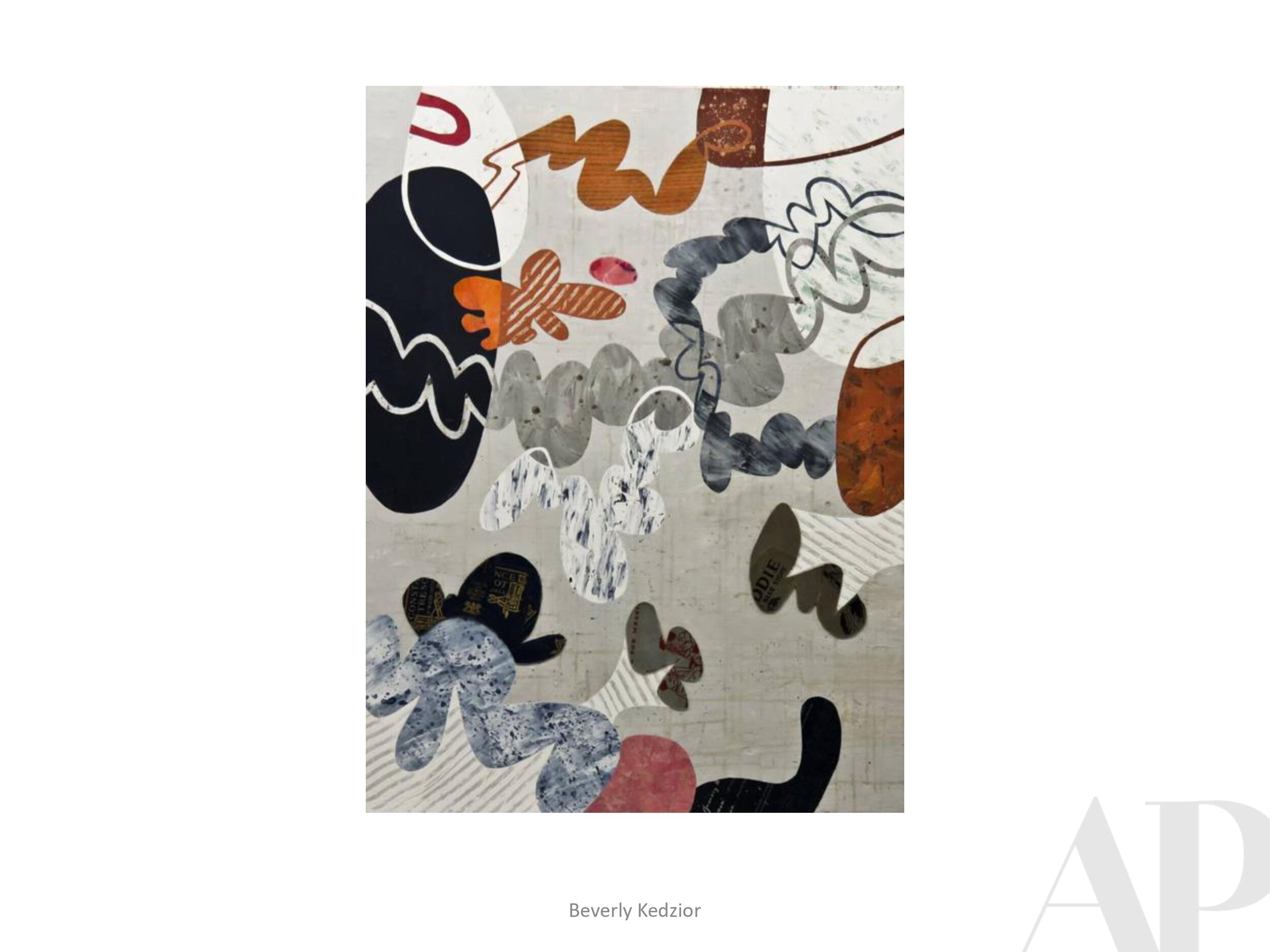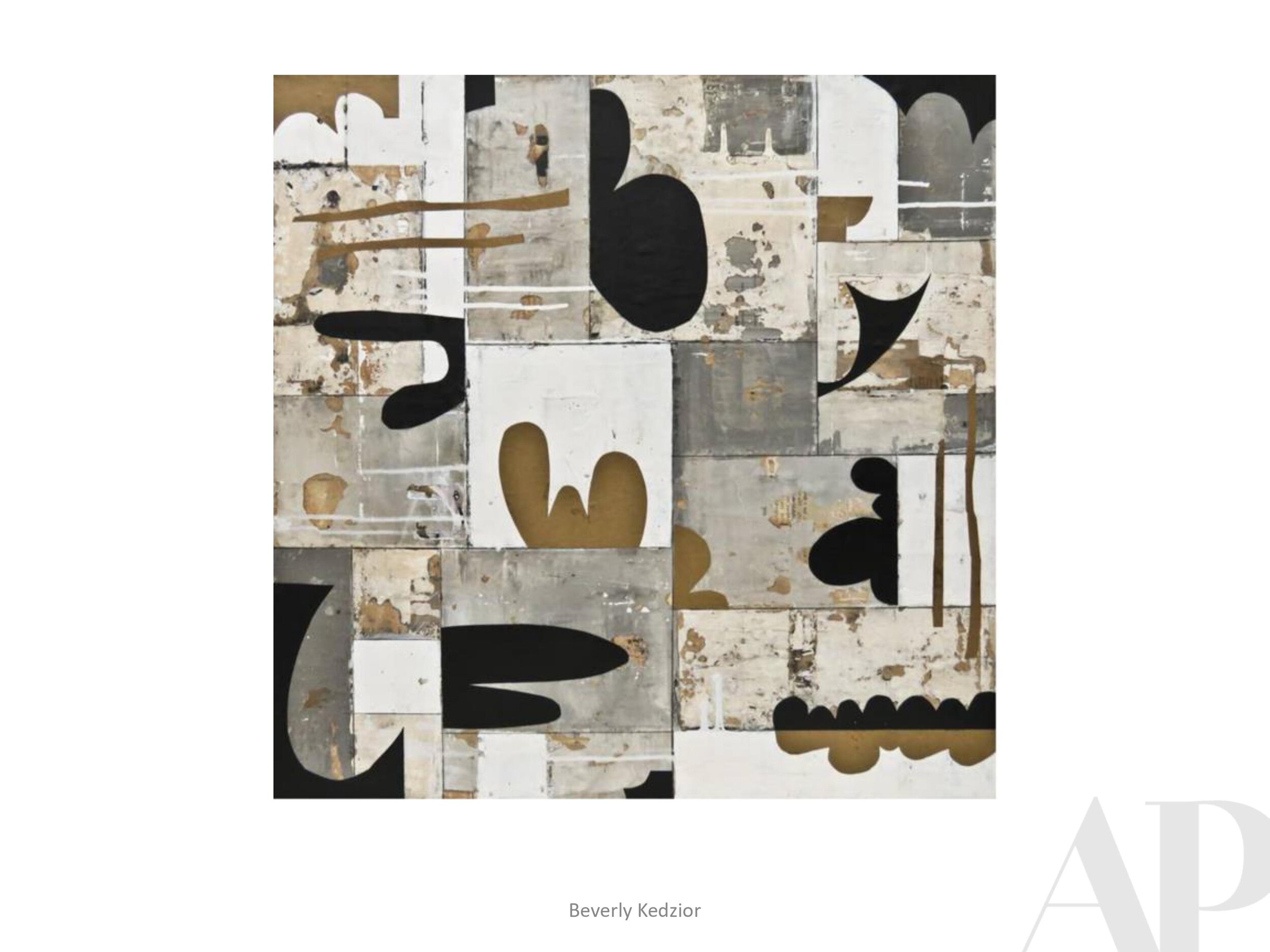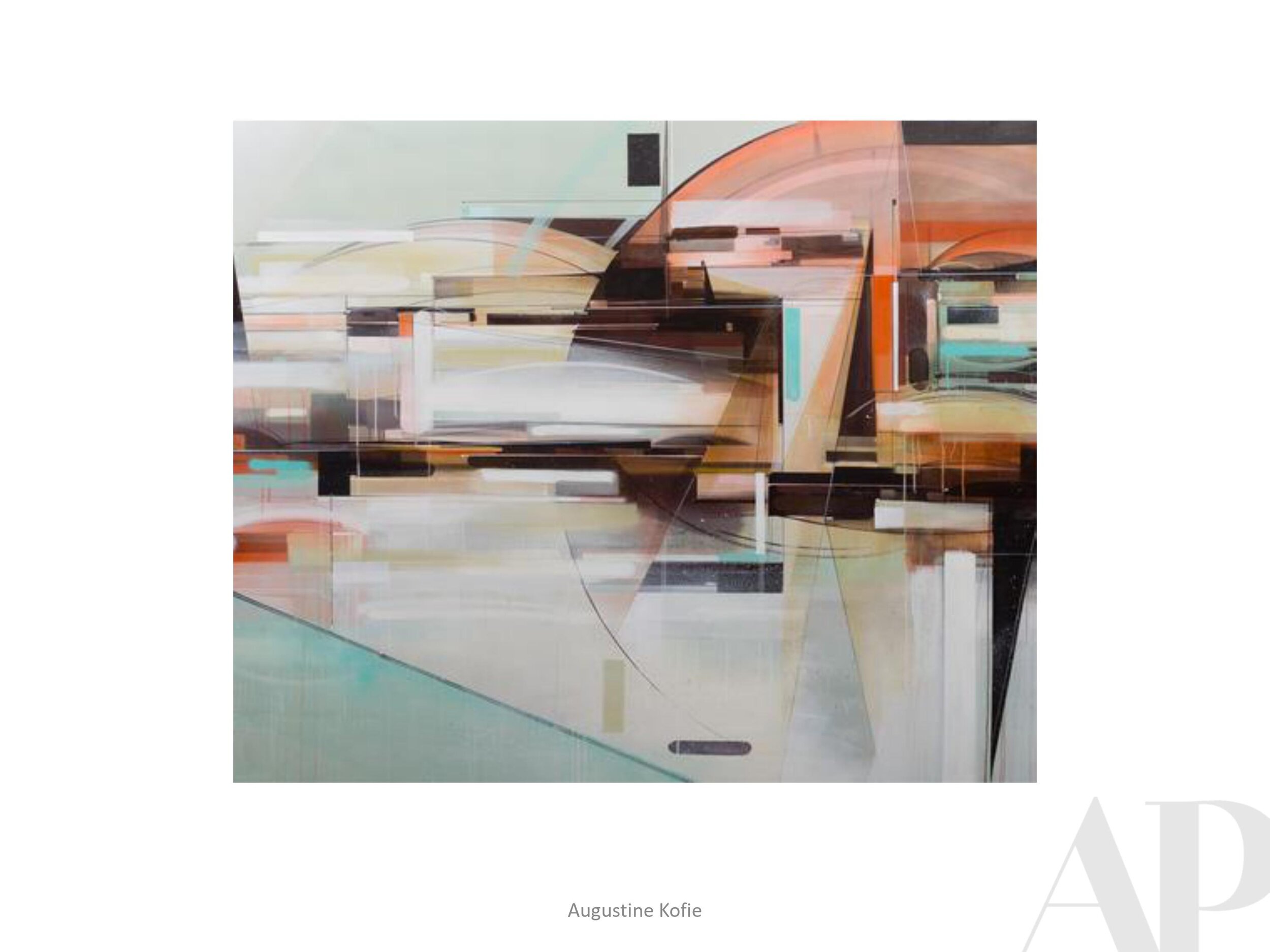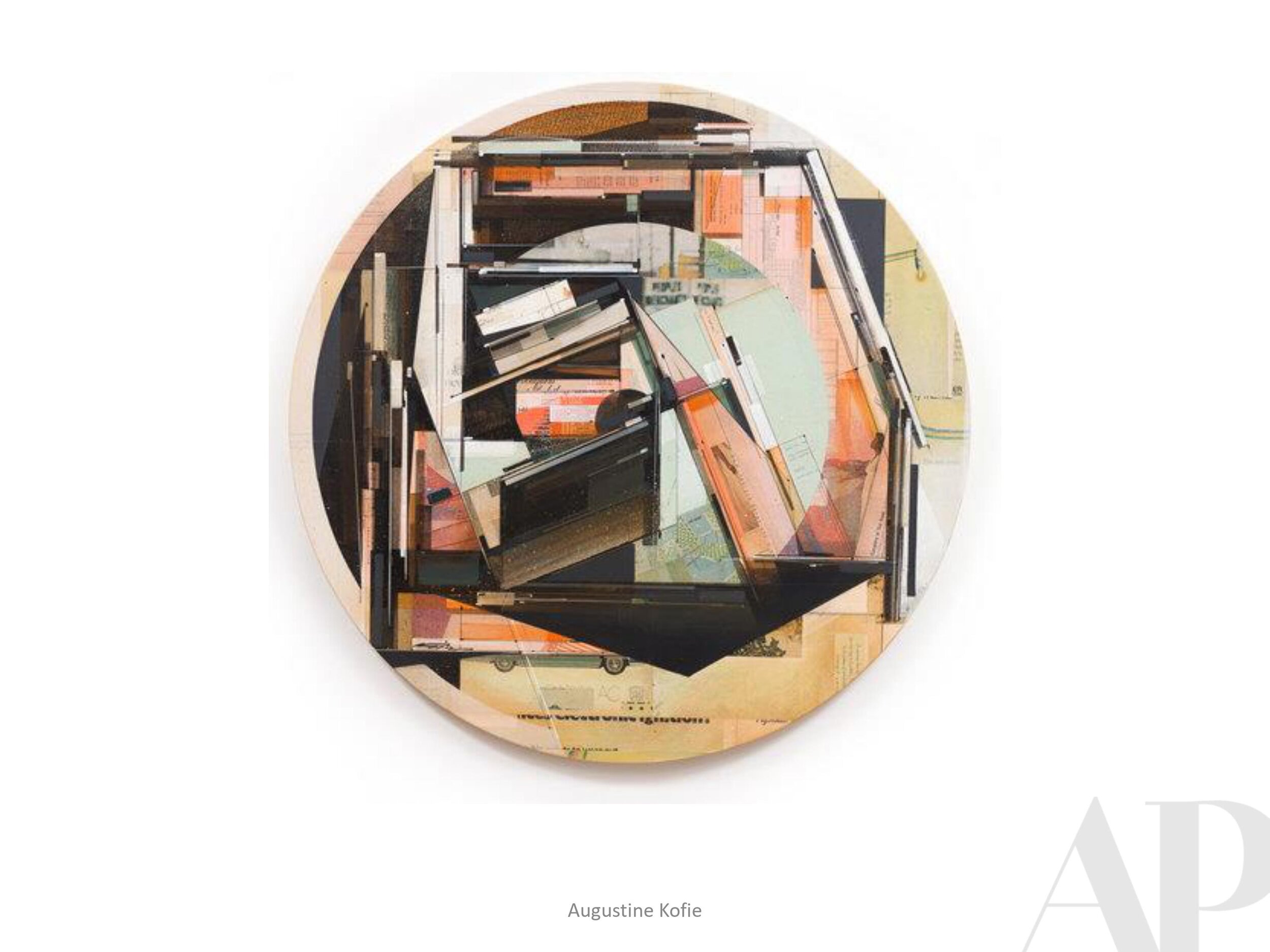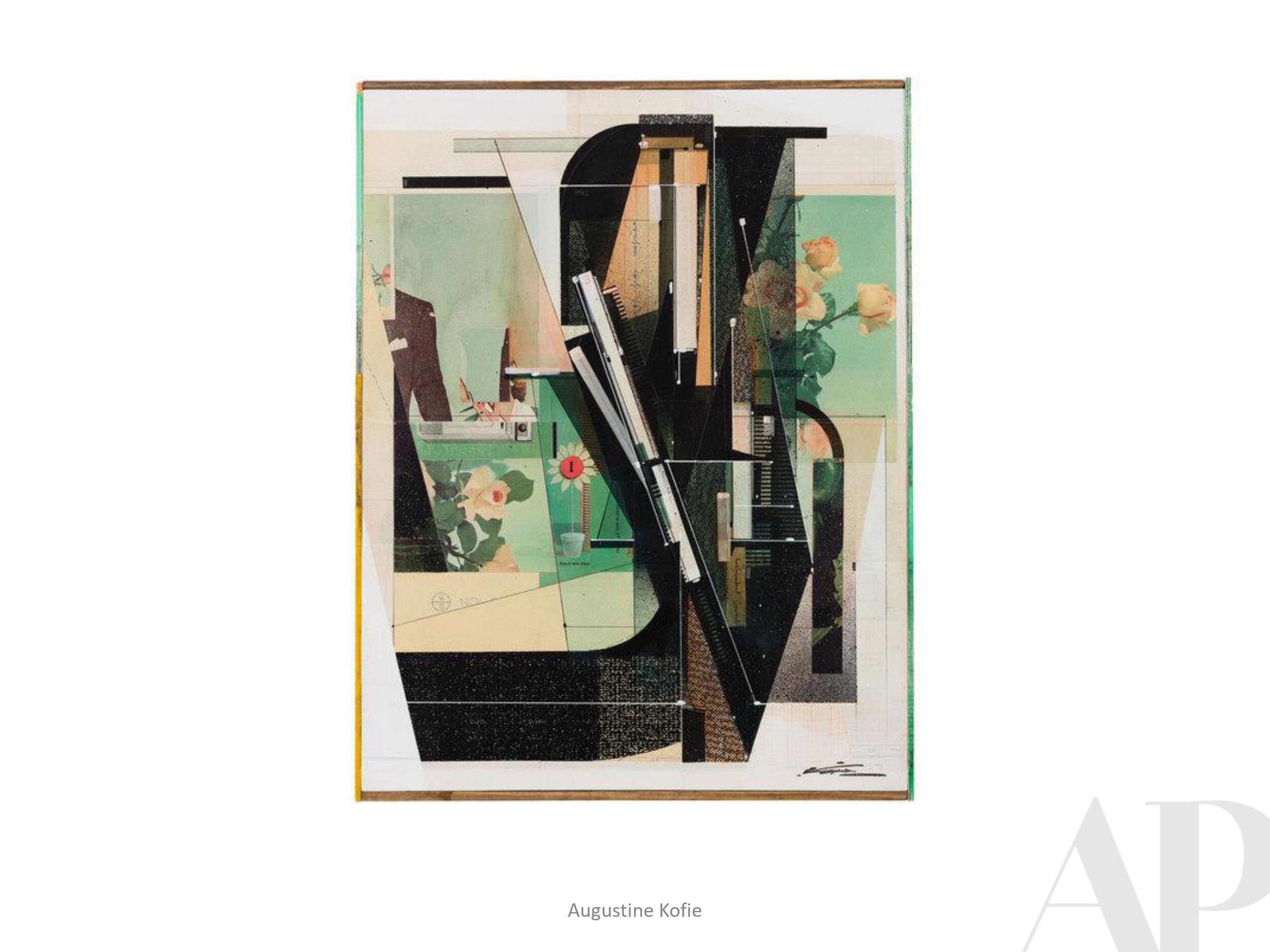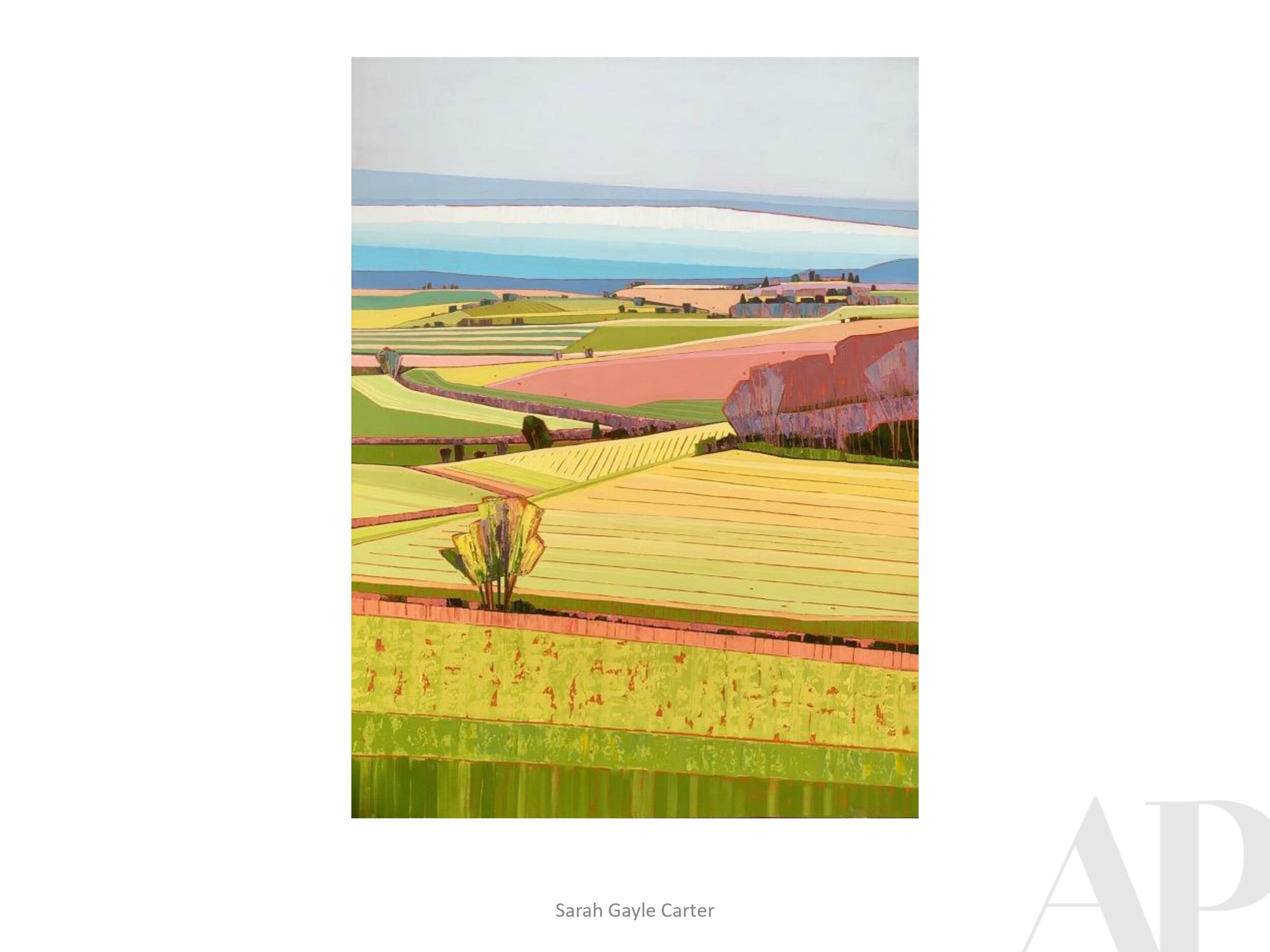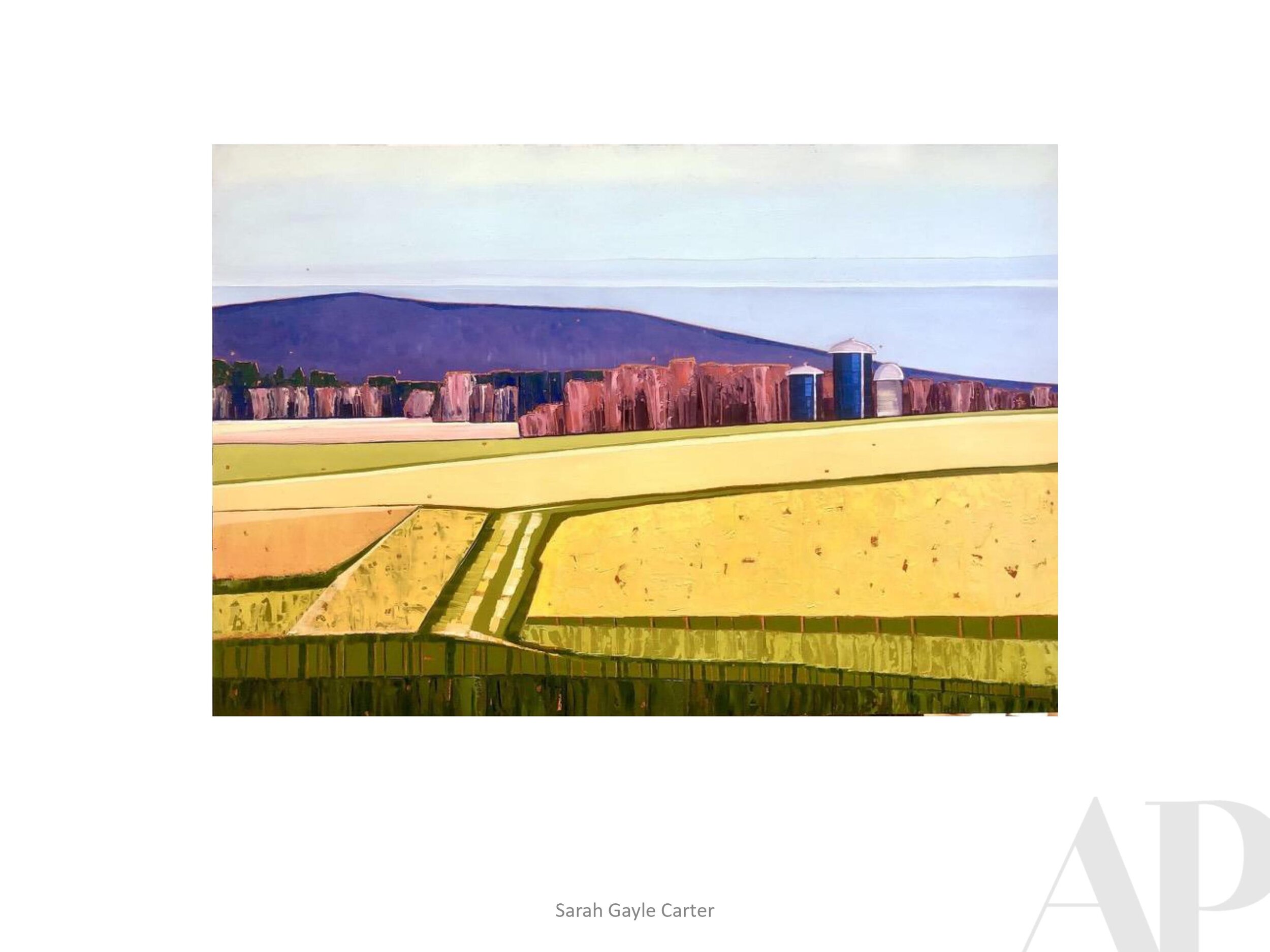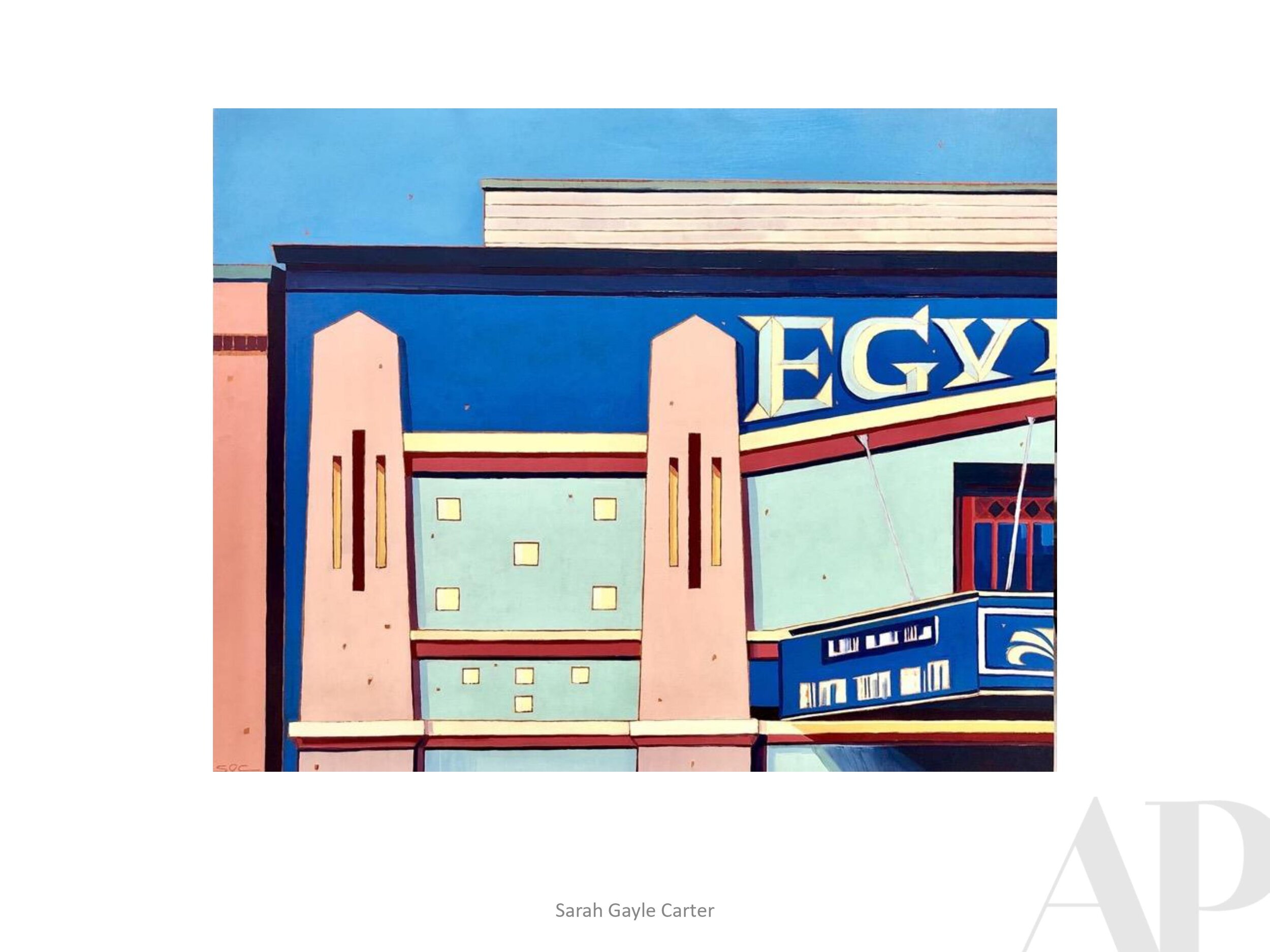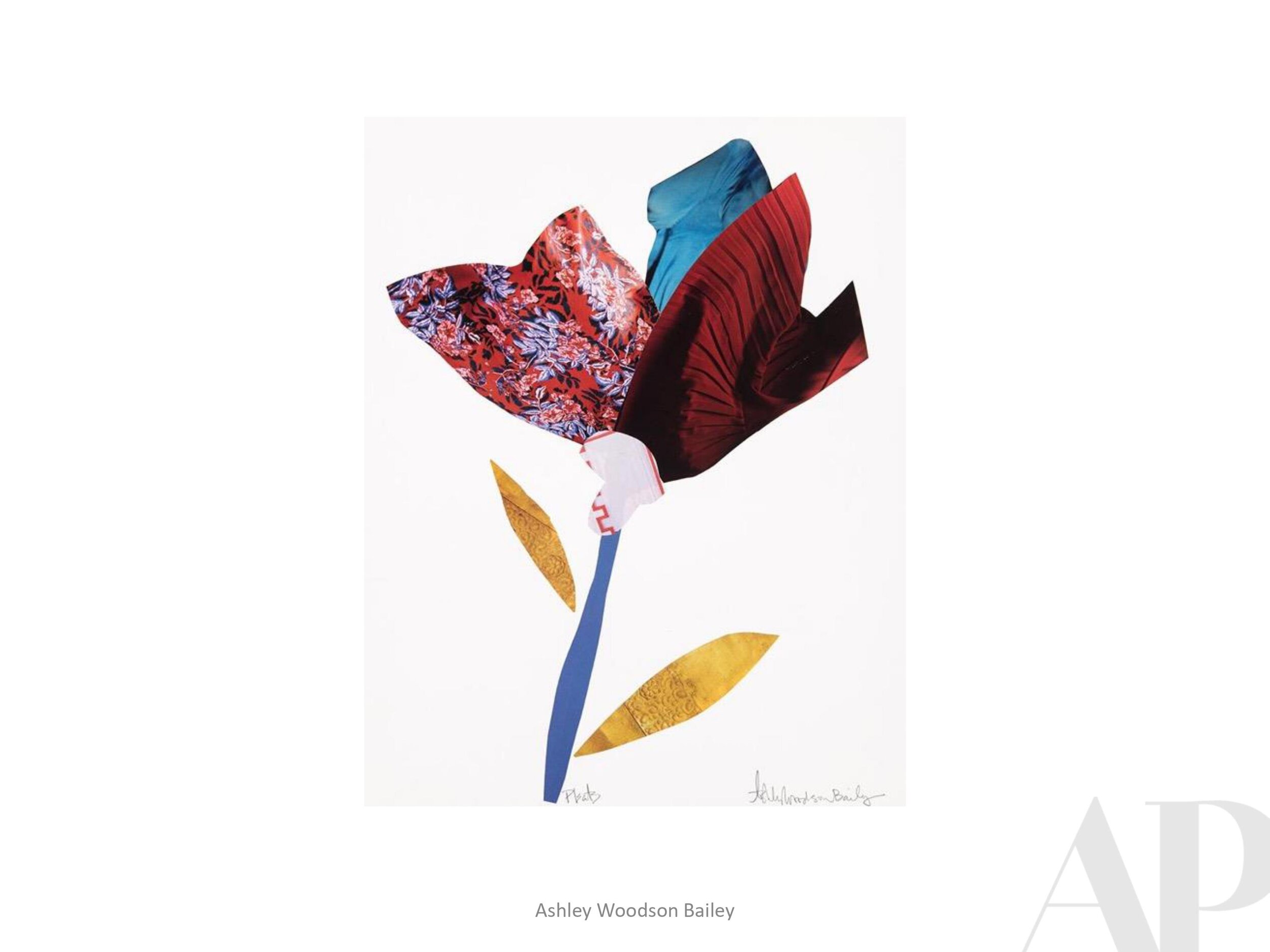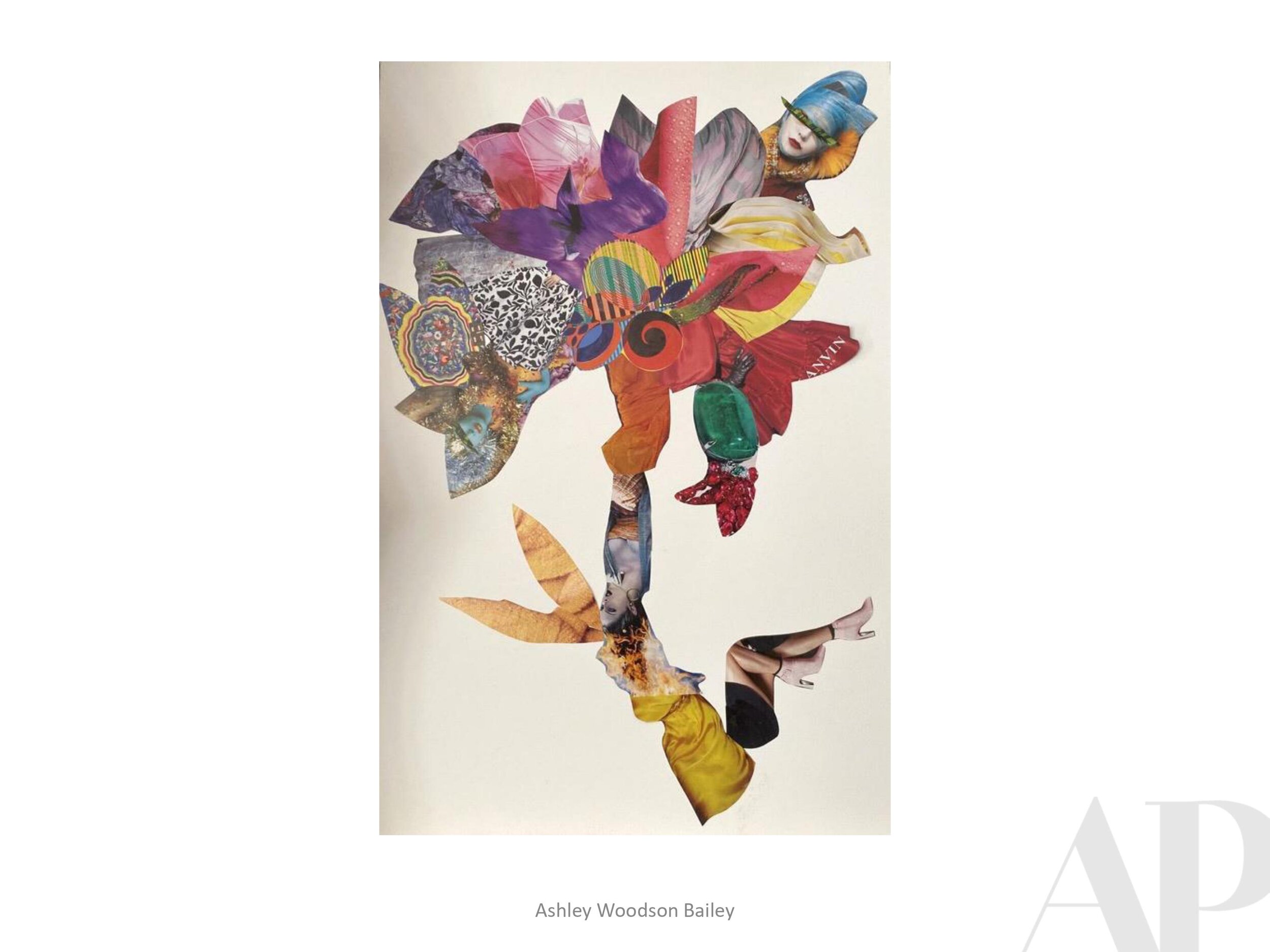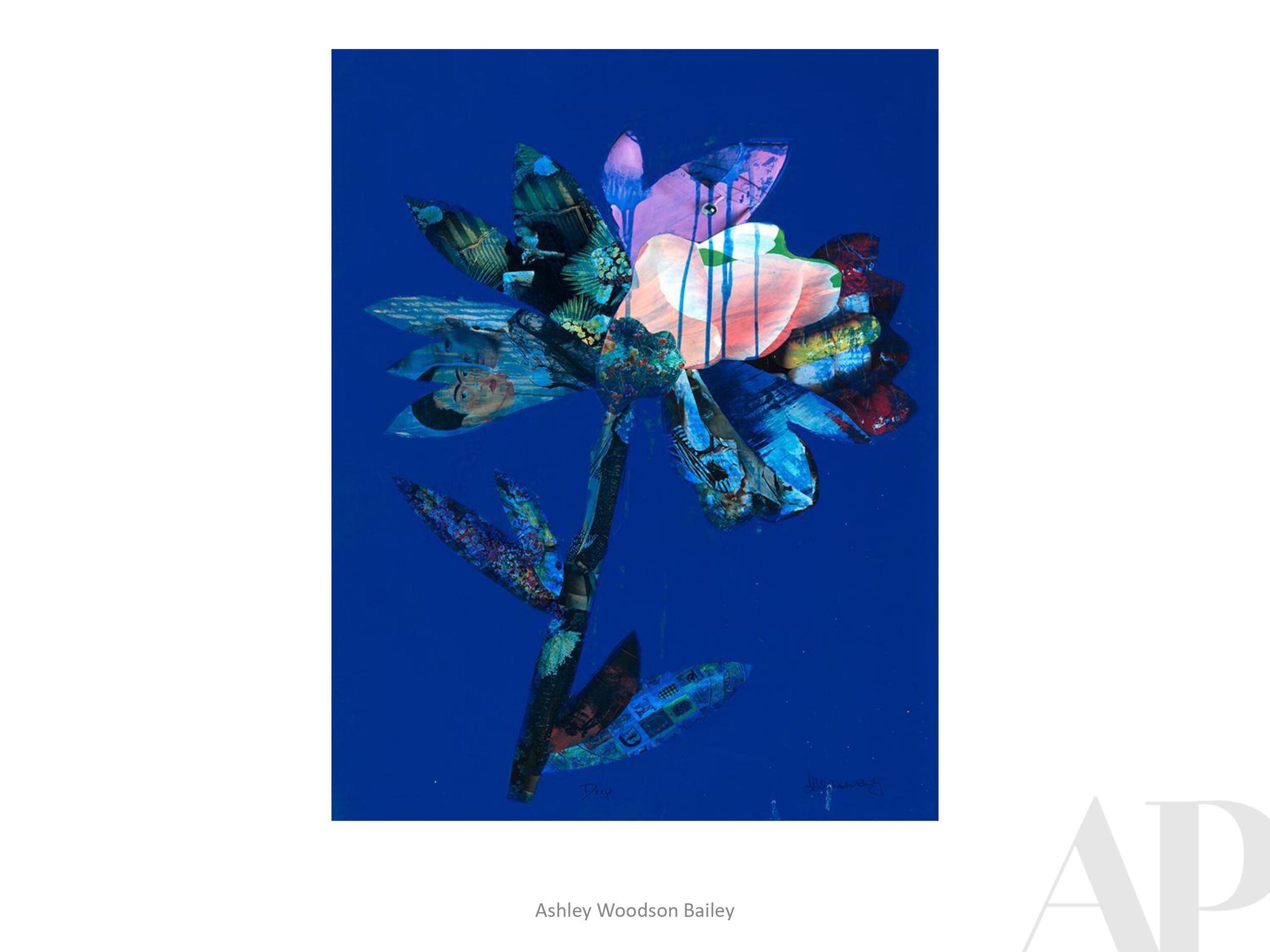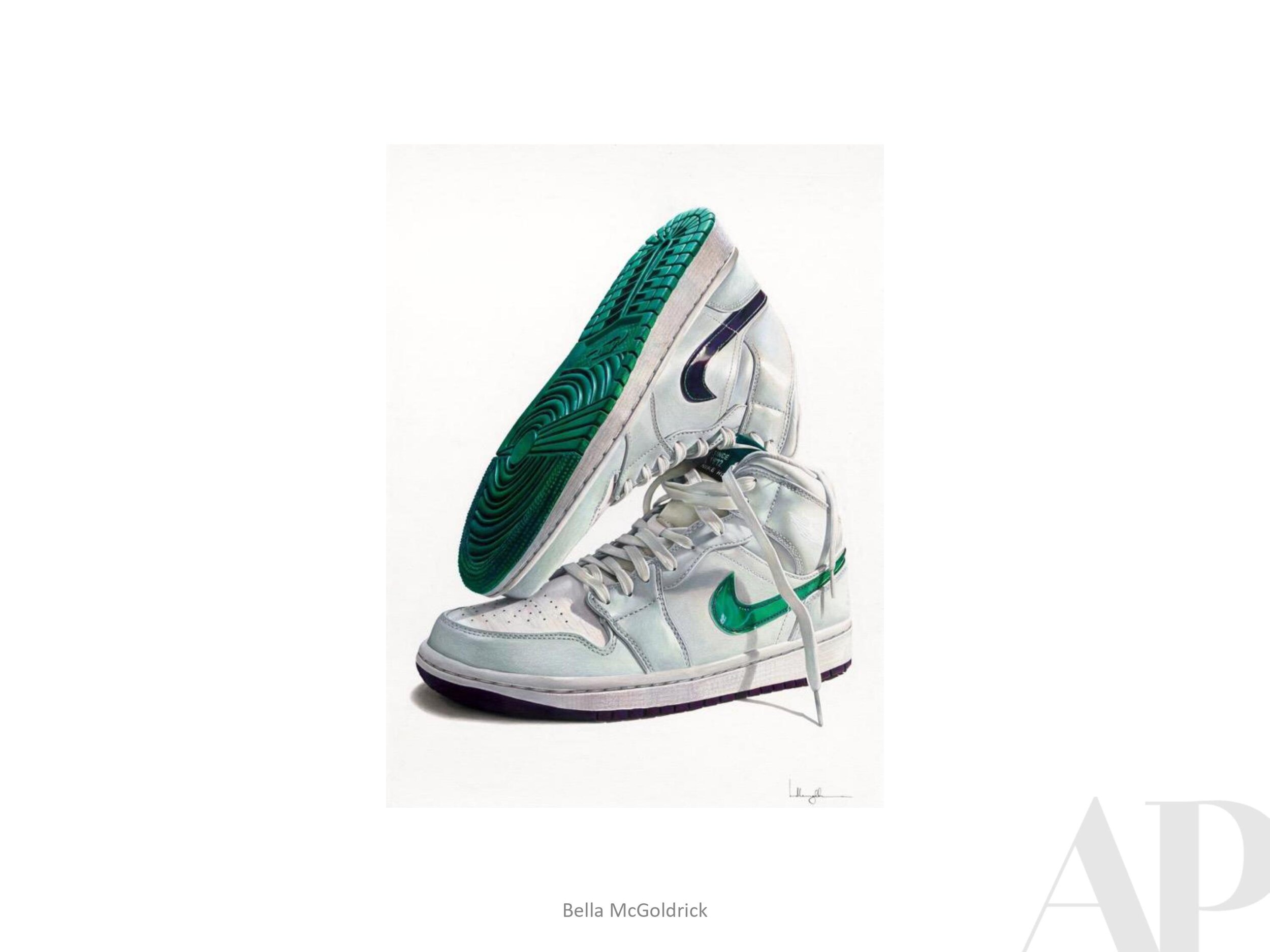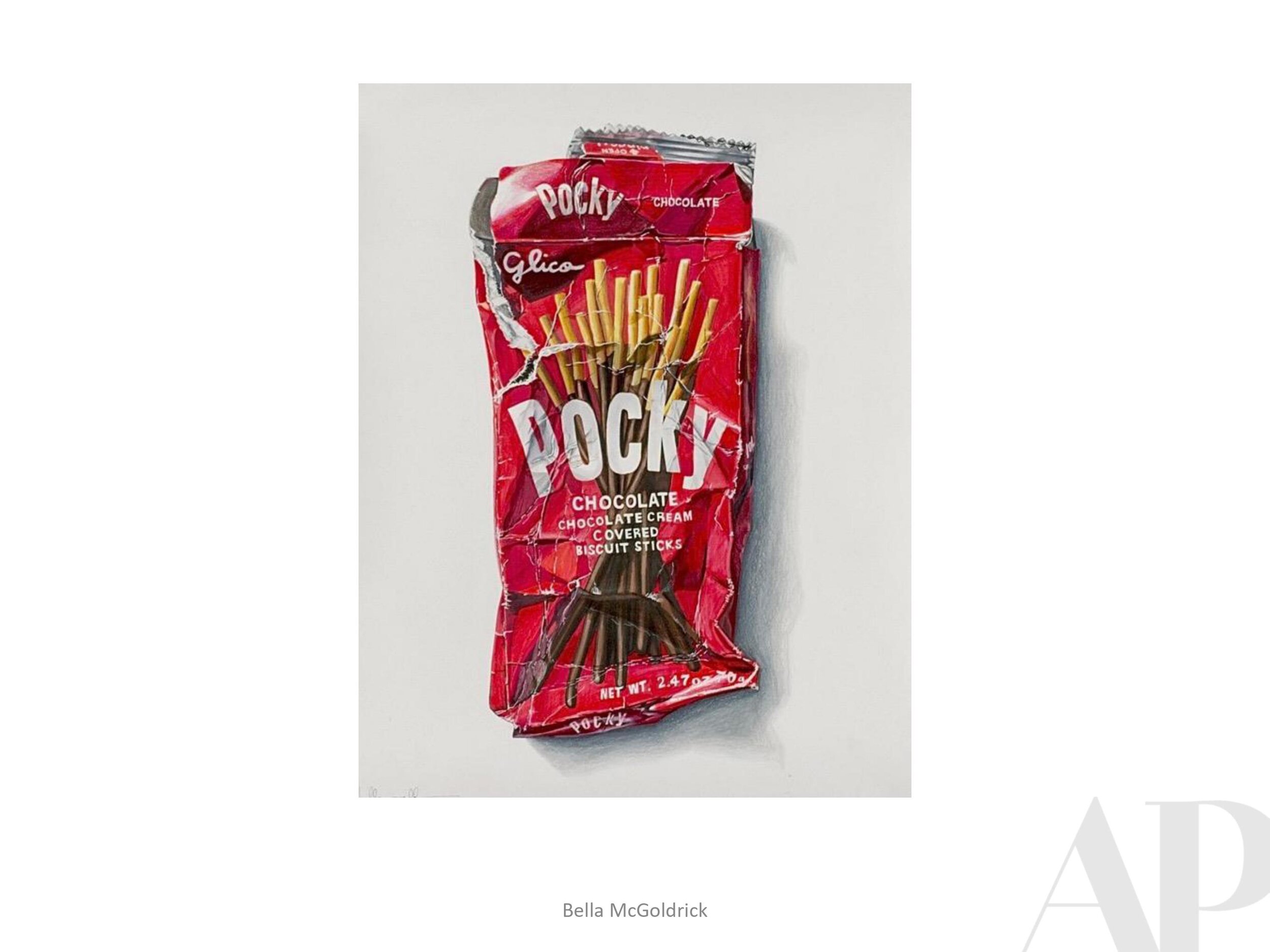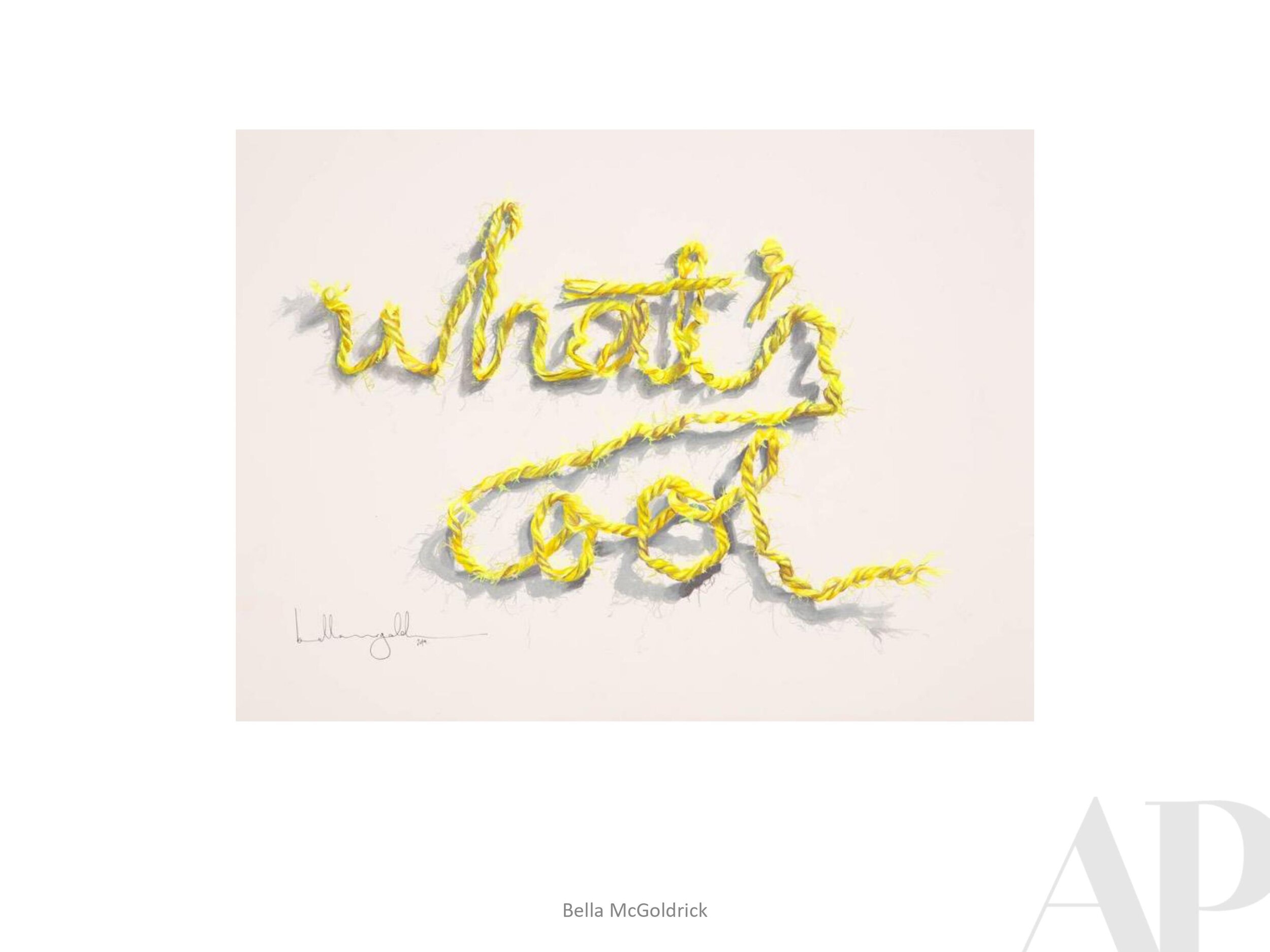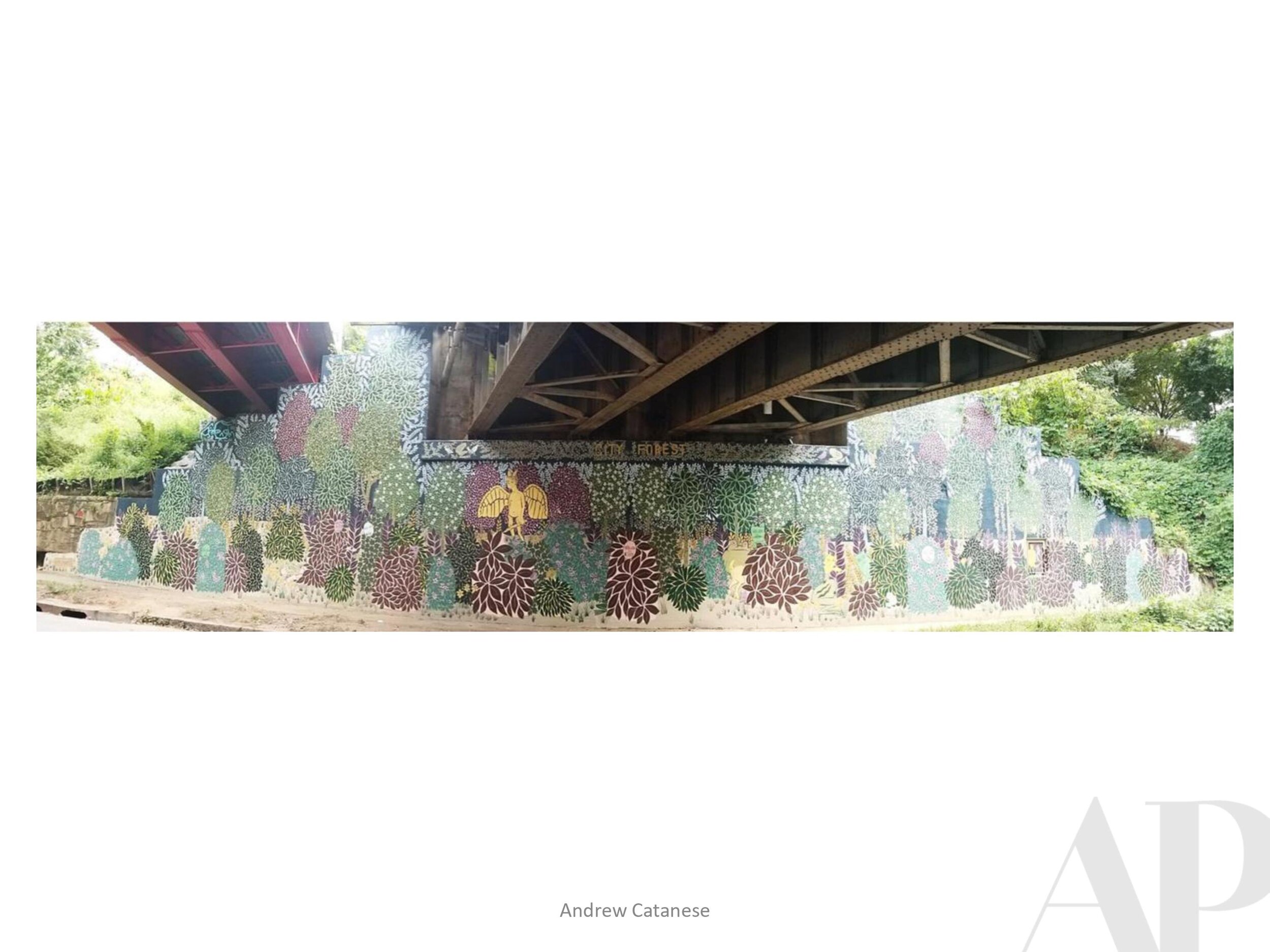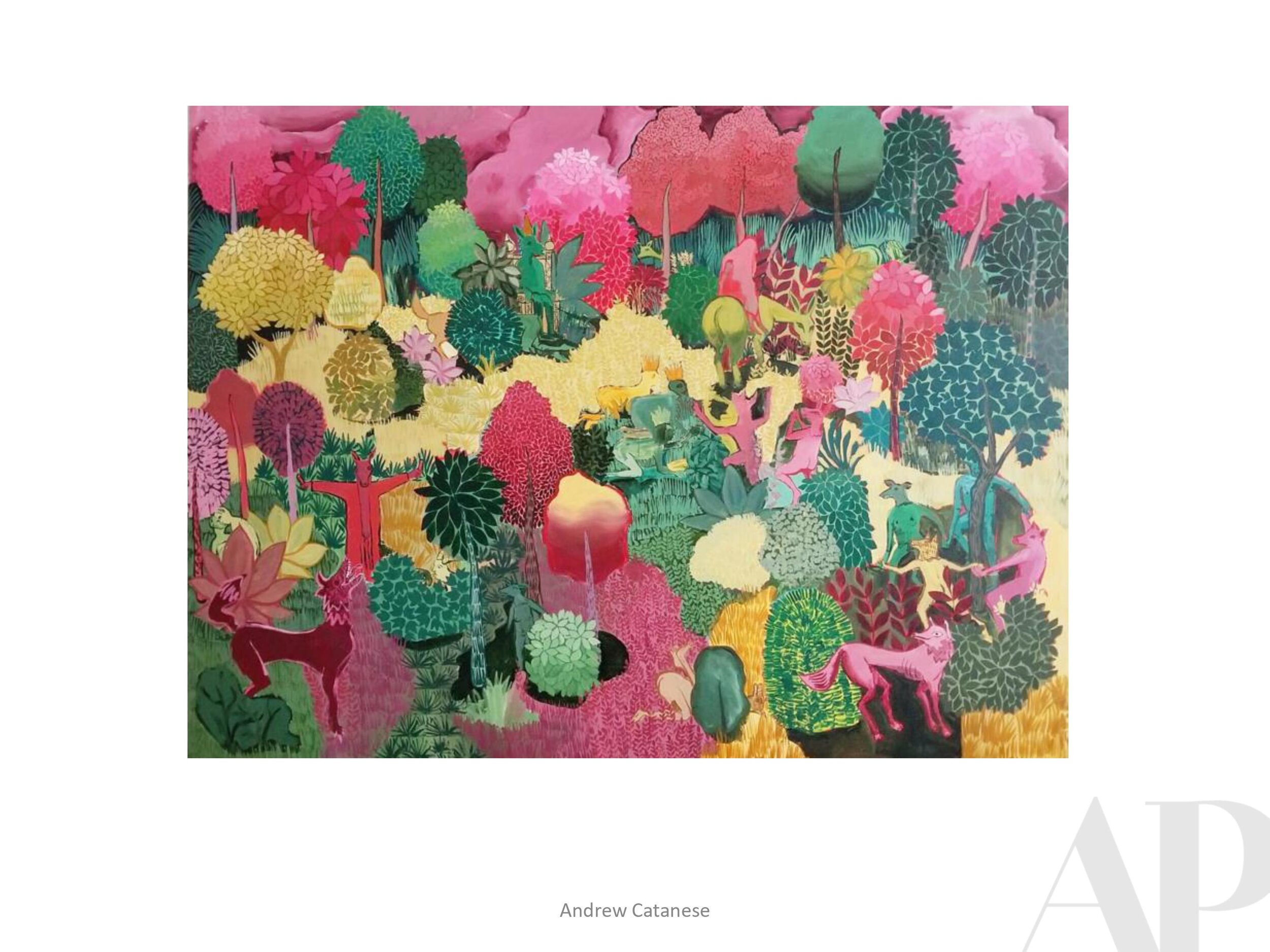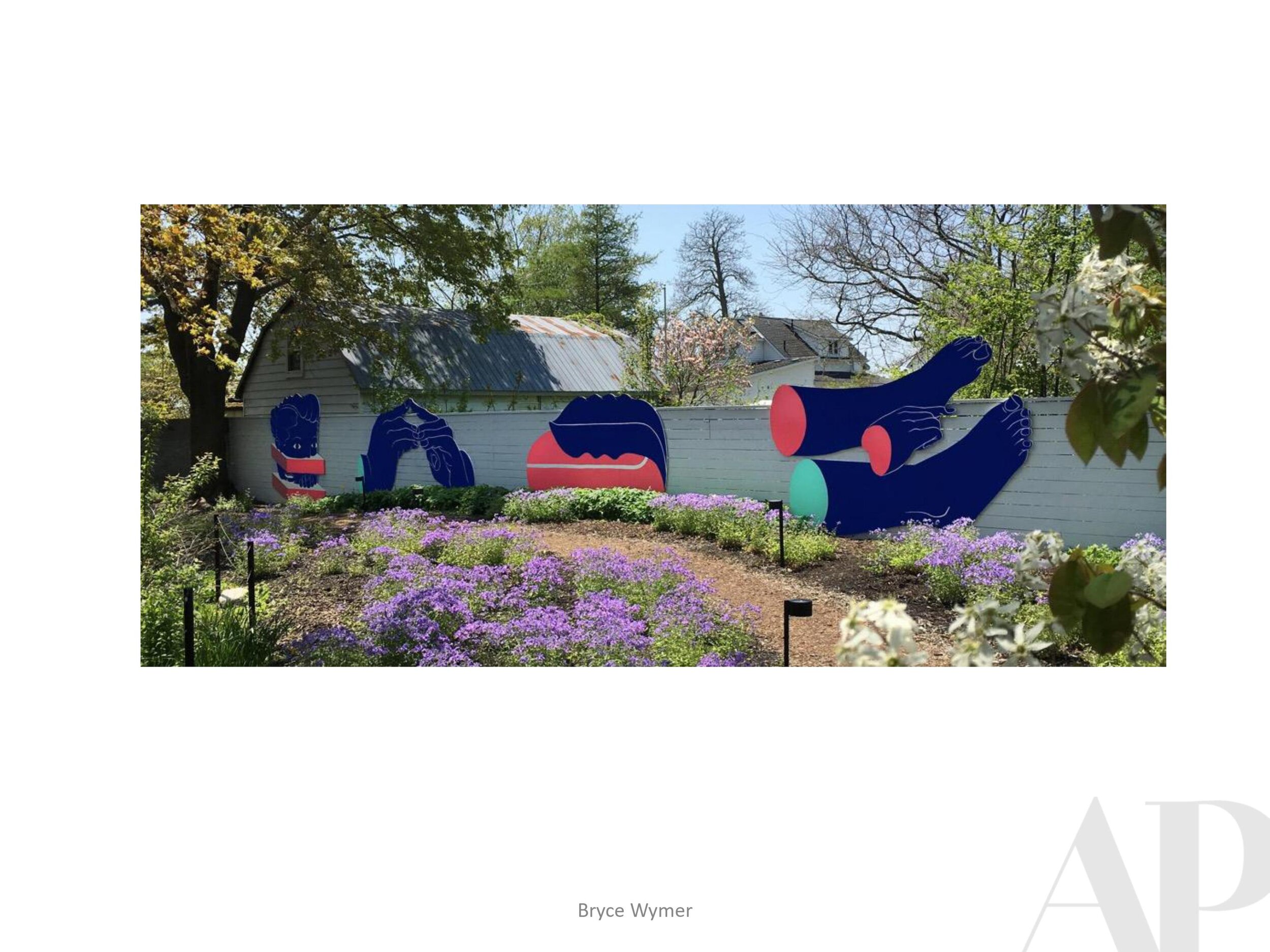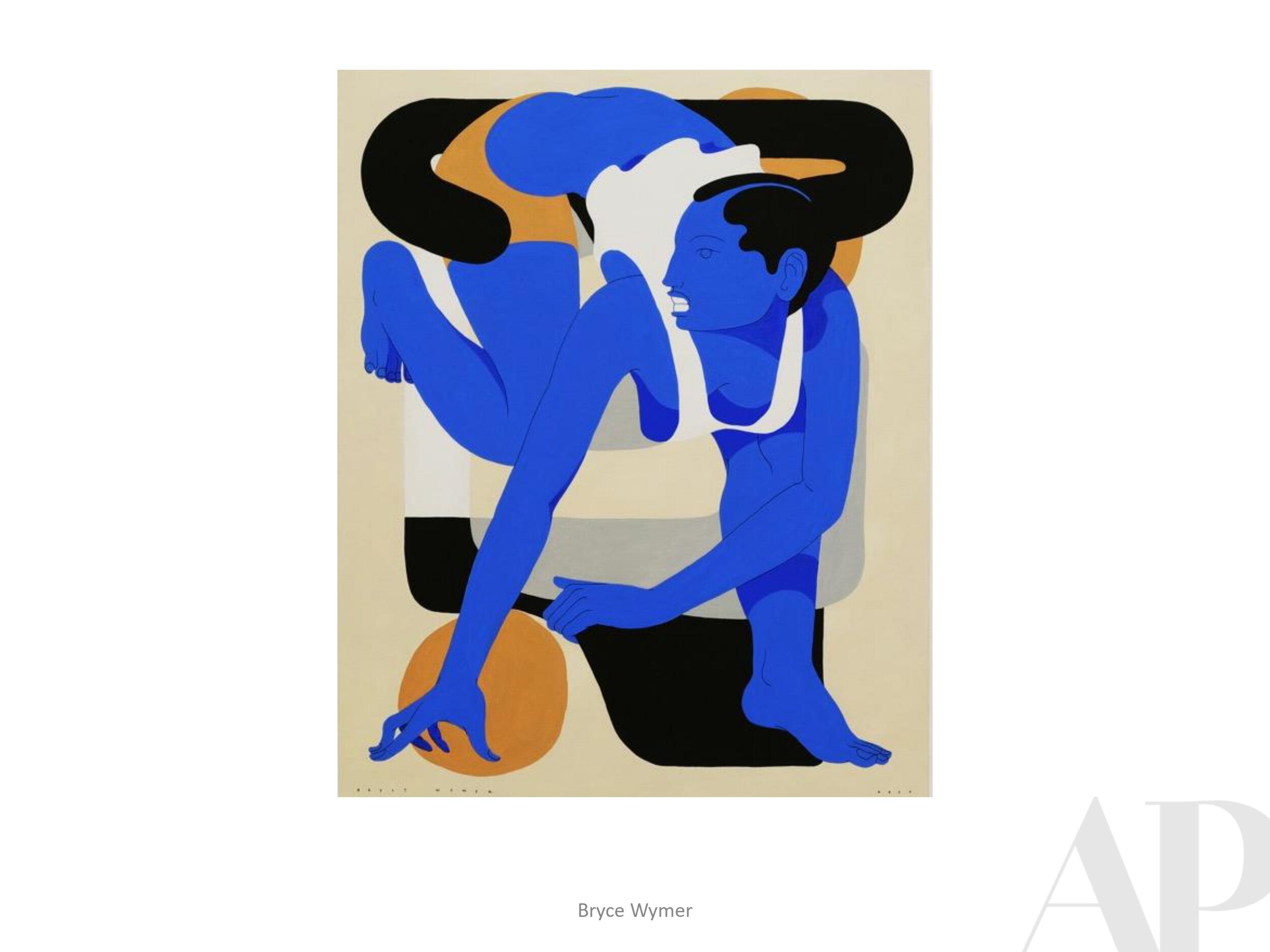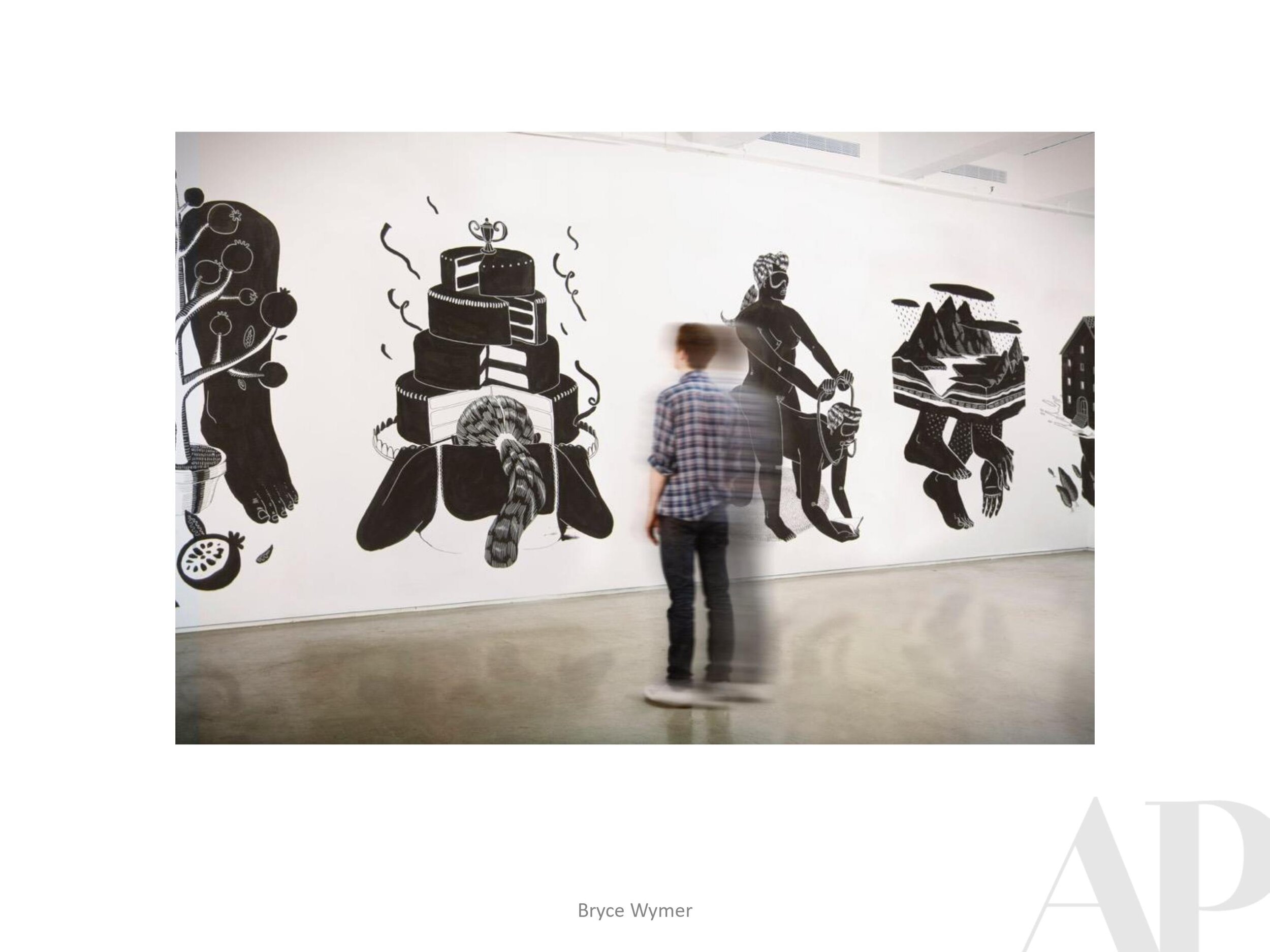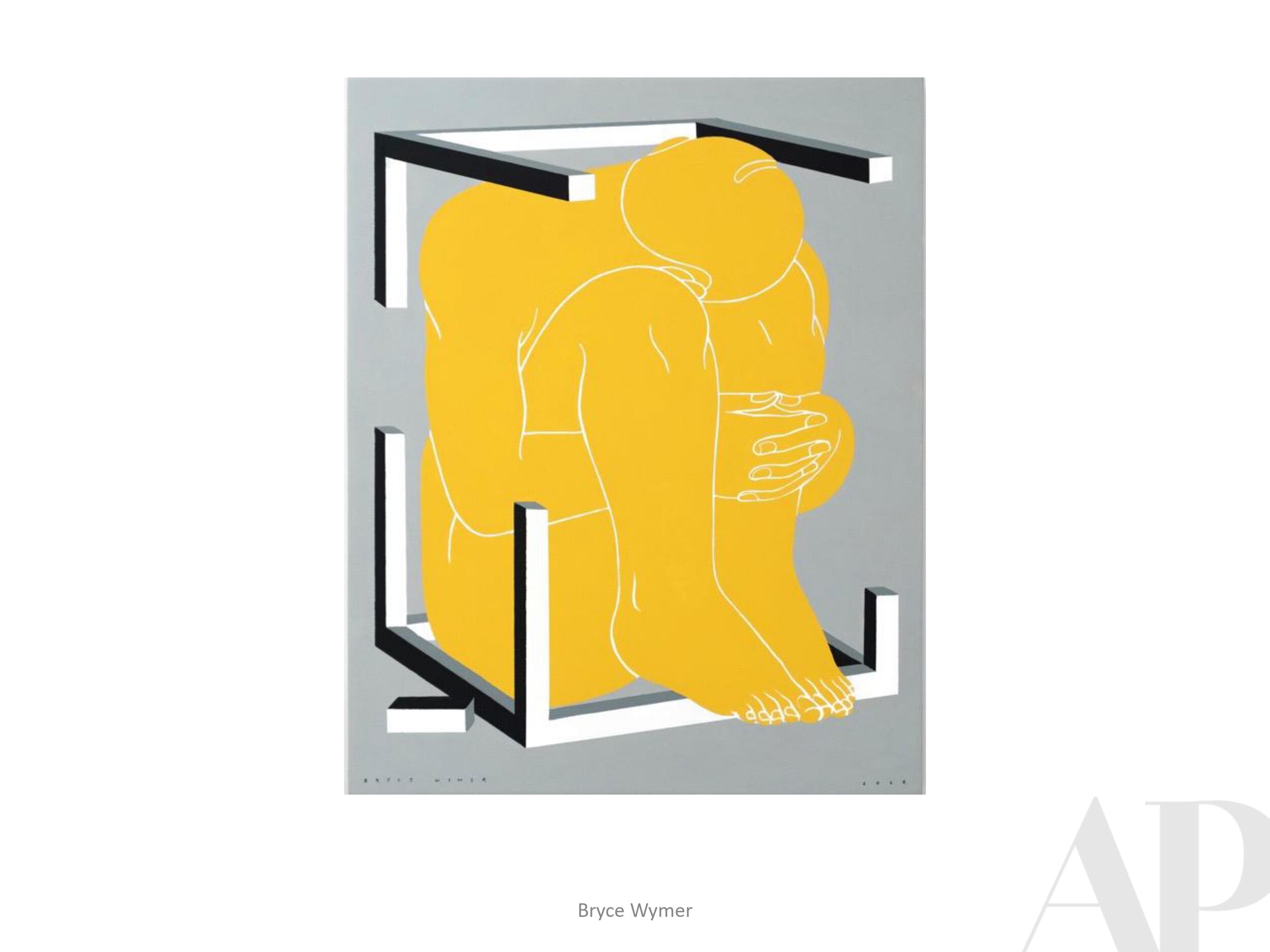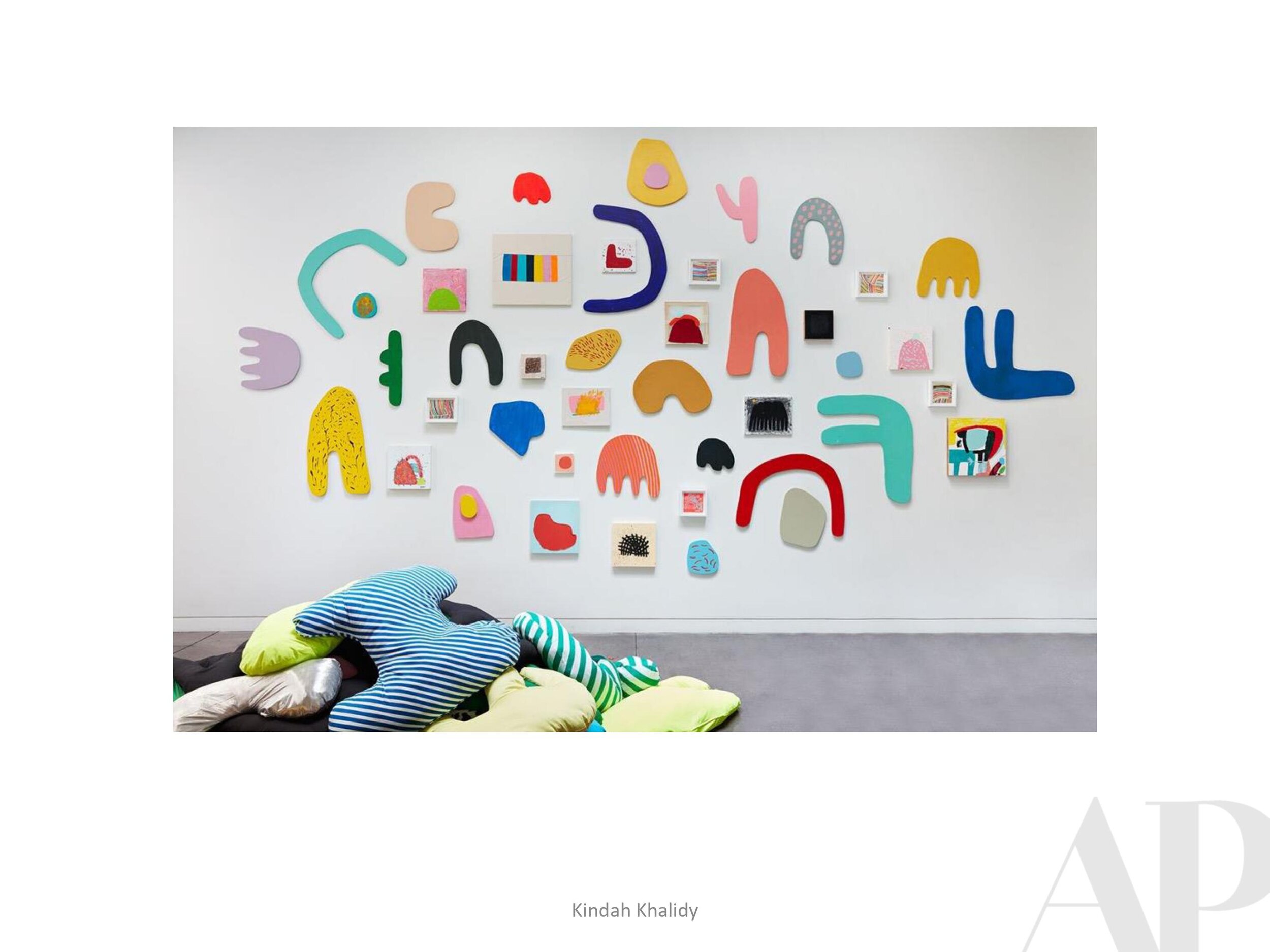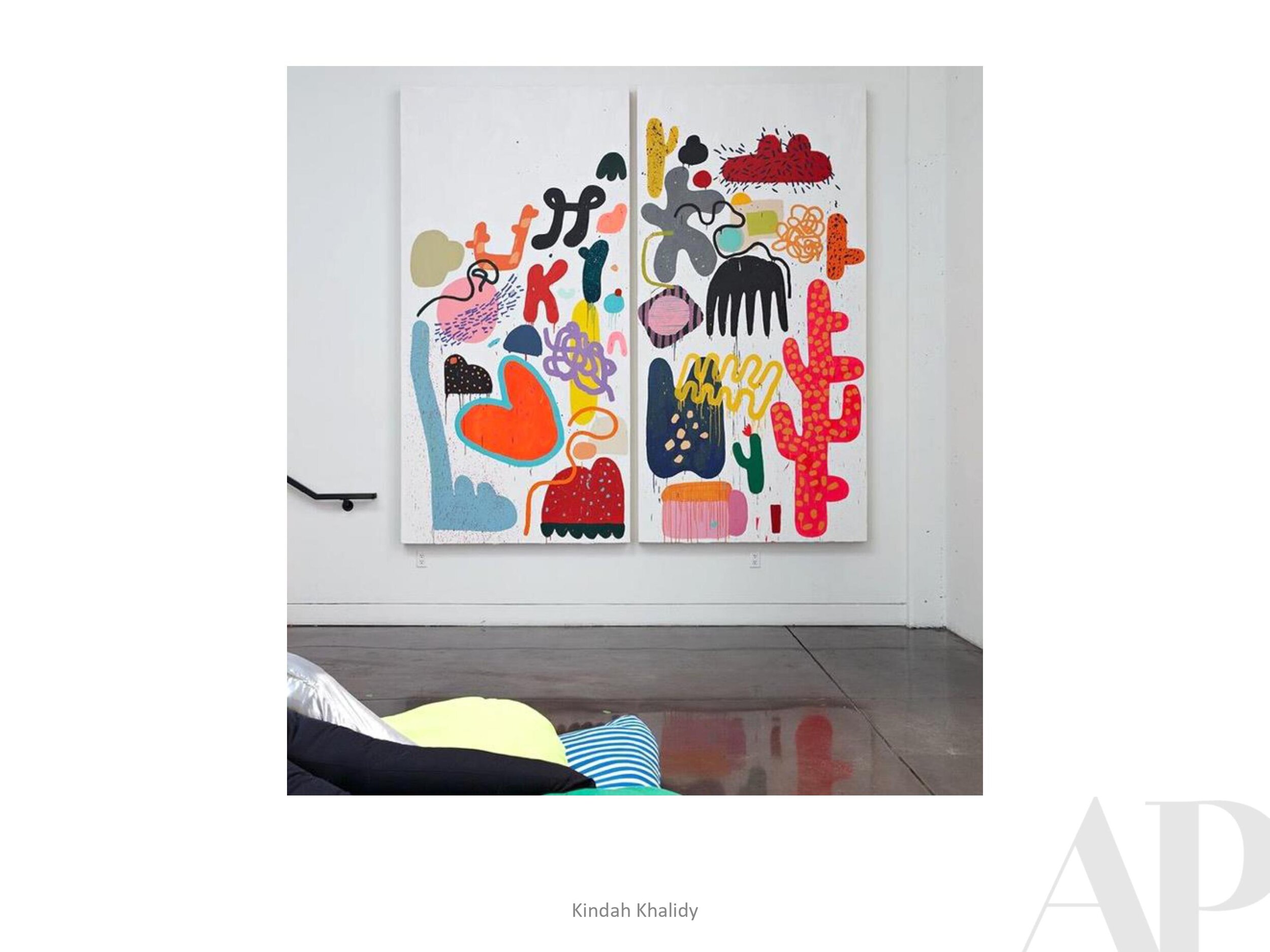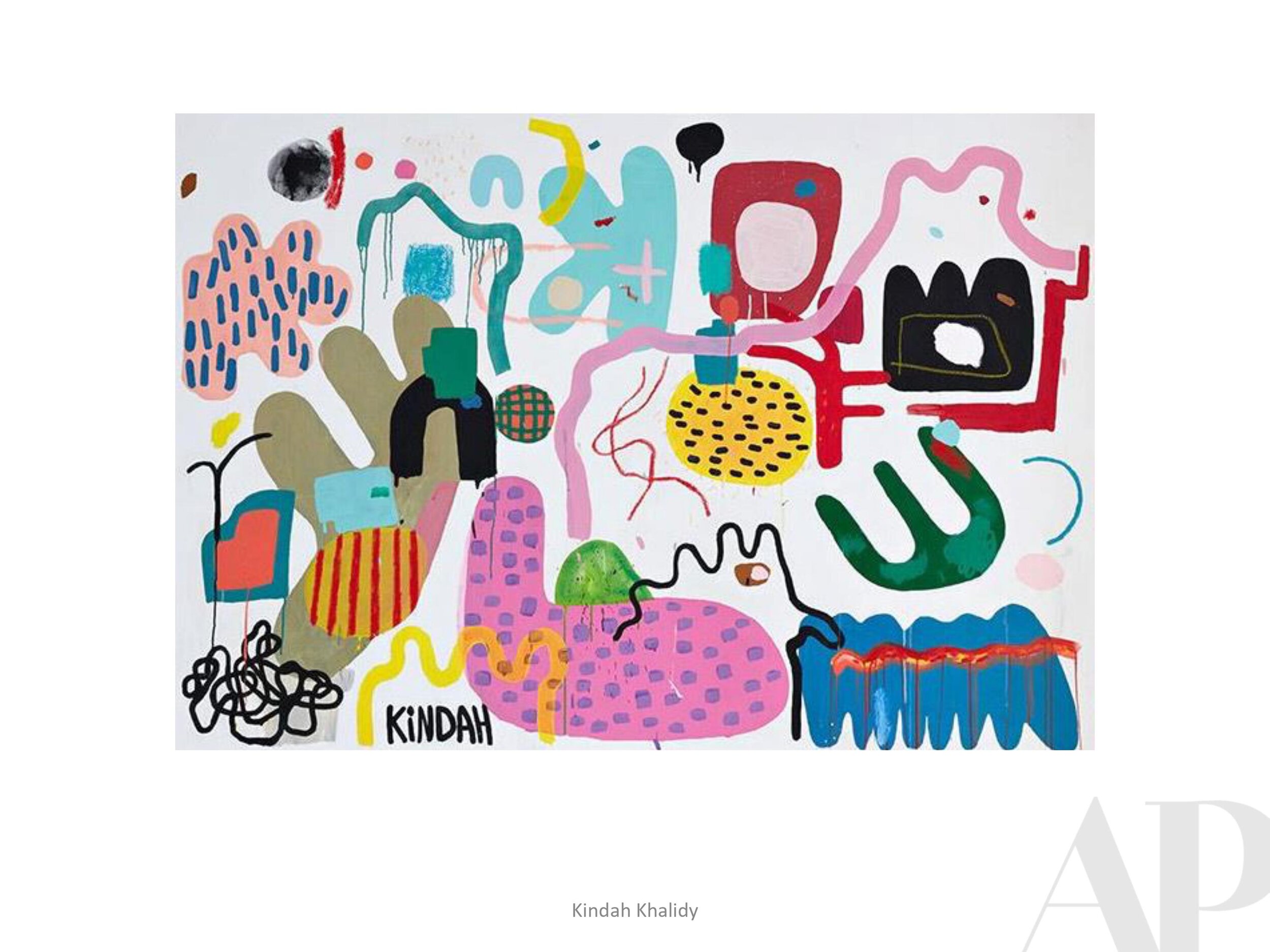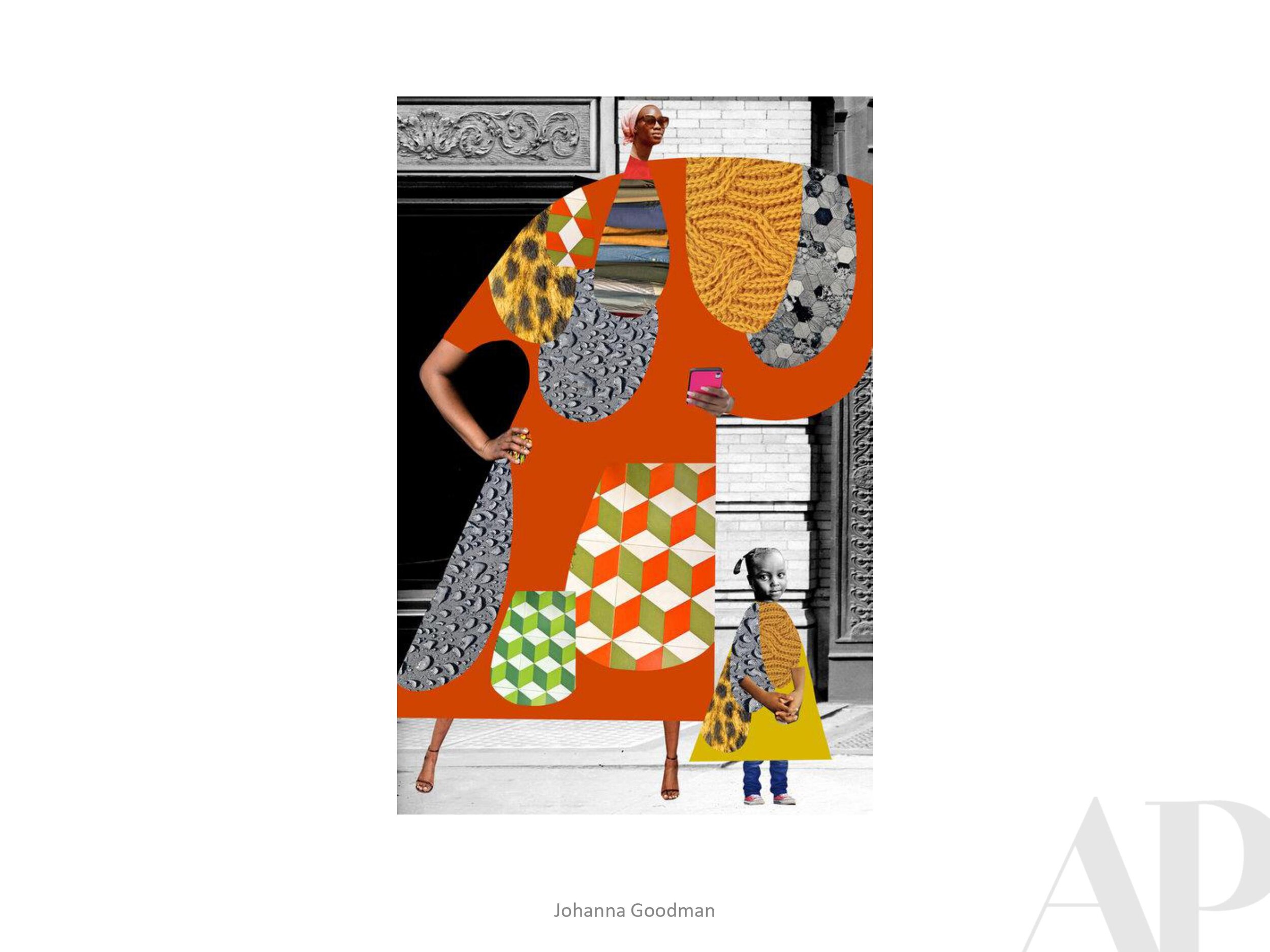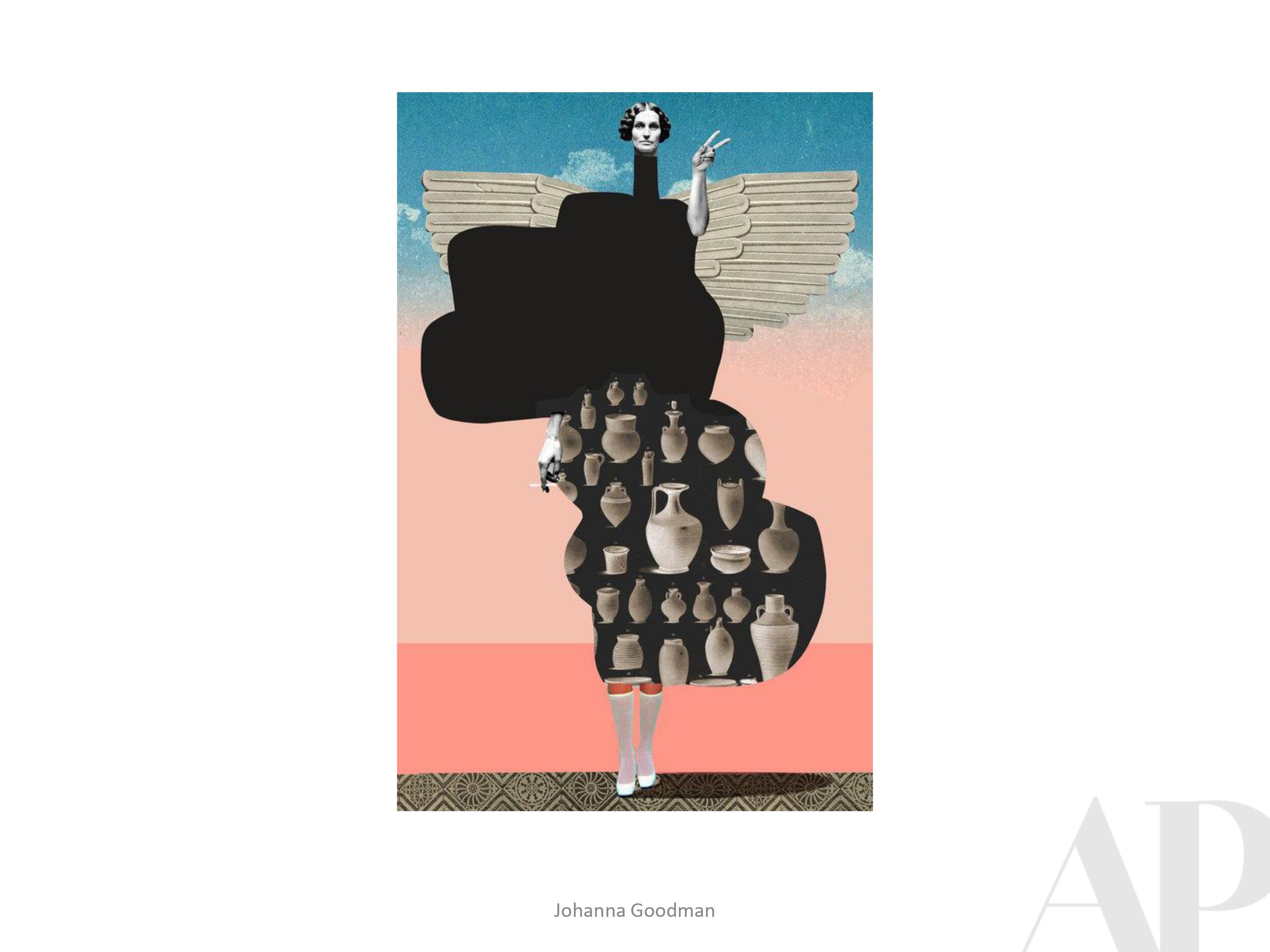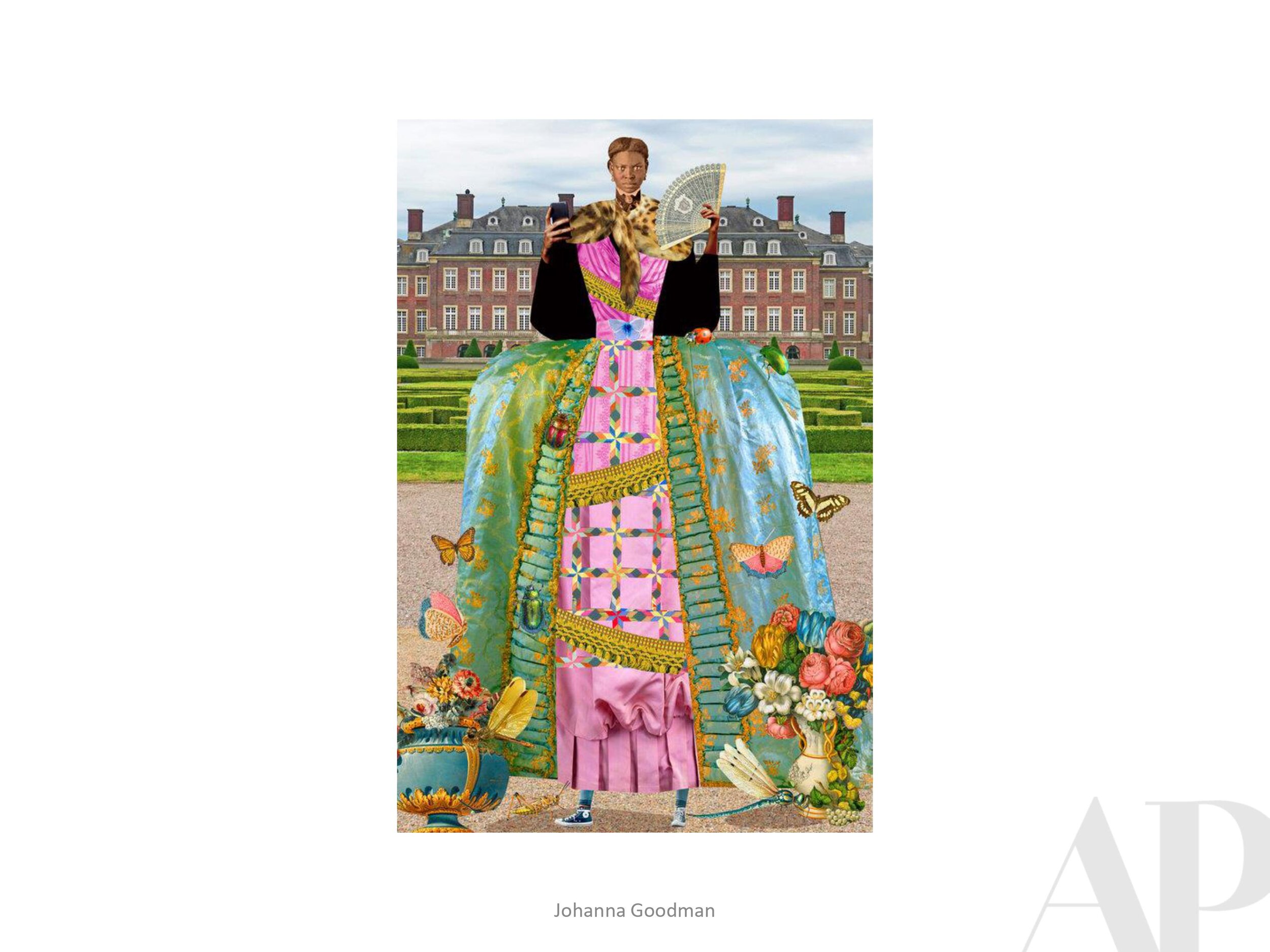The Magic of a Place: In Conversation with
Khalilah Birdsong
Some places just have undeniable energy: the excitement of New York City, the sexy vibe of Paris, and the phenomenal light of the Mediterranean all come to mind. Amy Parry Projects had a conversation recently with Atlanta artist Khalilah Birdsong, who just returned to Atlanta after living in London, and she mentioned that The Goat Farm, a place where artists have lived and created for many years in Atlanta, holds a particularly creative energy.
The Unfettered, 2018
APP: Welcome home! How long were you in London? What’s it like to be back in Atlanta?
KB: Thanks! I was in London for 3 years, and I’ve noticed my work changing since I came back to the Goat Farm, where I have painted before. I feel like this is a really creative place. There’s something bubbling here. It’s not the people, or the buildings…it’s the land itself. I started painting in Atlanta, as a catharsis when coming home from work. I’ve only been back here for 3 months, and I’m very aware of a change here. It’s in the air, it’s ethereal. In England I lived in the neighborhood where Charles Dickens lived, a stone’s throw away from historical sites associated with old, significant and powerful energies. Perhaps I even responded creatively to the energy lines (or ley lines) moving through the earth. Stonehenge is positioned at the center of fourteen different ley lines, a convergence that makes it an energy portal and an energy vortex (a location of powerful spiraling earth energy). On my multiple visits there, I felt a deep and elemental healing energy resonating from the site. The energy is palpable…it’s magnetic.
APP: So you think the place you live affects the way you paint?
KB: Yes! I used to live in Maui, one of the 7 vortices in the world, which corresponds to the heart chakra. Maui in particular, more than the rest of Hawaii, is a love energy, which is why so many people spend their honeymoons there. The paintings done in Maui were a response to my impressions of the pools, and the colors of nature I was seeing all around me. The biggest change was the color choices and the feelings associated with being out in nature. I chose much lighter colors, more pinks and pale tones. I wouldn’t have realized how much the place effects my painting if I hadn’t moved around so much. For instance, I did a residency in Loire valley for 2 weeks, and I painted really well there. And during the pandemic, I was isolating in North Georgia, and my painting was much more stark, more black and white. I think I was reacting to not being around so many people and being hemmed in by trees.
In the Harrows, 2024
APP: What about London? How did living there affect your work?
KB: One piece called In The Harrows could suggest an aerial view of the British countryside. Perhaps a longing for more time in nature whilst living in the city, and another reflects the grey sky of the city as viewed from the ground.
APP: Now that you’re back in Atlanta, what are your goals here? Who is your dream client?
KB: Definitely in an institutional space. Museums! I want the work to be available to the largest number of people. Some people have such strong reactions to my work. Some people cry when they look at it. I want as many people to see it as possible.
The Impossible Distance, 2024
